25. – 26.4.2024
Symposium: Archives of the Body - The Body in Archiving
Venue:
- Aula HFBK Hamburg, Lerchenfeld 2, 22081 Hamburg
As a form of order, the archive can be understood as the techno-medial instrument that has shaped bodies historically and continues to shape identities, modes of action, power relations and communities. The symposium Archive of the Body – Archiving the Body asks which 'archives' have enforced which body images and discourses and how the 'archive' can also give rise to a potential for political-aesthetic resistance and activism against the rule of the normal as the standardized and standardizing.
25 April, 2024 HFBK Hamburg, auditorium
2 p.m.
Hanne Loreck: Archive des Körpers – der Körper in Archivierung. Die Konzeption des Projekts und seine theoretischen Grundlagen: Einführung
Hanne Loreck ist Professorin für Kunst- und Kulturwissenschaft, Gender Studies an der Hochschule für bildende Künste Hamburg, deren Vizepräsidentin sie von 2006 bis 2019 war. Sie publiziert zu aktuellen Kunstpositionen, zur Kunst- und Mediengeschichte des 20. Jahrhunderts, zu Modephänomenen und zur Kulturtheorie mit einem Schwerpunkt auf Fragen von Subjektivität, Sichtbarkeit, Bildlichkeit und Oberflächen. Zuletzt erschien „Sissy stuff, mainly needlepoint”—Anni Albers an der Staatlichen Kunstgewerbeschule zu Hamburg / „Sissy stuff, mainly needlepoint”—Anni Albers at the Hamburg State School of Arts and Crafts (Hamburg: Materialverlag, 2022); Camouflage. Kunst und Kultur der Tarnung erscheint 2024 (Hamburg: textem).
2:30 p.m.
Bodies in Context
Samo Tomšič: Das Gemeinsame: Abstraktion oder Körperlichkeit? Aktualisierung einer historischen Perspektive (DE)
Die Frage nach dem Gemeinsamen war bekanntlich einer der zentralen kritischen Momente der modernen Ästhetik. Man begegnet ihr am deutlichsten bei Kant und Hegel, aber auch bei dem Versuch der britischen Aufklärer (z.B. Burke und Smith), Sozialität und Ökonomie zusammenzudenken. Jüngere kritische Lektüren der beiden ästhetischen Traditionen, der deutschen und der britischen, haben jedoch gezeigt, dass die darin angestoßenen Denkversuche des Gemeinsamen auf einer konstitutiven Ausschließung des Anderen beruht – als einer Verkörperung der irreduziblen Differenz. Folglich wird etwa der Kant’sche sensus communis (Gemeinsinn) zu einer entkörperten und daher indifferenten Abstraktion, die niemals materiell realisiert wird. Das gleiche gilt für jegliches Verständnis des Gemeinsamen, das unter den realpolitischen und -ökonomischen Bedingungen nur als ein „schönes“ regulatives Ideal angestrebt werden kann. Zugleich enthalten diese kritischen Genealogien der modernen politischen Philosophie (und Ästhetik), sowie auch die jüngsten philosophischen Auseinandersetzungen mit der fortschreitenden Klimakrise und der ressentimentalen Politik, ein neues politisch-ästhetisches Paradigma: eine systematische Überlegung zu etwas, was man corpus communis nennen kann – d.h. die Idee einer geteilten, gemeinsamen Körperlichkeit, die ein neues, kritisches und materialistisches Denken des Gemeinsamen zu begründen sucht. Der Beitrag wird versuchen, dieses Paradigma des Gemeinsamen systematisch zu umreißen, und zwar sowohl in Bezug auf die aktuellen Diskussionen in der postkolonialen Theorie (Chakrabarty) und den Gender Studies (Butler), als auch rückblickend auf die Kritik der politischen Ökonomie (Marx) und die Psychoanalyse (Freud).
Samo Tomšič bis April 2024 Vertretungsprofessor für Philosophie an der Hochschule für bildende Künste Hamburg und wissenschaftlicher Mitarbeiter am Exzellenzcluster Matters of Activity. Image, Space, Material an der Humboldt-Universität zu Berlin. Seine Forschungsbereiche umfassen europäische Philosophie, politische Philosophie, Ästhetik und Theorie der Psychoanalyse. Ausgewählte Veröffentlichungen: The Labour of Enjoyment. Towards a Critique of Libidinal Economy (Berlin: August Verlag, 2019); The Capitalist Unconscious: Marx and Lacan (London: Verso, 2015).
Katrin Mayer: convulsa or The Need for Each Other’s Relay II, 2024 (Video Essay, 17:35 min.) (DE/EN)
Katrin Mayers visueller Essay beginnt mit ihrem aktuellen Forschungsprojekt und der daraus resultierenden Publikationsplattform c0da, die sich mit feministischen Modi des Codens und Schreibens beschäftigt (www.c0da.org). Einerseits bezieht sich c0da auf das Programmieren, das früher eine weibliche Praxis war, und die jeweiligen Protagonistinnen, ihre Fähigkeiten und Geschichten, die in der offiziellen Geschichtsschreibung nicht auftauchen. Parallel dazu befasst sich c0da mit Schreibweisen, die als Reaktion auf hegemoniale Männlichkeit entstanden sind. Als ein wiederkehrendes Motiv schlug Katrin Mayer die Figur der Null vor. Sie gehört zum Computercode, aber auch zum „zerologischen Subjekt“, einem Konzept von Julia Kristeva, das später von Eva Meyer weiterbelebt wurde. Hier werden Identität, Selbst und Schrift als Bewegungen und Praktiken gesehen, die sich einer binären Logik entziehen und sich nicht dem Zeichen unterordnen. Die Null hat darüber hinaus die plastische Fähigkeit, sich in den Buchstaben O, einen Kreis, ein Loch, eine Schale, einen Punkt, die westarabische 5: ٥, das türkische Pronomen „O“, eine Ellipse, ein Möbiusband und in Anna Cairns' Genderzeichen in ihrer Schrift für c0da zu verwandeln. Außerdem wird der visuelle Essay über gemeinsame Potenziale nachdenken, die der Idee des Webs innewohnen und die auch in der Politik des feministischen Schreibens eine Rolle spielen, wie z.B.: polyphone Stimmen, intertextuelle Aneignungen, ein Interesse an automatischem Schreiben, gemeinsames Forschen anstelle von Genialität, Übersetzungsprozesse, eine Affinität zu Subjekten, die nicht Eins sind, Sozialität, Web- und Netzwerkfähigkeiten, Glitches, eine topologische Vorstellung von Denken und Raum, etc.
Katrin Mayer ist Künstlerin und lebt in Berlin und Düsseldorf. Für ihre ortsbezogenen Werke forscht sie zu lokaler Geschichte. Dazu werden häufig genderpolitische Narrative aufgerufen und in Form von räumlich-materiellen Installationen so formuliert, dass sie gegen die Fiktion eines ‚neutralen' Raumes ohne irgendeine Verflechtung mit sozialen, gesellschaftlichen, ideologischen und zeitbedingten ästhetischen Konnotationen arbeiten. Ausgewählte Pfade ihrer Recherche werden derart neu montiert, dass sich spezifische Lesarten dieser Orte eröffnen und eine alternative Geschichte sichtbar wird.
2020/2021 hatte sie ein Stipendium des Berliner Förderprogramms Künstlerische Forschung und begann zur Herstory von Internet und Coding zu recherchieren. Mit Anna Cairns entwickelte sie die fortlaufende Publishing-Platform www.c0da.org.
Ausstellungen (Auswahl): Badischer Kunstverein Karlsruhe (2024), Kunsthalle Osnabrück (2021), Kunstsammlung NRW, K21 Düsseldorf (2020), Leipziger Kunstverein (2020), Warschau Biennale (2019), Kunstverein Hamburg (2017), Kunsthalle Lingen (2016), European Kunsthalle @ chambre d´amis Wien (2015), Ludlow38 MINI/Goethe-Institut New York (2014), Kunsthalle Bielefeld (2014), Kunstmuseum Stuttgart (2013).
Moderation: Lisa Dohmstreich, Künstlerin, Master-Studentin im Studienschwerpunkt Theorie & Geschichte, HFBK Hamburg
Lisa Dohmstreich is an artist from Cologne who currently lives and works in Hamburg. This summer she is completing her MA studies at the HFBK Hamburg, specializing in theory and history. She is studying there with Hanne Loreck and Jutta Koether. In her work, she moves between painting, installation and text. Her artistic and theoretical practice is characterized by an engagement with the fragility of concept and material. She has given several readings snd talks, including at the Kunstverein Hamburg and the Cologne Prize for Young Literature.
4 p.m.
Data Bodies
Vanessa Gravenor: Feeling Nervous in the Archive (EN)
The link between archive and fever, illness, and nervous drives is underwritten in Jacques Derrida’s now often cited text Archive Fever: A Freudian Impression (Steedman). Yet, while the connection between psychic drives, futurity, and the early days of the computer all make an appearance in this text written in the mid 90s, the often-obfuscated imperial origins of data archives and the military are less apparent. Yet, the links between the war archive, the early days of the computer and cold war neuroses, early 20th century police forensic methods present in colonial projects (McCoy) and bourgeois culture (Sekula) all have shaped and modeled a body, by forming the outline of an ideal citizen (Ring). While the data sciences would like to throw off the human body altogether with its language games and fleshy eyes (Paglen), we must attune our ears to the hums of these from computers past.
Vanessa Gravenor is an Artistic Research Associate at the University of Fine Arts Hamburg where she is also a doctoral candidate. As an artist, she works primarily in video and film on the topics of entangled traumas, archives of war, and psychic narratives. She has held scholarships from the DAAD as a graduate student (2015–16); a Research and Create grant from Canada Council for the Arts (2020); NEUSTART Kultur (2022). Recently published articles: “Serious Dreaming: Virtual Violence and Its Dreamed Double” Third Text, Vol. 34, Issue 6 (2020) no. 167; “Against the Double Negative,” Rosa Mercedes, (2023) no. 5.
Ute Kalender: Feministische Digitalmanifeste als Mikroarchive kommender Körper? Zum Agilismus des Körpers in feministischen Digitalmanifesten (DE)
Der Beitrag Mikroarchive des Körpers anhand dreier feministischer Digitalmanifeste – anhand des Xenofeministischen Manifestes des Künstler:innen-Kollektives Laboria Cuboniks, des Glitchfeministischen Manifestes der Kuratorin Legcay Russel sowie des manifestartigen Buches Testo Junkie von Paul B. Preciado. Dazu skizziert der Beitrag die für alle Manifeste zentrale Idee des Body Hackings, ihre jeweiligen begrifflichen Aktualisierungen und die Kritik daran. Abschließend komplexisiert der Beitrag die Beziehung zwischen dem gehackten Körper und Technologien anhand des weniger bekannten Crip Technoscience Manifest der Designtheoretiker:innen Aimi Hamraie und Kelly Fritsch. Das im Kontext globaler Krüppelbewegungen und Crip Studies situierte Manifest bietet, so die These, ein vielschichtigeres, weniger problematisches Modell der körperlichen Technologiebeziehung in einer digital-sozialen Welt.
Ute Kalender ist 2023/24 Gastprofessorin an der Hochschule für bildende Künste Hamburg. Zuvor vertrat sie die Professur Medien, Algorithmen und Gesellschaft in den Medienwissenschaften der Universität Paderborn, war Research Fellow an der London School of Economics und Postdoktorandin in den Kultur- und Genderwissenschaften der Humboldt-Universität zu Berlin. Zu ihren aktuellen Publikationen gehören „Protokoll 21“ (mit Mary Shnayien & Tobias Matzner), in: Anna Tuschling, Andreas Sudmann, Bernhard J. Dotzler (Hg.), ChatGPT und andere ‚Quatschmaschinen‘ (Bielefeld, 2023); "We’re all cyborgs now? Cripping the smart cyborg”, in: Queer Reflections on AI. Uncertain Intelligences (Routledge, 2023).
Annika Haas: An Alphabet of Data Body-Feelings (EN)
Data bodies are “discrete parts of our whole selves that are collected, stored in databases,“ according to the collective Our Data Bodies. Yet, our data bodies do not belong to us. In the age of “surveillance capitalism” (Shoshana Zuboff) the tracking, analysis, sale, and archiving of user data happens widely unnoticed. Inspired by the film The Alphabet of Feeling Bad (Ann Cvetkovich and Karin Michalski, 2012) as well as Joana Moll’s artistic work and investigations I revisit negative feelings related to the opaque infrastructures underlying the uncanny excess and growth of data bodies and look into our non-sovereign relation to the accumulation of user data for advertising purposes and other third-party interests. Is ’data body’ a useful metaphor to explore and analyse these feelings, their underlying (body) politics as well as the archival and material infrastructures they are connected to?
Annika Haas is a media theorist and critic based in Berlin and a Postdoctoral Fellow in the Research Training Group Aesthetic Practice at the University of Hildesheim. Previously, she was a Research Associate at the Berlin University of the Arts (2017–2023). In 2022, she completed her PhD with a thesis on Hélène Cixous’s philosophy and writing through the body: Avant-Theorie. Hélène Cixous’ écriture du corps. Her research interests include French philosophy, theory as an aesthetic practice, and, more recently, aesthetics beyond repair in response to the damages caused by digital capitalism and its infrastructures.
Moderation: Rea Alp, Kunstwissenschaftlerin und Kunsthistorikerin, Promovendin an der HFBK Hamburg
Rea Alp is an art historian and works in the field of science communication in Hamburg. She studied art history and Romance studies in Hamburg, Ferrara and Berlin and completed her master's degree in art history at the Free University of Berlin. Her research interests focus on the interdisciplinary analysis of art historical classifications and their positioning in the respective cultural-historical context. As part of her Master's thesis, Rea examined the discourse surrounding the Turkish artist group Generation 1914on the basis of stylistic aspects, cultural-historical specifics and geopolitical interests. She is currently a doctoral student of Astrid Mania at the HFBK and is researching the art-historical classification of the social media-based work Excellences & Perfections by Amalia Ulman. Rea is also responsible for the areas of knowledge transfer and communication in the BWFGB funding program "Calls for Transfer" and is a member of the advisory board of the Research Office for Social Innovations at the University of Hamburg.
6:30 p.m.
Launch of the digital publication
Editors: Hanne Loreck, Vanessa Gravenor
Design & Development: Karen Czock, Sophia Krasomil, Maja Redlin, Liudmila Savelyeva, (Klasse Digitale Grafik bei Konrad Renner, HFBK Hamburg)
7 p.m.
Archives of the Body: Imagining a Different Corpus
AtelierHaus, ICAT, Galerie 2, Lerchenfeld 2a, 22081 Hamburg
26 April 2024 HFBK Hamburg, auditorium
10 a.m.
Psychic Narratives––Social Psychopathologies
Takeo Marquardt: Bodies, Bound and Unbound: Some Notes on War and Psychic Fragmentation in Wilfred R. Bion’s Papers on Psychosis (EN)
This talk seeks to engage with British psychoanalyst Wilfred R. Bion’s work via his experiences as an officer in the First World War, linking his traumatic war experiences of the extreme vulnerability of the human body to his pioneering work in understanding psychosis and the psychotic parts of the mind. It aims to draw out how Bion’s autobiographical descriptions of chaos and fragmentation on the battlefield resonate with his clinical explorations into the mind’s potential to fragment or dis-integrate under internal and external pressure. Bion’s writing on psychosis and his autobiography share a highly dynamic aesthetic which captures a constant movement between relative form and formlessness. As he sought to reduce psychoanalytic theories to their most fundamental and abstract elements, Bion transformed Freud’s concept of the Oedipus complex in his own model, whereby psychic experience is bearable only if there is a capacity to tolerate internal objects becoming “linked.” This essay aims to show how Bion’s theory of intrapsychic “attacks on linking” may also provide a framework to understand the fragility of psychosomatic self-perception.
Takeo Marquardt is a Child and Adolescent Psychoanalytic Psychotherapist for children and adolescents in doctoral training at the Tavistock Centre in London, working in a busy clinic in the public sector. He previously studied Fine Arts and Art Theory at the Academy of Fine Arts, Vienna, and the University of Fine Arts Hamburg, where he graduated with an essay on the aesthetics of anxiety in the work of British-Austrian psychoanalyst Melanie Klein. He also holds an MA in Psychoanalytic Studies from the Tavistock Centre, having submitted a thesis on fascist states of mind and the psychosomatic. Takeo has worked with artists such as Alison Yip and Anna Fehr on projects exploring the intersection of psychology and art and has lectured at conferences such as Hazy Borders of the Heart at the Hochschule für Grafik und Buchkunst Leipzig.
Kader Attia: La Maladie / Illness (Film, 16:58 min.) (FR/EN)
Aus der Serie: Reason’s Oxymorons (18 Filme, Länge variabel, 2015)
“With Reason's Oxymorons (2015), Kader Attia created an expansive video library containing interviews with philosophers, ethnologists, historians, psychiatrists, psychoanalysts, musicologists, patients, healers, fetishists, and griots. Its volumes are edited following different themes like ‘Illness,’ ‘Totem and Fetish,’ ‘Exile’ or ‘Trance.’ Each individually and also as a whole they make up an essay on the psychiatric pathology as it is perceived in traditional Non-Western cultures, on the one hand, and in modern Western societies, on the other. In its mix of rational explanations and irrational representations of what the West calls psychiatry, the work is particularly concerned with the question of the unrepairable, inherent in the idea of ‘repair,’ and it calls into question the ambivalence of the psyche of modern Western societies towards traditional Non-Western societies.” Adapted extract of the Press Release Kader Attia, Reason's Oxymorons by Galerie Nagel Draxler, Berlin 2015; https://nagel-draxler.de/exhibition/reasons-oxymoron/ [zuletzt 04.03.2024].
Politics of Intimacy and the Intimacy of Politics (EN)
Künstlerische Forschergruppe unter der Leitung von Adina Pintilie (Professorin für Film, HFBK Hamburg) mit den internationalen Studierenden Bo Friedrich, Catalina González González, Liao Kai Ro, Morgana de Mello, Merle Morzé, Kristina Savutsina
Intimacy and corporeality are essential aspects of our lives, subjectivities, and communities. And yet, they are topics we often find difficult to address, hindered by taboos, judgments, and other inner and outer blockages. Today, once again, the body has become a ‘battlefield’ for ideologies, a pretext for various forms of cultural and political anxieties. The growing power of far-right movements all over the world and of other forms of social aggression calls into question the very autonomy of the body. These movements attack our origins, skin colors, beliefs, gender, and sexual identities. Accelerated by the pandemic and current wars, with their tragedies and increasing social divisions, this conservative tide is further and further trespassing the boundaries of our bodily integrity, making it more important than ever to reposition the body as a vehicle for personal freedom and self-empowerment, emancipation, and the celebration of difference in solidarity. On the fluid boundary between lived experience and cinematic imagination, between the personal and the political, the present-day conundrums and trans-generational legacies, the group’s work aims to support the upcoming filmmakers in articulating a (filmic) language for their experiences and themes, in developing their artistic voice, personal methodologies and forms of collaboration. A maieutic, process-oriented approach, where cinema becomes a tool for research, for ‘un-learning’ and ‘re-learning,’ for self-discovery and meaning-making, for transformation and growth.
NOTE: The research group will present a series of mixed media installation works within the exhibition “Archives of the Body: Imagining a Different Corpus” (26 April – 10 May 2024, ICAT, Lerchenfeld 2a). Their contribution will be accompanied by the screening program 'Politics of Intimacy and the Intimacy of Politics', where the research group will present a selection of footage from their ongoing work process, followed by conversations with the artists. The screening will take place on Saturday, 27.4.2024, from 11 a.m. to 8 p.m, at Extended Library, 2nd floor, HFBK Hamburg, Lerchenfeld 2.
Adina Pintilie is a filmmaker, artist and curator, and currently Professor for Film at the University of Fine Arts Hamburg, with a focus on the Cinema of the Real. On the fluid border between reality, fiction, and visual art, Pintilie's works emerge from decade-spanning, innovative artistic research processes, centered around intimacy, contemporary body politics, and participative practices of in-depth community impact. Her feature film
Touch Me Not won the Golden Bear at the 2018 Berlinale and was nominated for the European Film Academy Awards. Pintilie’s visual art project You Are Another Me––A Cathedral of the Body was selected for the 2022 Venice Art Biennial and invited for its first institutional presentation in Germany at the Stuttgart Kunstverein between Oct 2023 and Jan 2024. Her film Don’t Get Me Wrong premiered in Locarno 2007 competition and won the Golden Dove for Best Non-fiction Film at Dok Leipzig 2007. She is a member of the European Film Academy.
- http://manekinofilm.com/portfolio/
- www.cathedralofthebody.com
- Eine Kathedrale des Körpers - WKV Kunstverein Stuttgart
Moderation: Vanessa Gravenor
Break
1:45 p.m.
Medical Narratives––Vulnerable Bodies
Vera Tollmann: Scanning and Seeing Through: Körper, Codes und medizinische Bilder in den künstlerischen Arbeiten von Mariechen Danz und James Richards (DE)
Seit der Moderne verändern medizinische Bildgebungsverfahren die Wahrnehmung, Darstellung und Erfahrung des menschlichen Körpers. Wie wird der menschliche Körper in der Kunst konstruiert, und welche Körper treten dadurch in Erscheinung? Die Künstlerin Mariechen Danz macht es in der Werkreihe Modular Glyphic System seit 2011 deutlich sichtbar und spürbar: Menschliche Körper sind Teil von (Wissens-)Ordnungen, Infrastrukturen und eingeübten Repräsentationen. Schwellen zwischen Technologie und Körper scheinen aufgehoben; die physische Berührung von Körpern stellt keine Voraussetzung für Forschung und Diagnostik dar. Ausgehend von Danz’ skulpturalen Installationen und James Richards’ Video Qualities of Life (2022) interessiert mich das Spannungsverhältnis zwischen medizinischen Bildgebungsverfahren, Wissen und subjektiver Wahrnehmung, menschlichen Körperteilen und medizinischen Apparaten, das beide in ihren Arbeiten artikulieren: Resultieren die Untersuchungen in der Erhebung neuer (Bild-)Daten oder in der künstlerischen (Selbst-)Beobachtung? Wie lassen sich die fragmentierten Körper der Medizin wieder zusammensetzen? Sind die Körper wirklich so transparent wie sie auf den (Kontroll-)Bildschirmen erscheinen? Neben den künstlerischen Arbeiten sollen gegenwärtige technische Hilfsmittel der Diagnostik (z.B. Google DeepMind oder Piction Health), die im Gesundheitssektor ihre automatischen Bilderkennungsdienste (Deep CNNs), also technisches Sehen (Datensehen) anbieten, unter Aspekten wie Trainingsdatensätzen und Mustererkennung diskutiert sowie das daraus resultierende Verhältnis zwischen Ärzt:innen, Patient:innen und Diagnosen problematisiert werden.
Vera Tollmann hat eine Postdoc-Position am Center for Digital Cultures (CDC) der Leuphana Universität Lüneburg inne, wo sie zuletzt Gastwissenschaftlerin und Dozentin am Institut für Kultur und Ästhetik digitaler Medien (ICAM) war. Eine überarbeitete Fassung ihrer Dissertation Sicht von oben. ‘Powers of Ten’ und Bildpolitiken der Vertikalität erschien im Frühjahr 2023 bei Spector Books. Im April 2023 nahm sie am Workshop Remote Sensing––Exploring Practices between the Arts, Sciences, and Humanities an der Universität Cambridge teil. Sie hat zuletzt Beiträge in ChatGPT und andere „Quatschmaschinen“ (Bielefeld, 2023), cargo – Zeitschrift für Film, Medien und Kultur (Nr. 59, September 2023), Video Conferencing. Infrastructures, Practices, Aesthetics (Bielefeld, 2023) und ein Interview (Institute of Network Cultures, 2023) veröffentlicht. Zu ihren Forschungsinteressen gehören Politiken der Sichtbarkeit, feministische Technologiekritik, Praktiken der Fernerkundung und KI in digitalen Kulturen.
Zofia nierodzińska: Krankheit als Ereignis. Krebs und Transformation (DE)
In dem Essay „Krankheit als Ereignis. Krebs und Transformation“ wird die Relationalität der Krankheitserfahrung hervorgehoben; vom aktivistischen Engagement der Amazonen (Menschen mit Brustkrebs) in Polen bis hin zur sehr persönlichen Beziehung zur Krankheit, wie sie in den Pathografien und Fotografien zum Ausdruck kommt. Denn Krankheit findet nie in einem Vakuum statt. Sie ist ein Ereignis, das sich in der sozio-materiellen Sphäre abspielt. Krankheit ist Teil und Folge des Lebens. Sie ist ein Begleiter. Krankheiten und Pandemien sind sowohl Symptome des Lebens auf einem zerstörten Planeten als auch Dialogpartner für Überlegungen, was anders gemacht werden kann und sollte, um die ungleich verteilte Erfahrung von Krankheit, die oft durch Geburtsort und sozioökonomischer Status bestimmt wird, zu politisieren. Die Darstellung von Krankheit, einschließlich Brustkrebs, in der Kultur ist immer fragmentiert. Die situierte Perspektive ist unweigerlich durch einen Mangel gekennzeichnet. Dies kann in einen Vorteil verwandelt werden, indem man bewusst eine Position wählt, von der aus man spricht, oder indem man strategisch schweigt, um den dominanten Erzählungen, die auf dem Erfolg des Überlebens basieren, zu widerstehen.
Zofia nierodzińska: Autorin, Kuratorin, bildende Künstlerin; stellvertretende Direktorin der Städtischen Galerie Arsenal in Poznań in den Jahren 2017–22. Sie beschäftigt sich mit der Kunst des postsozialistischen Raums, mit der Zugänglichkeit von Kultur und mit Verletzlichkeit als Grundlage für den Aufbau translokaler Solidaritätsnetzwerke. Sie ist Herausgeberin der Publikationen Politiken der (Un-)Zugänglichkeit (2023) und, gemeinsam mit Jacek Zwierzynski, Creative Sick States: AIDS, CANCER, HIV (2021) sowie Acting Together (2022). Sie ist Kuratorin und Co-Kuratorin von Ausstellungen wie Politics of (In)Accessibilties. Citizens with Disabilities and Their Allies (2022), Creative Sick States: AIDS, CANCER, HIV (2020) oder The Romantic Adventures of Beth Stephens, Annie Sprinkle and Breast Cancer (2018) in der Städtischen Galerie Arsenal in Poznań.
Mehr auf ihrer Website.
Ulrike Gerhardt: Wildes Wiederholen im Archiv der DDR-Opposition: Urangestein als beunruhigende Materie in „Sonne Unter Tage“ (2022) (DE)
Der Artikel „Strahlen aus dem Archiv der DDR-Opposition: Beunruhigende Materie in Sonne Unter Tage (2022)“ analysiert den Film Sonne Unter Tage von Mareike Bernien und Alex Gerbaulet und fragt, auf welche Weise die Hinterlassenschaften des fossilen Sozialismus und der atomaren Ära hier ins Bild gesetzt werden. Die Arbeit ist das Resultat einer künstlerischen Recherche zum Thema Uranabbau im Erzgebirge u.a. im Archiv der DDR-Opposition der Robert-Havemann-Gesellschaft, im Archiv Bürgerbewegung Leipzig, im Museum Uranbergbau Bad Schlema und im Schaubergwerk Ronneburg. Die verwundete Landschaft, die durch das Bergbauunternehmen Sowjetisch-Deutsche Aktiengesellschaft (SDAG) Wismut ab 1946 über Jahrzehnte hinweg geformt wurde, tritt als eine anthropozäne und materiell-diskursive Konfiguration hervor, in die sogenannte „Immanations-Bilder” eingeflochten sind (Monnet 2022),
welche das Element Uran, seinen Abbau und radioaktiven Zerfall aus neumaterialistischer und spektraler Perspektive vorführen: „[…] aus der aufgerissenen Erde strahlt ein uraltes Gestein“, wird der Film vorgestellt. In Berniens und Gerbaulets filmischer Arbeit wird den Beziehungen von Körper und Landschaft, Visualität und Extraktion wie auch Reinheit und Kontamination besondere Aufmerksamkeit gewidmet – nicht zuletzt angesichts des allmählichen Unlesbarwerdens der umweltaktivistischen Materialien des ‚Ostens‘ sowie der physischen und symbolischen Topografien der ehemaligen DDR.
Ulrike Gerhardt ist eine Kunst- und Kulturwissenschaftlerin, die aus postsozialistischer und erinnerungstheoretischer Perspektive zur Transformationsgeschichte, beunruhigenden Materialitäten und digitalen Bildpraktiken nach 1989/1991 forscht und publiziert. Ab Frühjahr 2024 arbeitet sie an der Carl von Ossietzky Universität Oldenburg als wissenschaftliche Mitarbeiterin im Institut für Kunst und visuelle Kultur im BMBF-Verbundprojekt DigiProSMK. Gemeinsam mit Suza Husse ist sie Co-Leiterin der nomadischen Videokunstplattform D’EST und realisierte 2023 den Zyklus Postsozialismus als Methode. Anti-Geografien kollektiver Begehren u.a. mit den Teilnehmenden krëlex zentre, Fehras Publishing Practices und Nhà Sàn Collective. 2024 wird ihre Dissertation zum ostfuturistischen Erinnern in postsozialistischer Videokunst veröffentlicht (Berlin: De Gruyter).
Moderation: Anika Bartens, Künstlerin, Promovendin an der HFBK Hamburg
Anika Bartens is a doctoral student in artistic research at HFBK Hamburg, supervised by Hanne Loreck. She previously studied fashion design at HAW Hamburg and subsequently completed a Master's degree in Theory and History at HFBK Hamburg. Her research focusses on non-human assemblages in space travel. Against the backdrop of cultural studies she is exploring feminist science theory, media studies and neo-materialist reflections on images, technology and fashion in space. She writes for GASTGARTEN magazine, the third issue of which she edited in 2022 with Heiko Lietz and Jonas Mannherz under the title 'Nonhuman Others'. Most recently, in March 2024, she spoke at the symposium 'Model Organisms—Materiality, History and Politics' at the ICI in Berlin about lichens as collaborative organisms in astrobiological research. She lives in Berlin.
Conceived by Hanne Loreck and Vanessa Gravenor
Further information, detailed biographies and abstracts of the contributions: www.hfbk-hamburg.de
The language of the contribution as marked: English (EN), German (DE), without interpretation. Contributions to the discussion are possible in both languages.
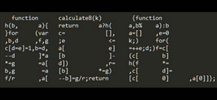

 Archives of the Body - The Body in Archiving
Archives of the Body - The Body in Archiving


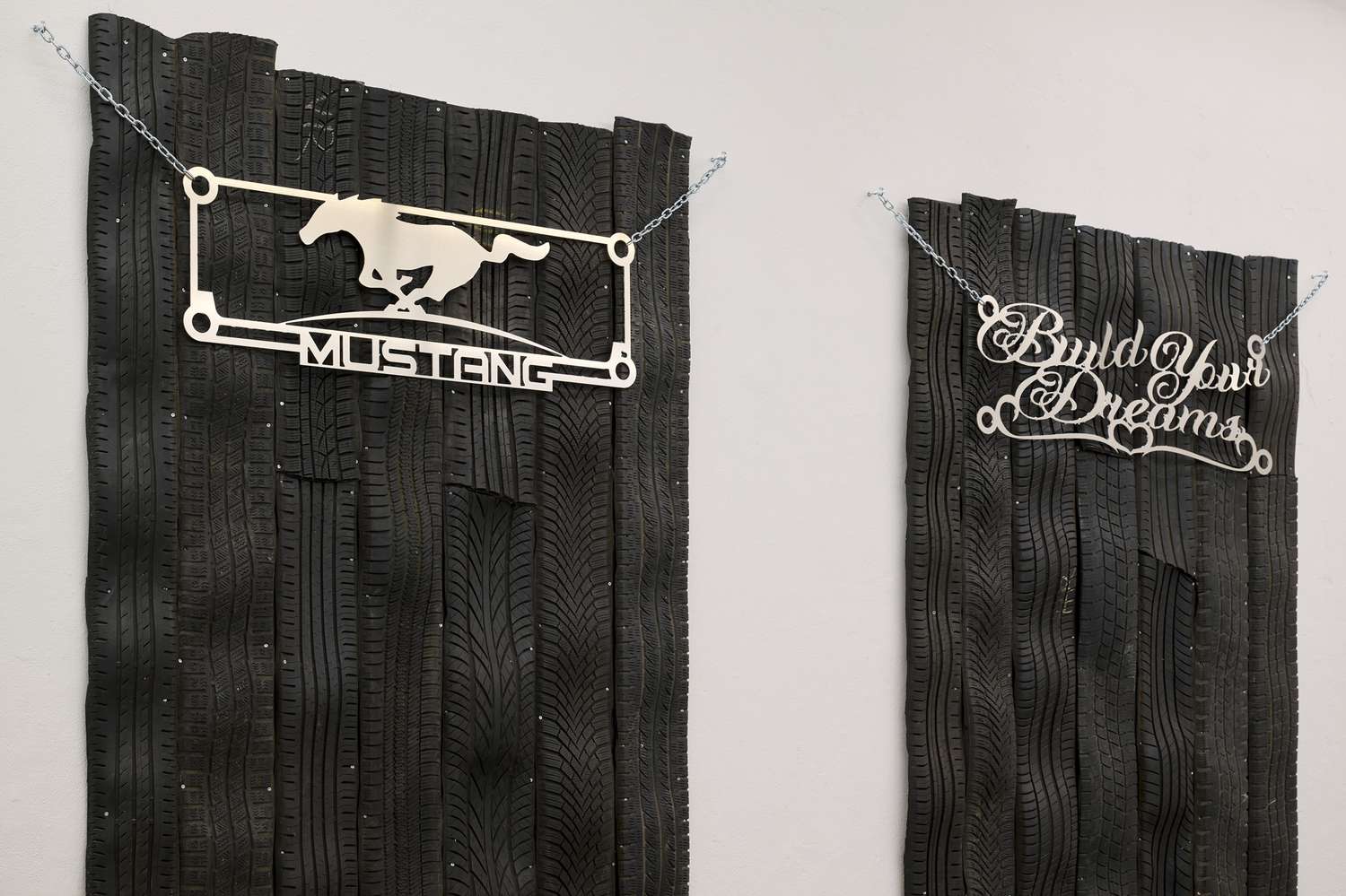
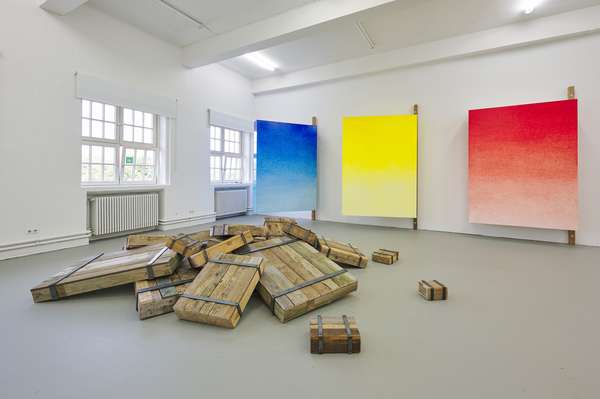
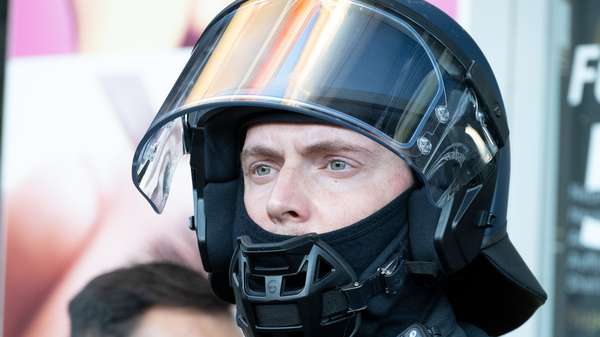
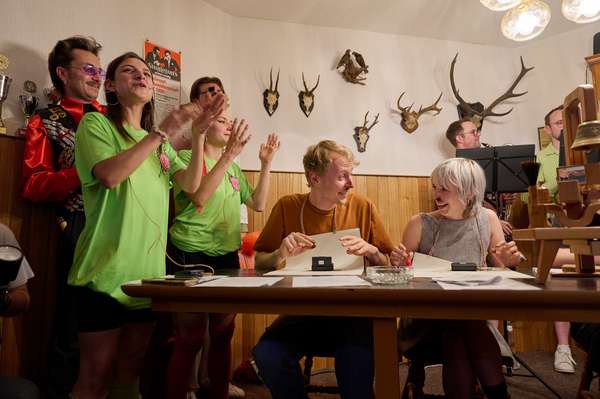
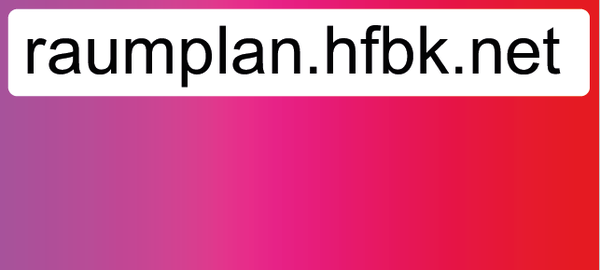
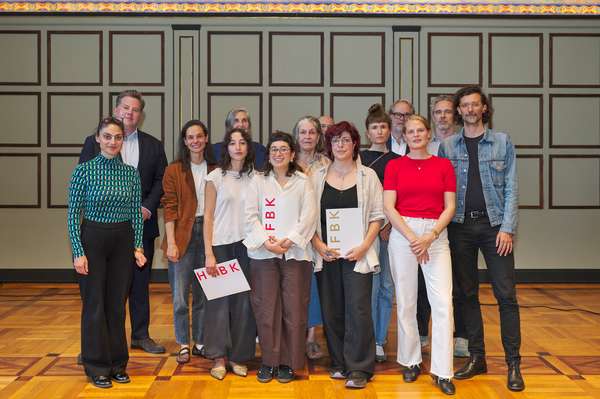

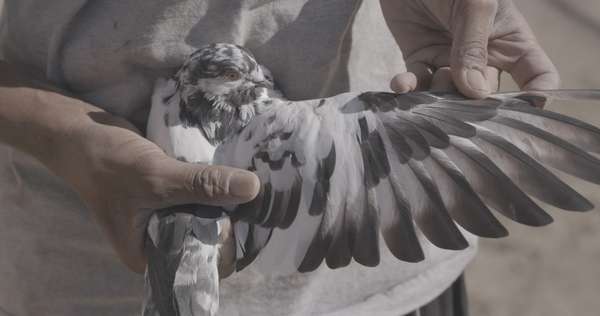
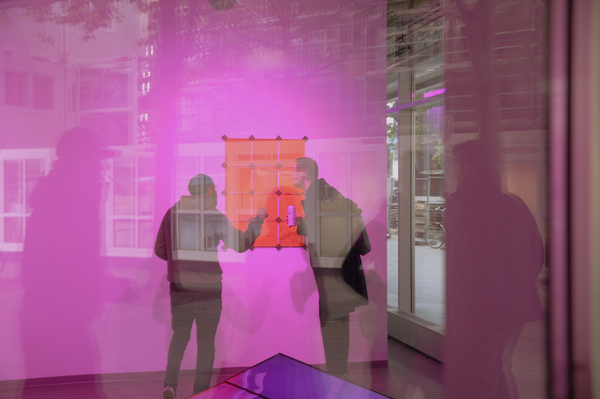
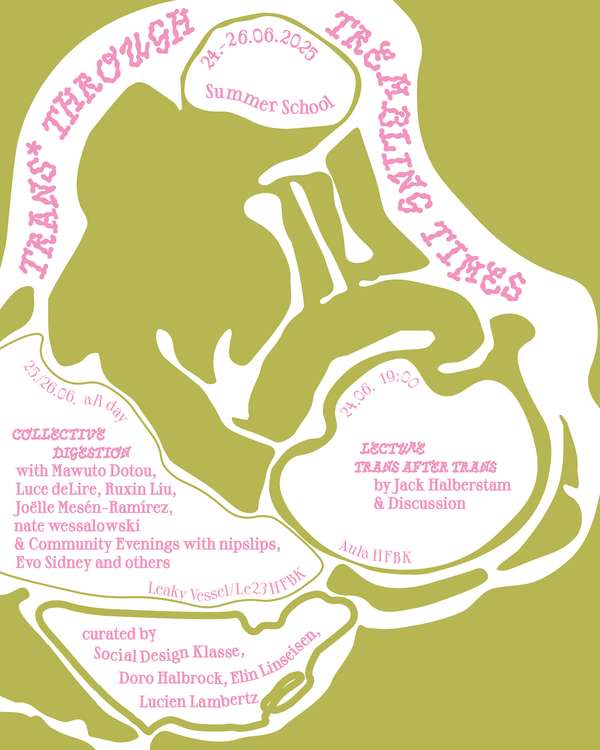
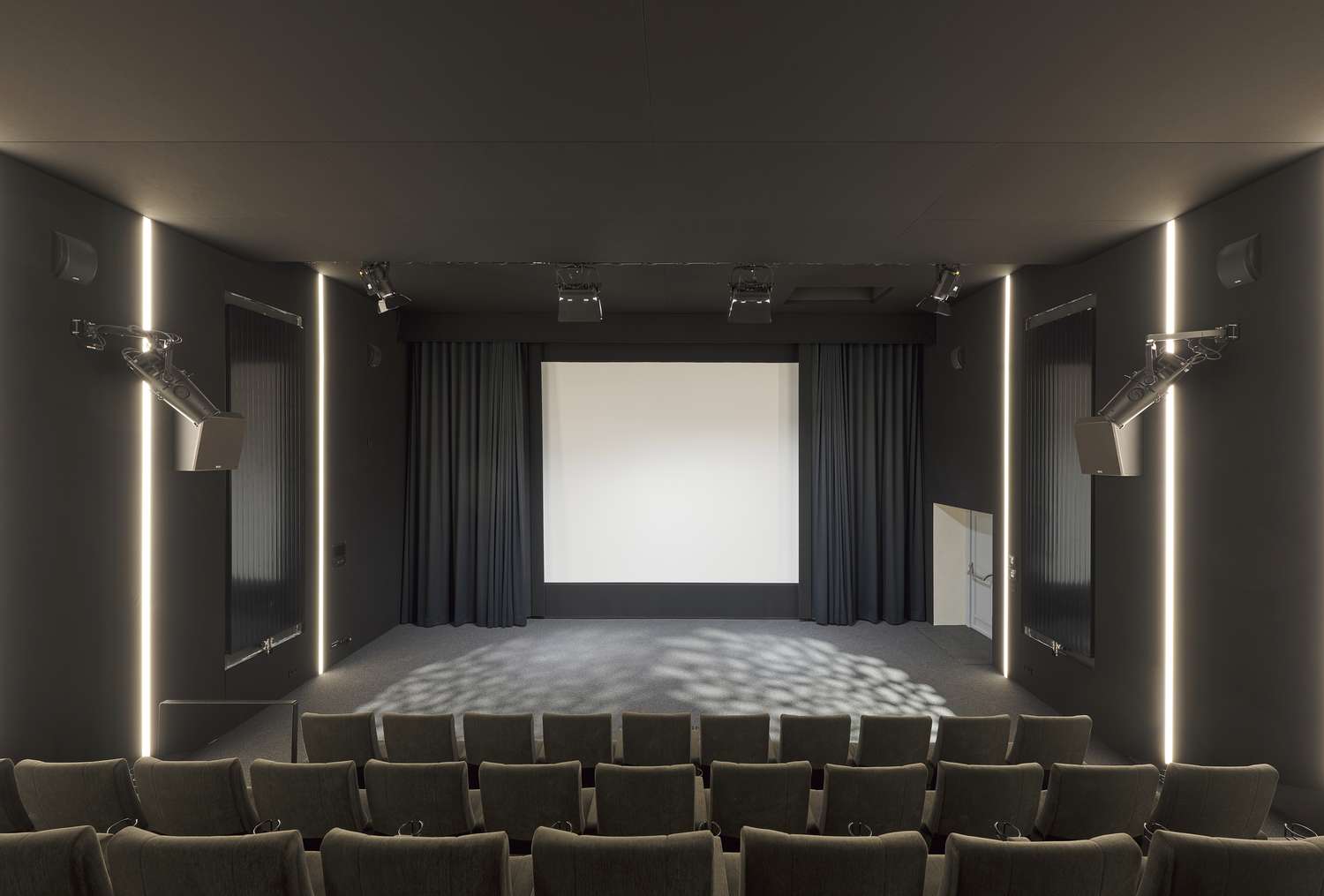
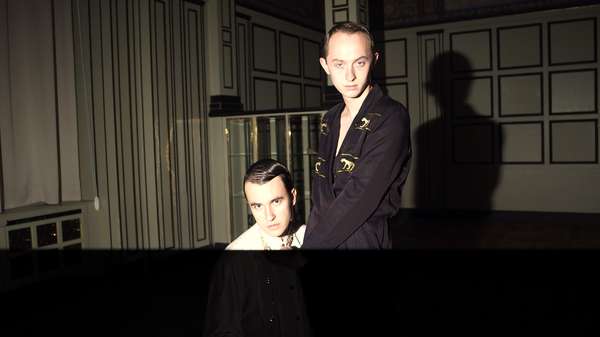
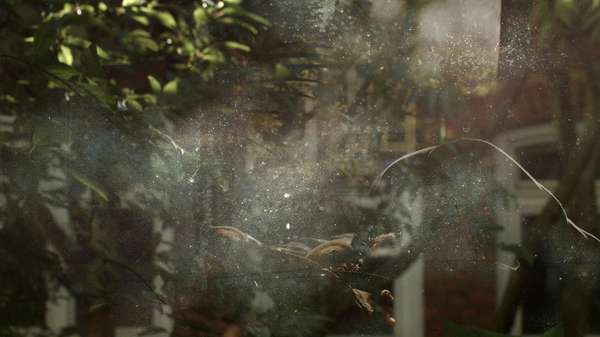
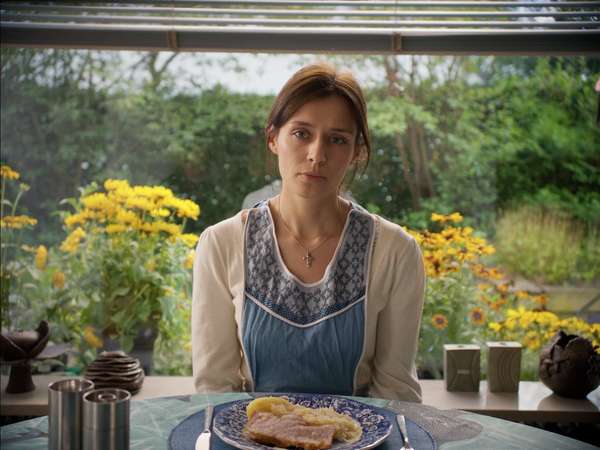
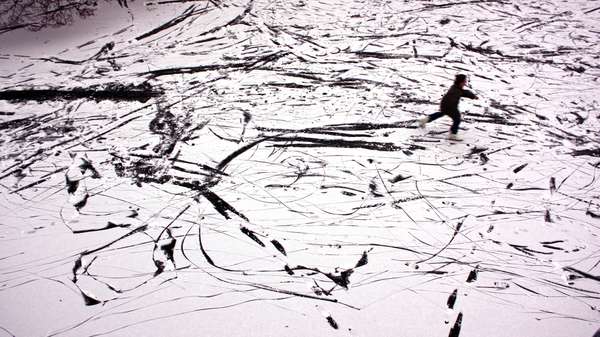
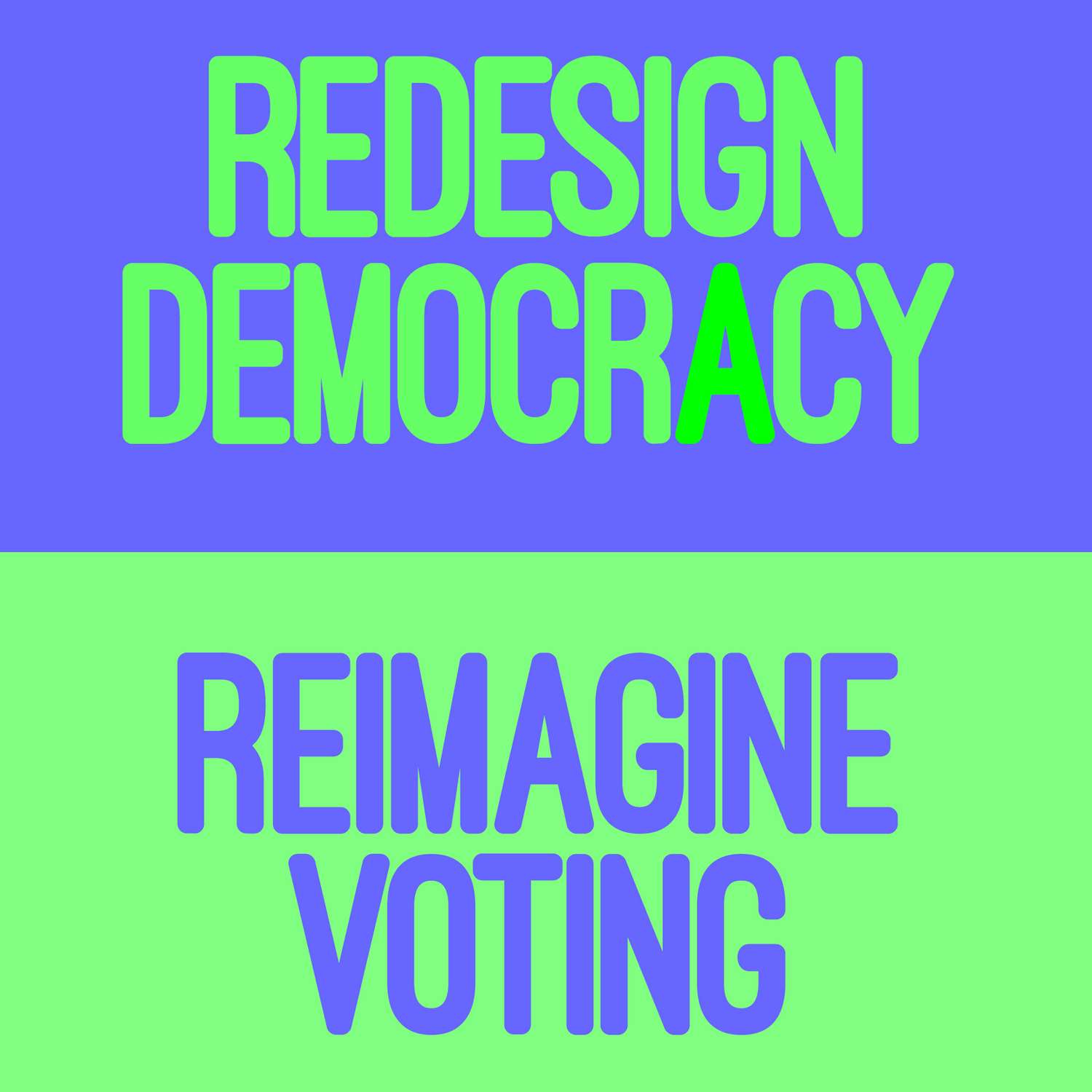
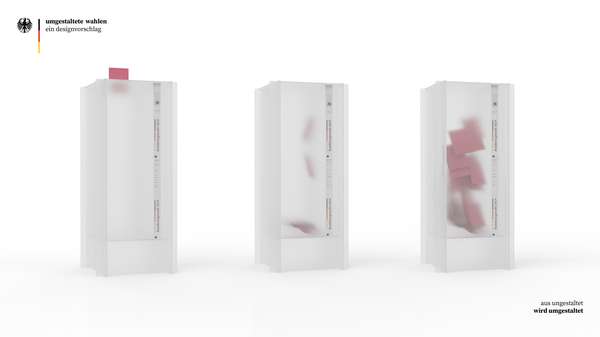
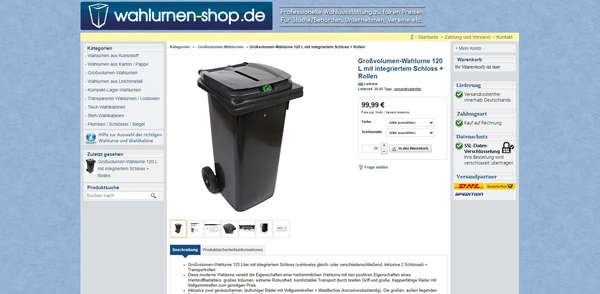
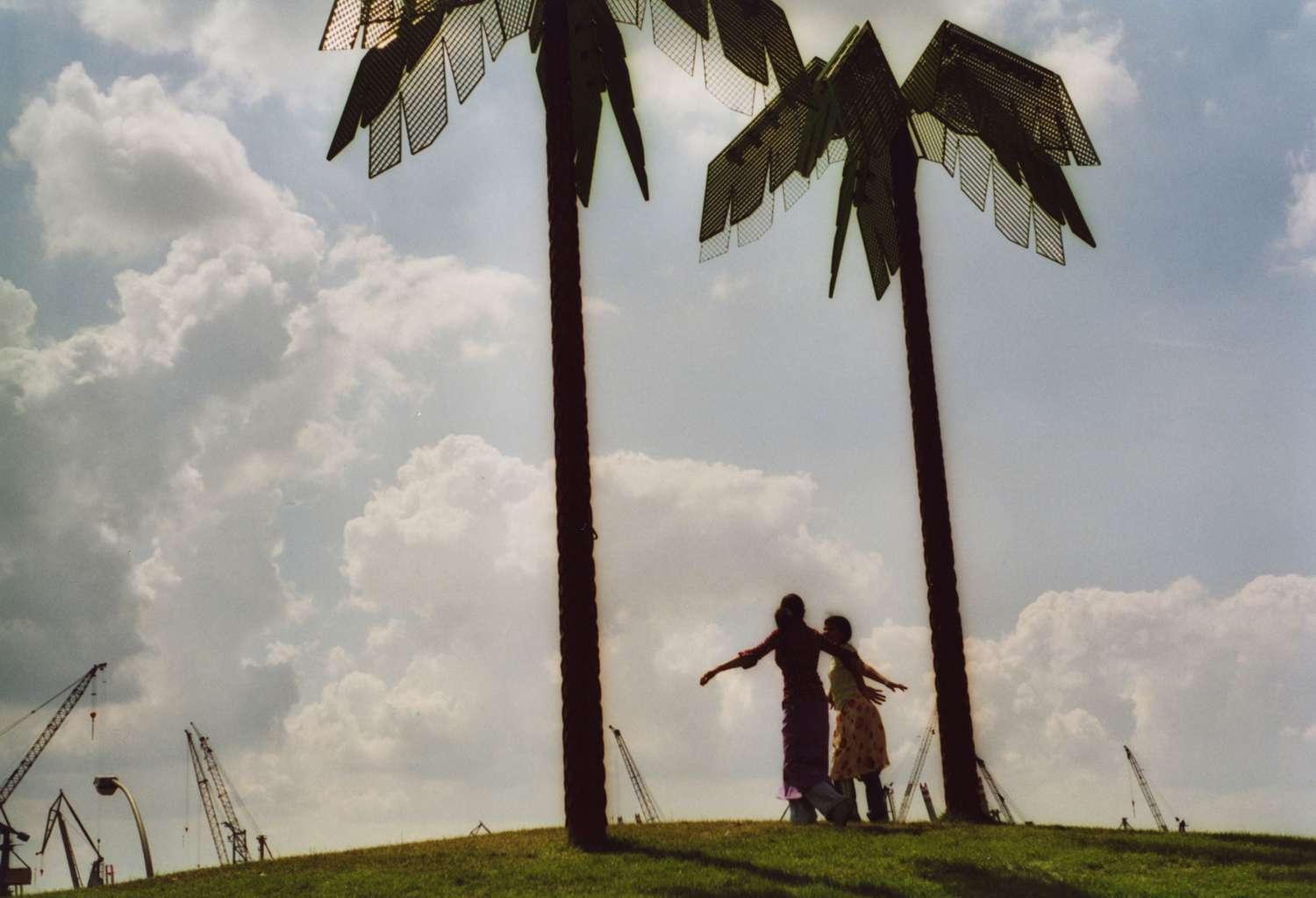
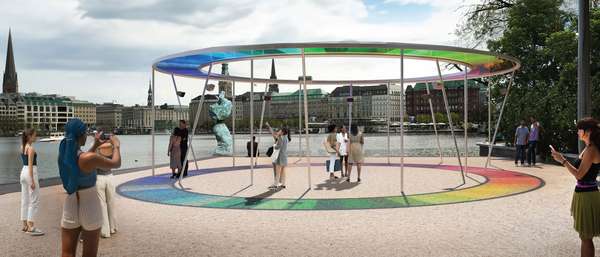
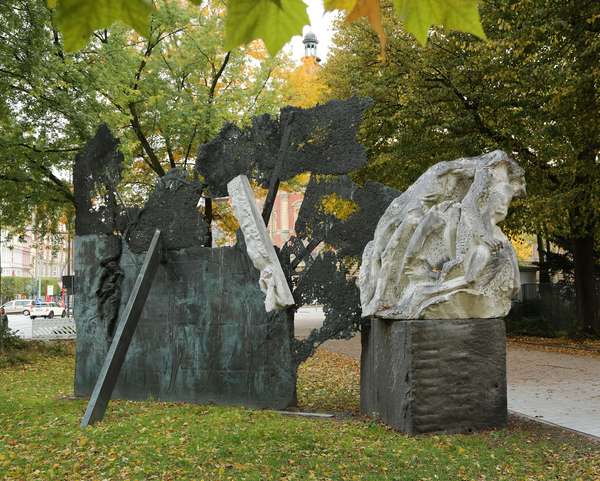
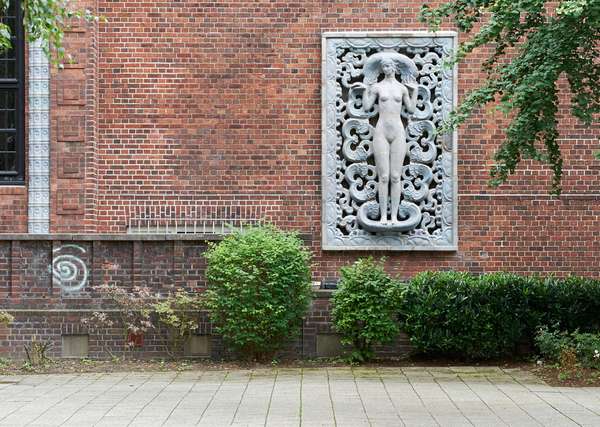
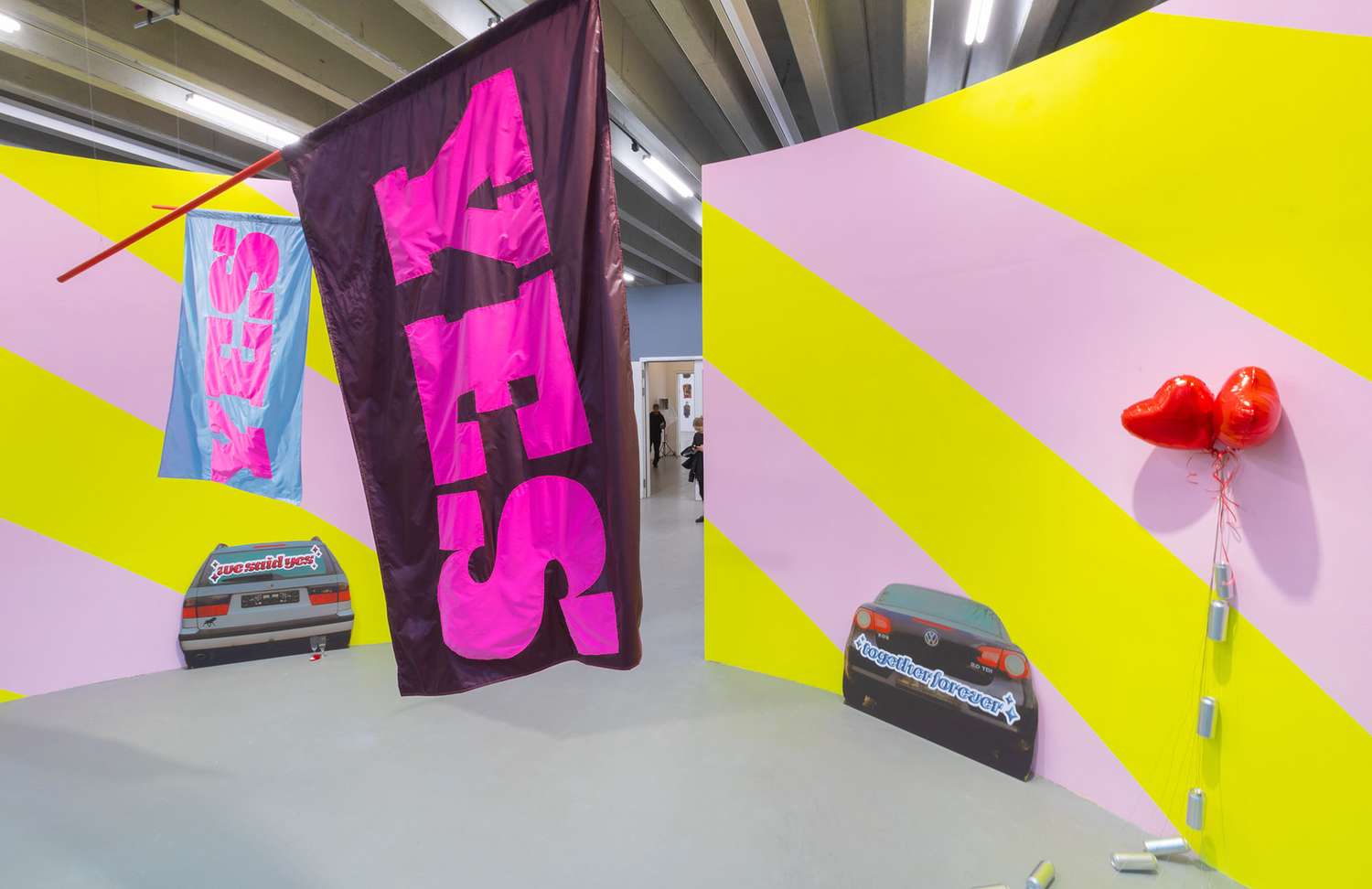
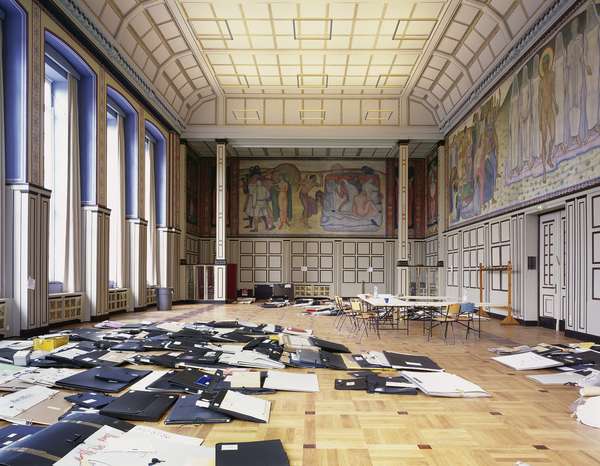
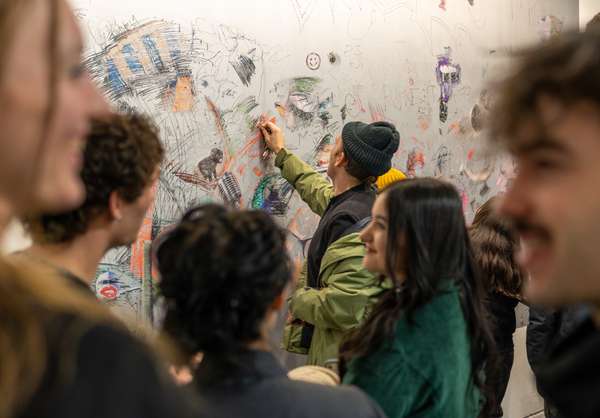
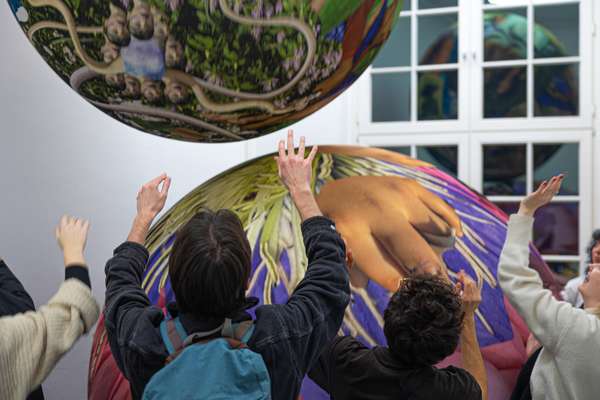
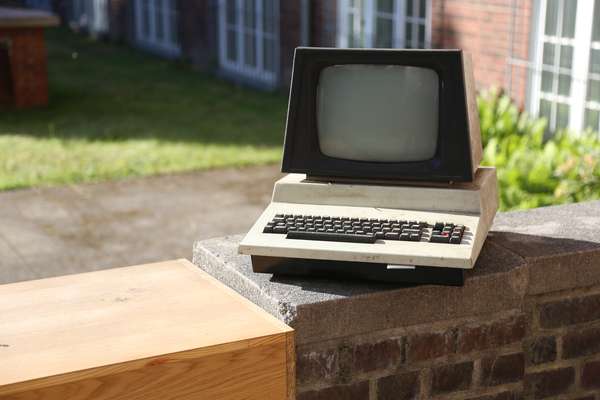

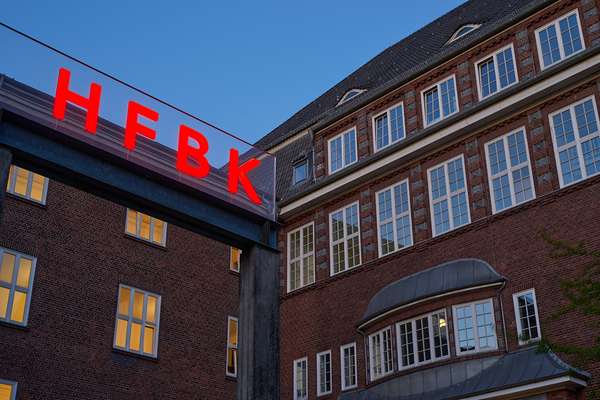
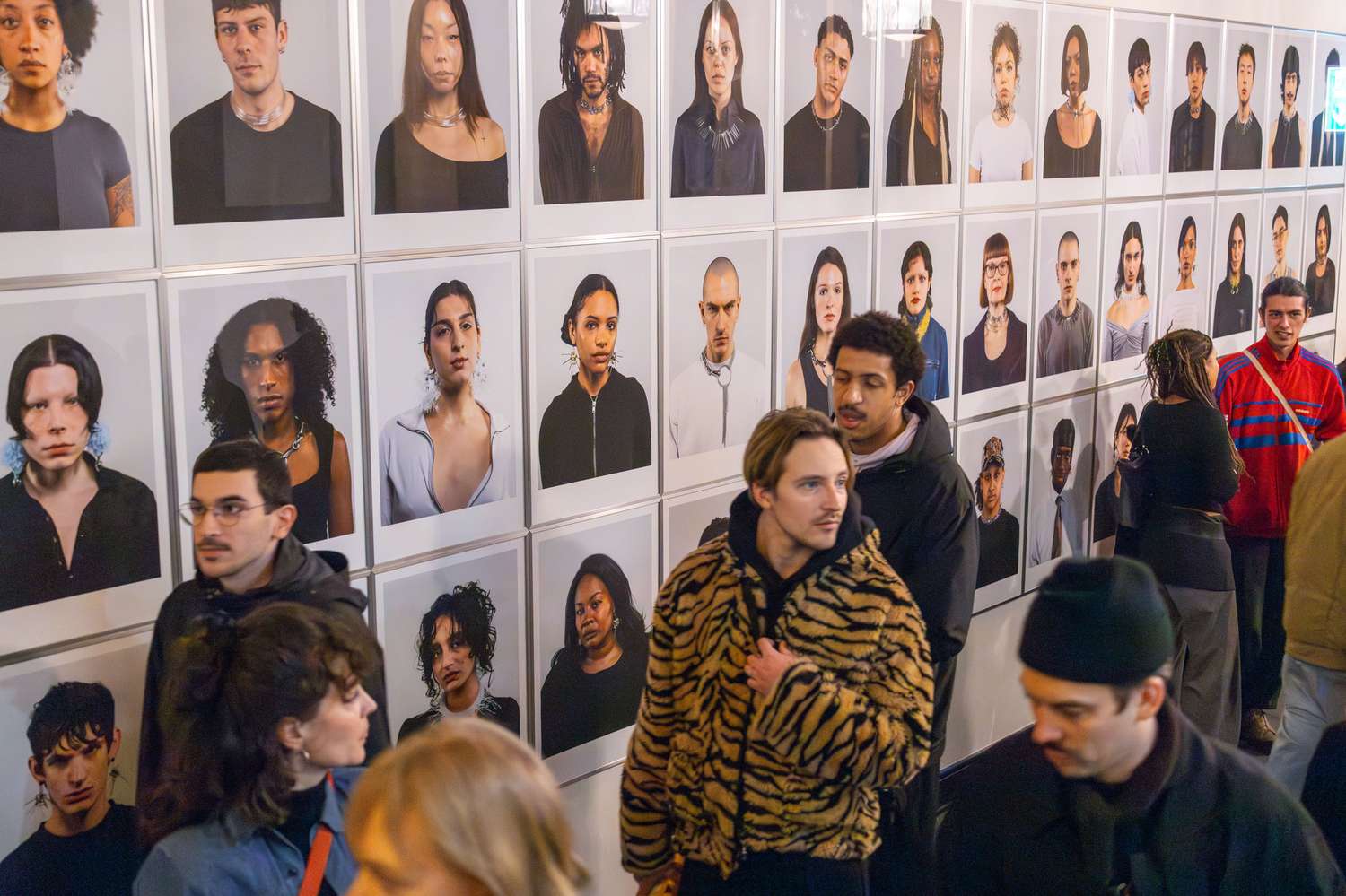

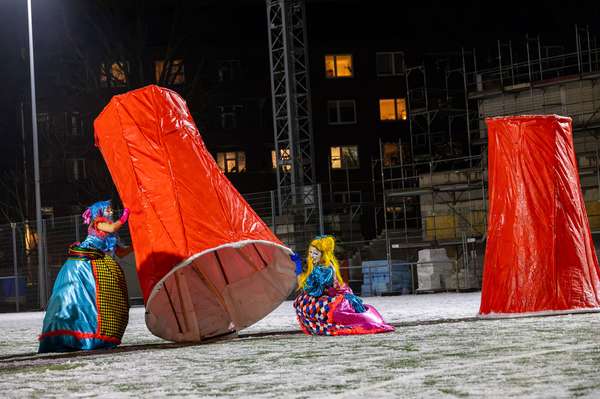
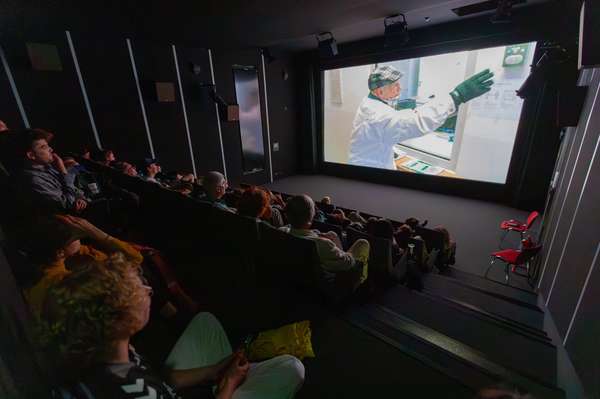
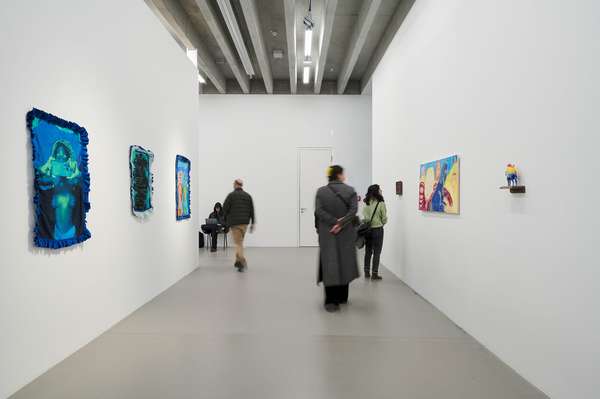
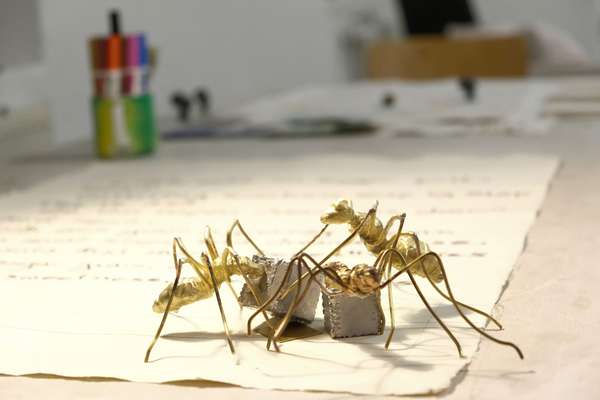
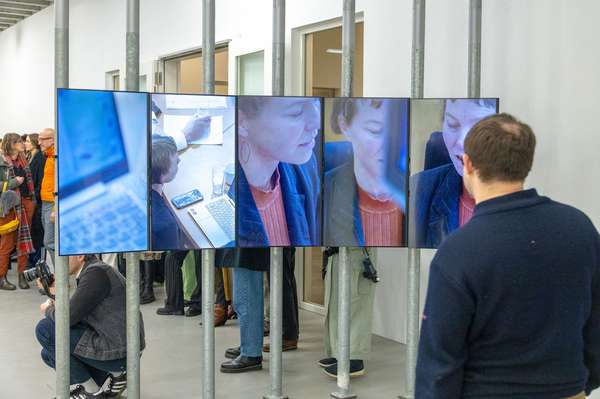
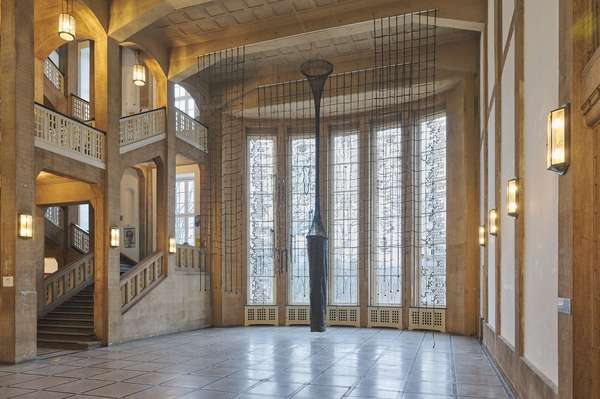
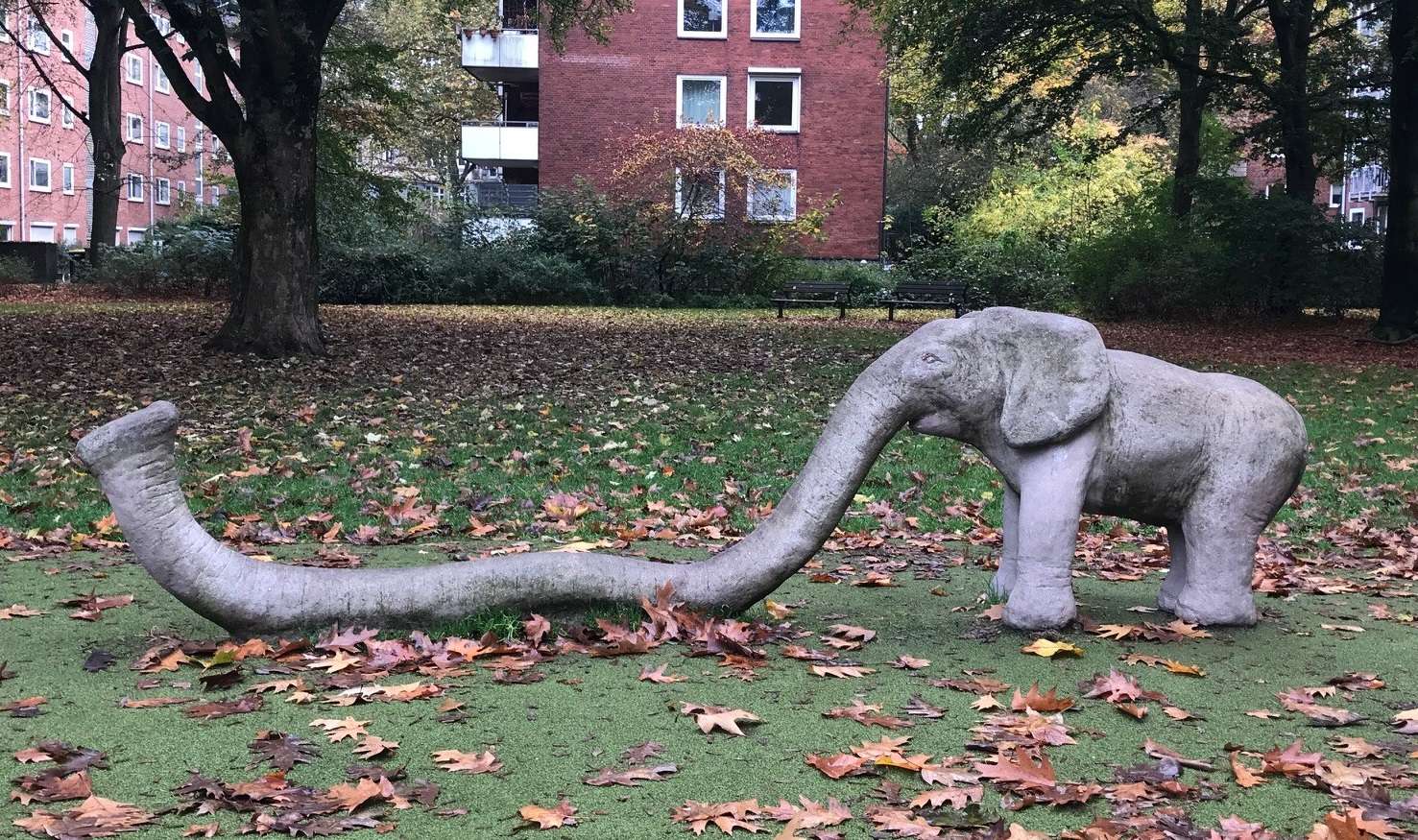
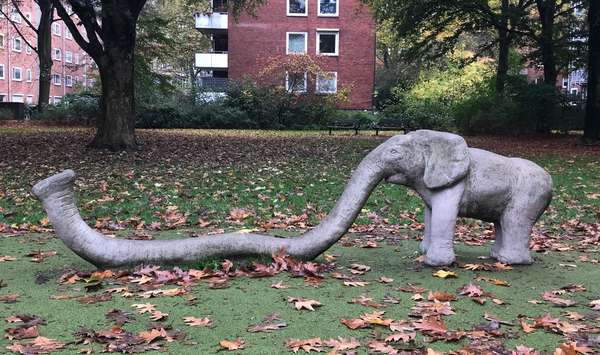
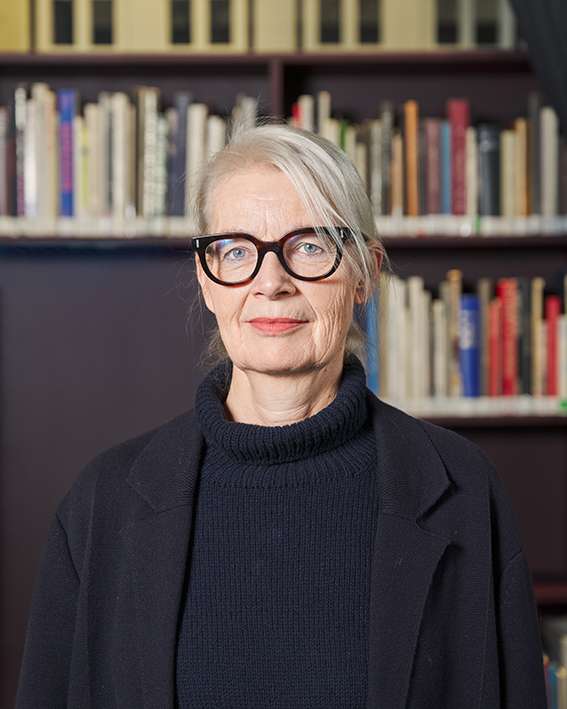
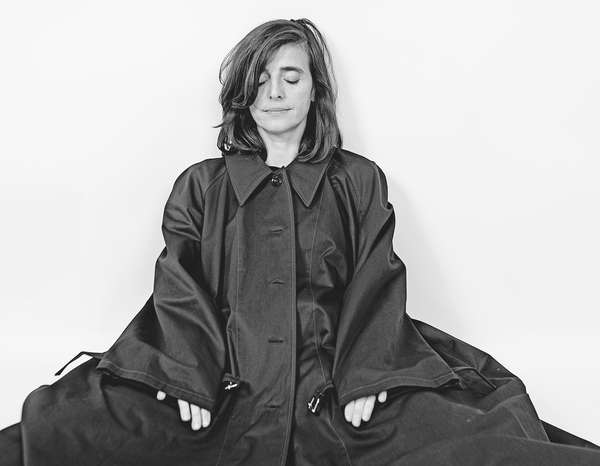
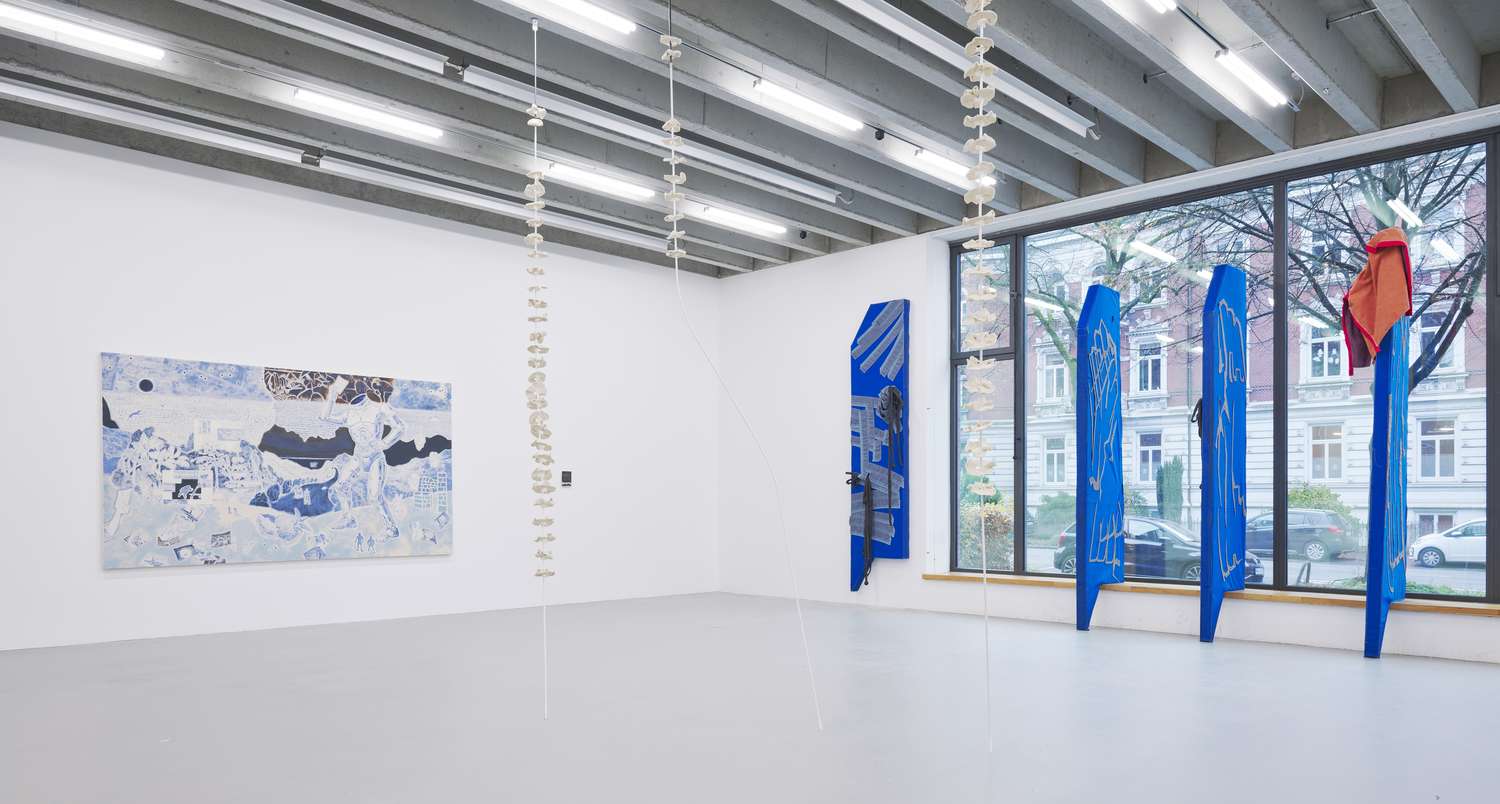
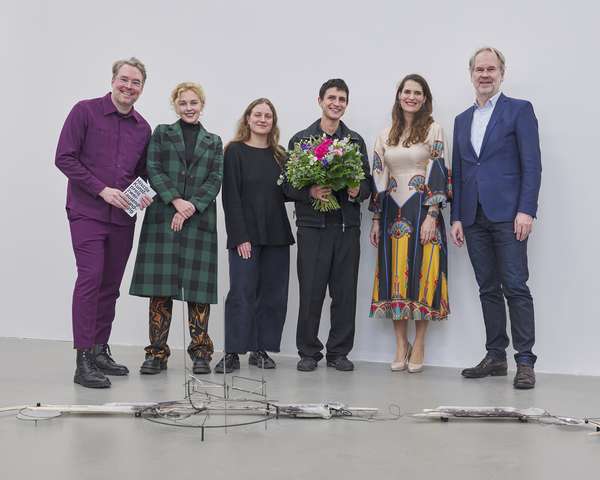
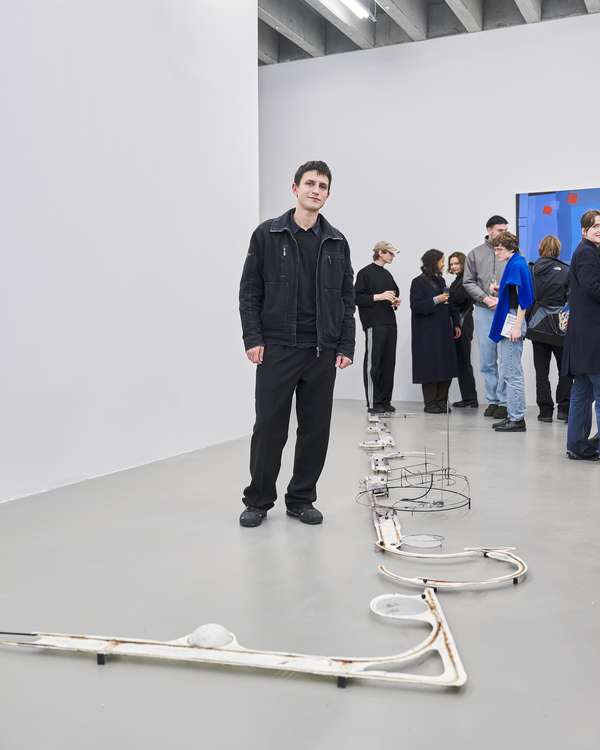
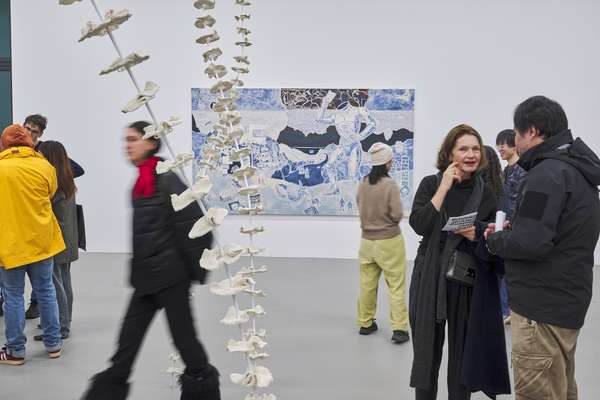
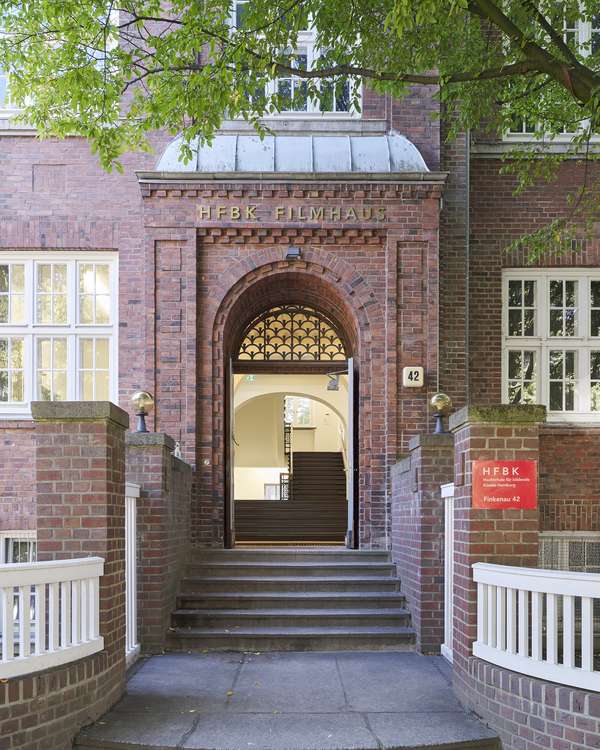
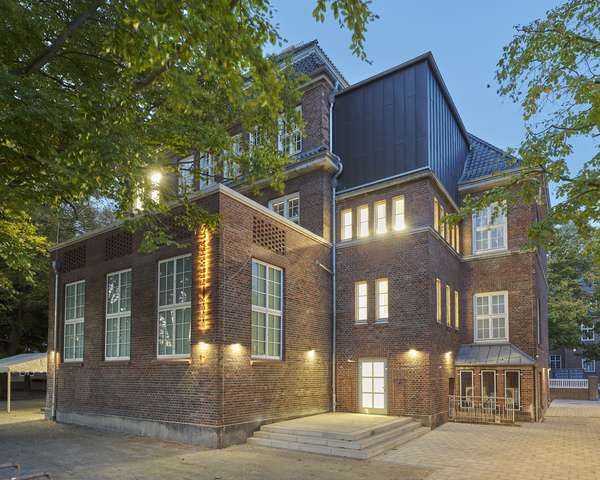
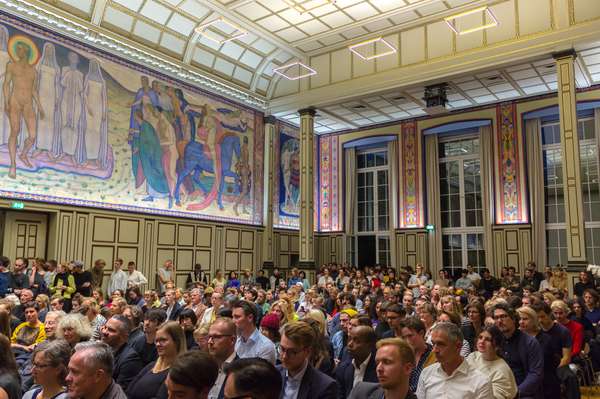
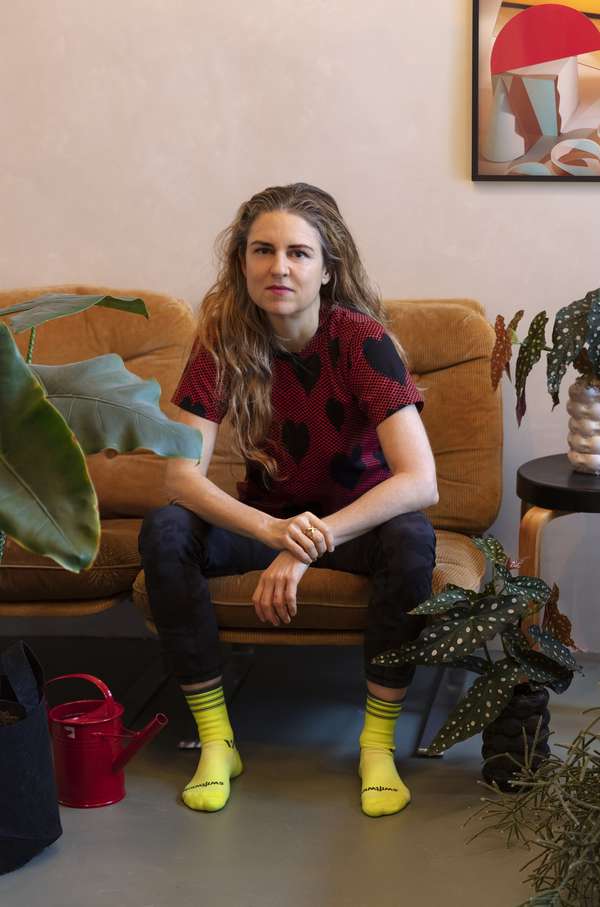
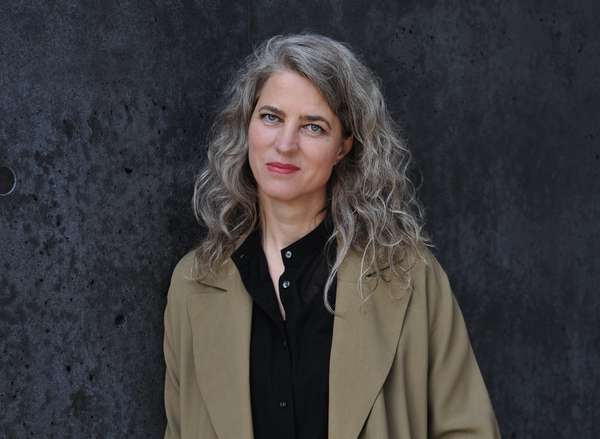
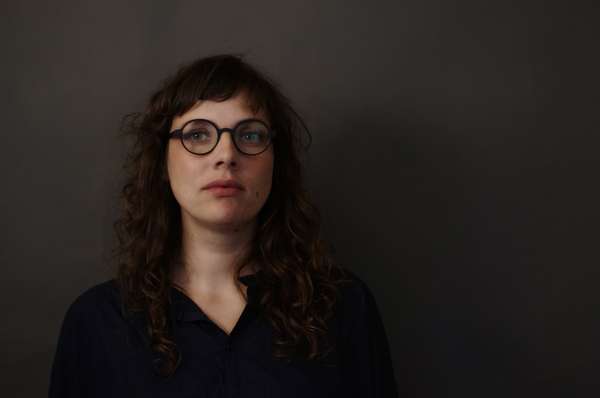
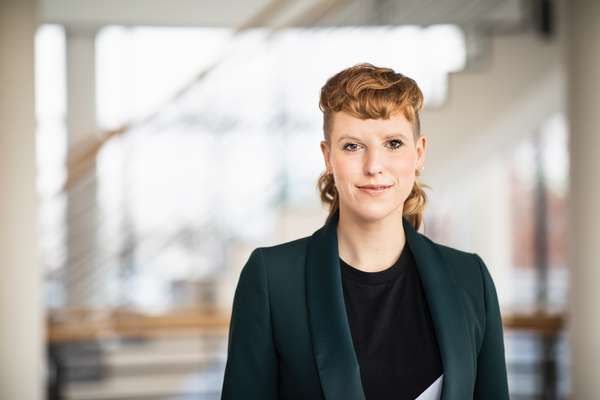
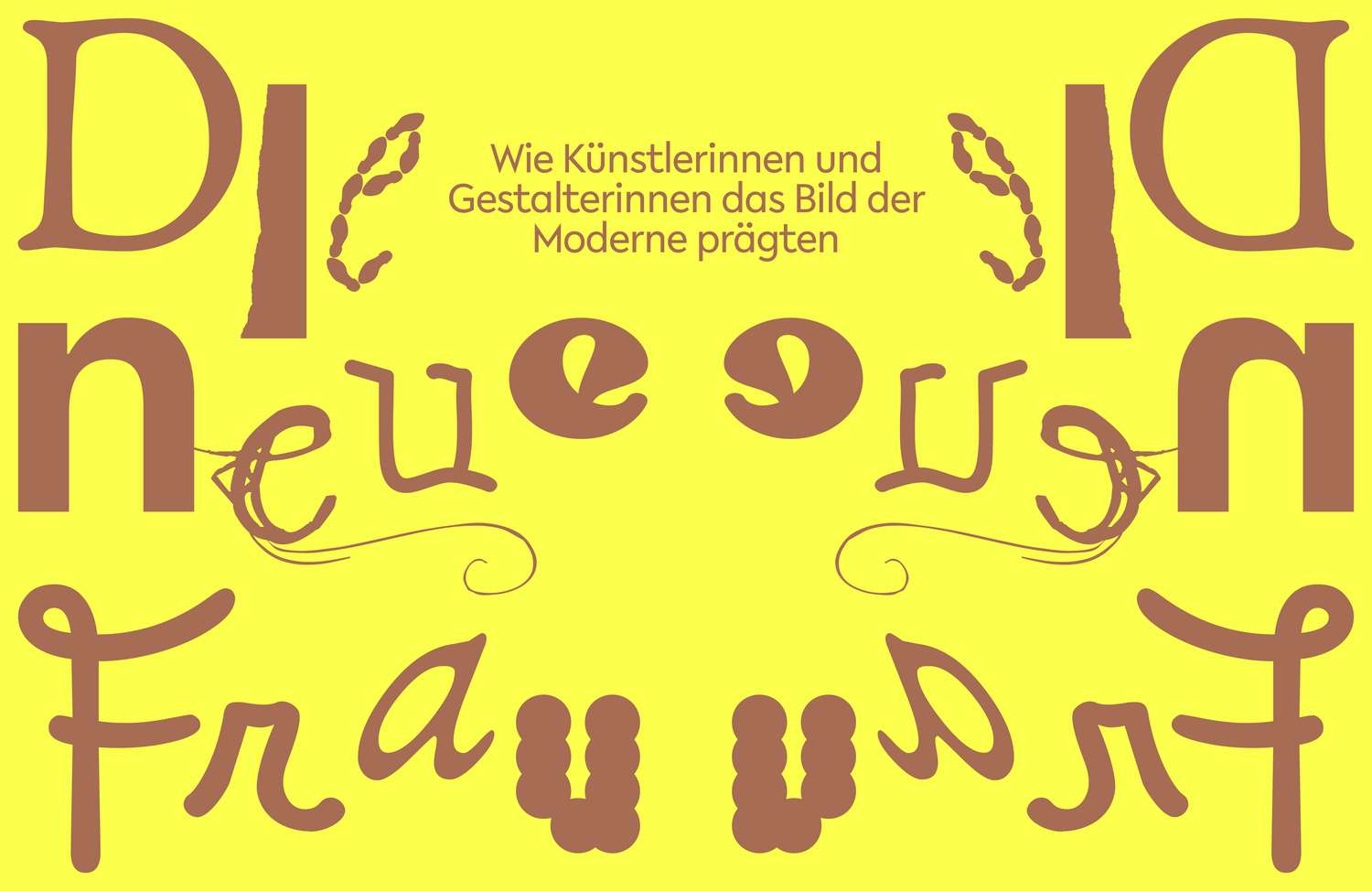
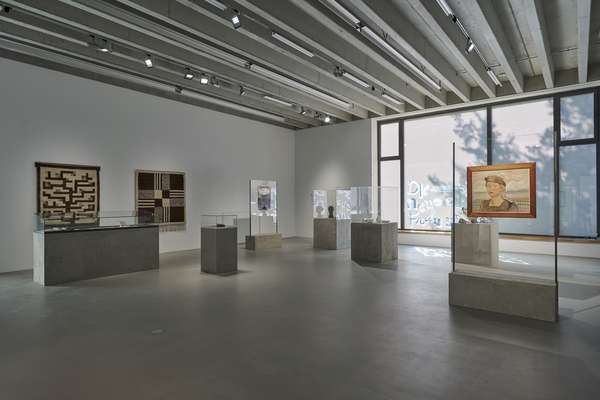
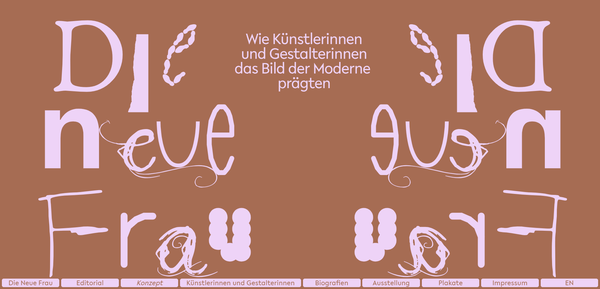
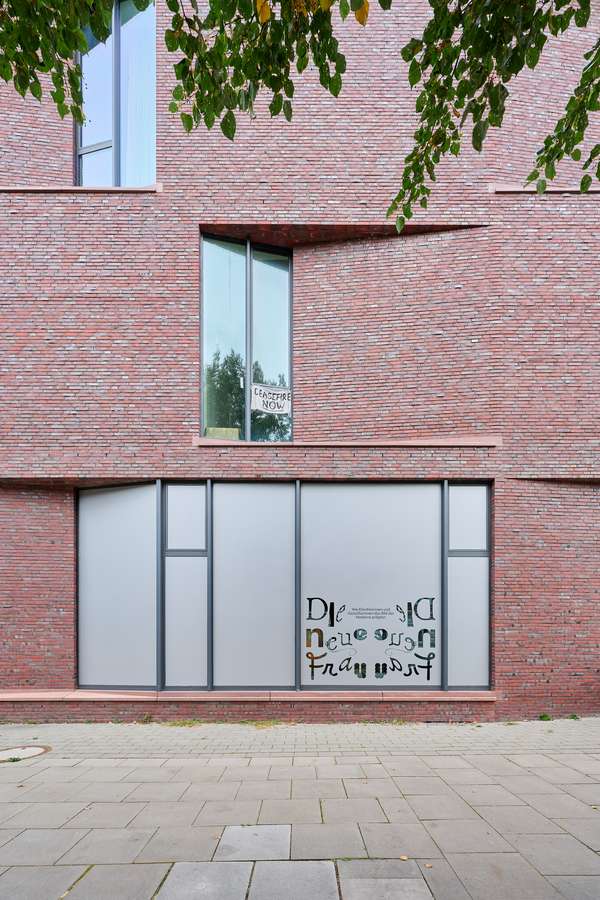
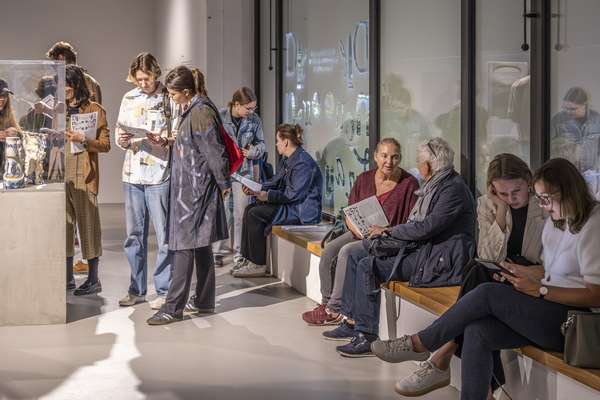
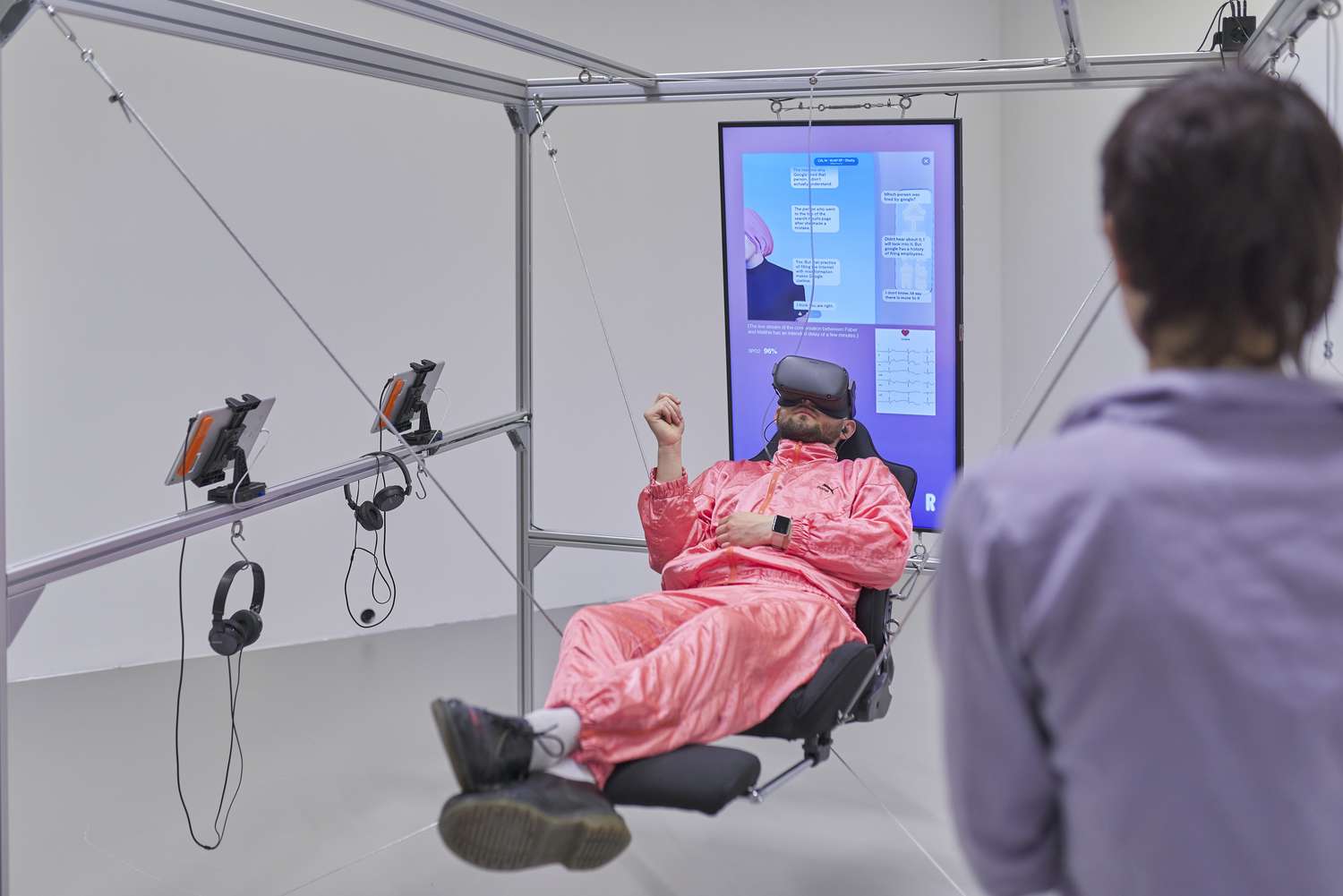
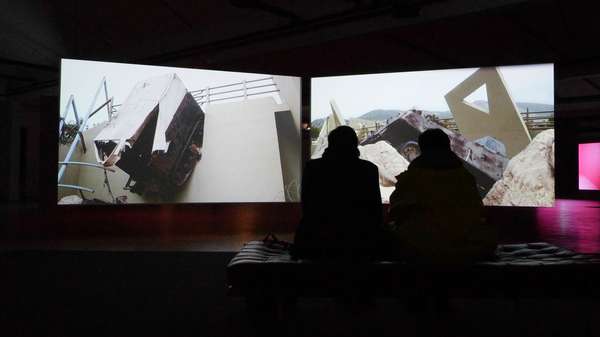
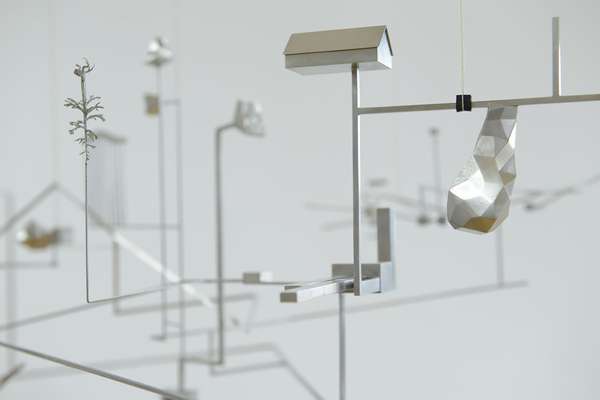
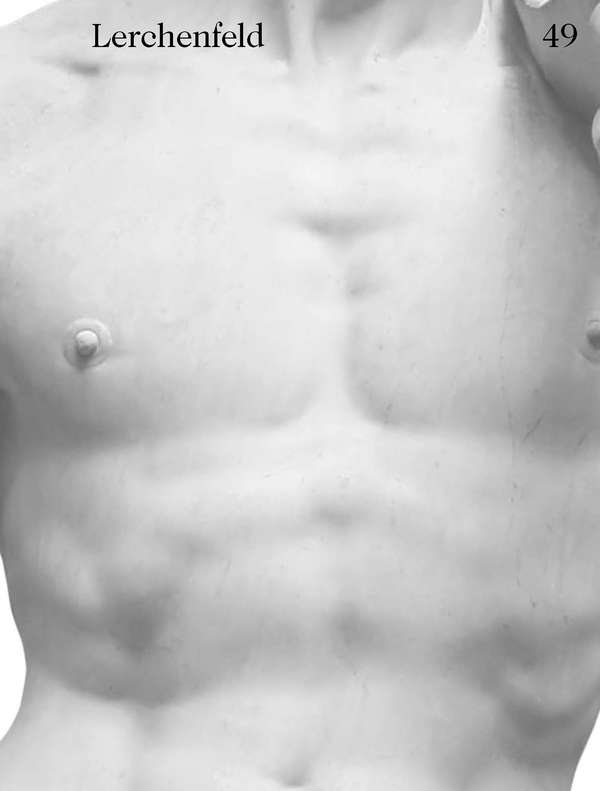
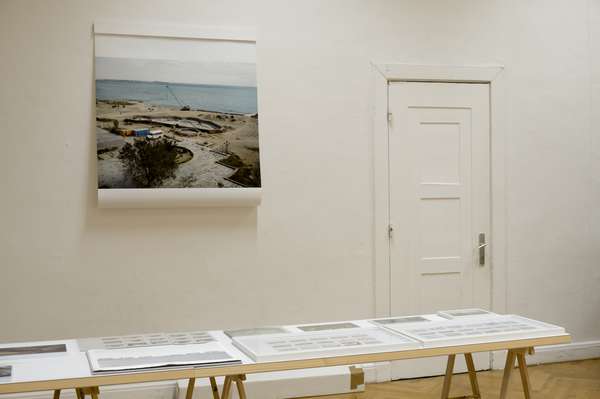
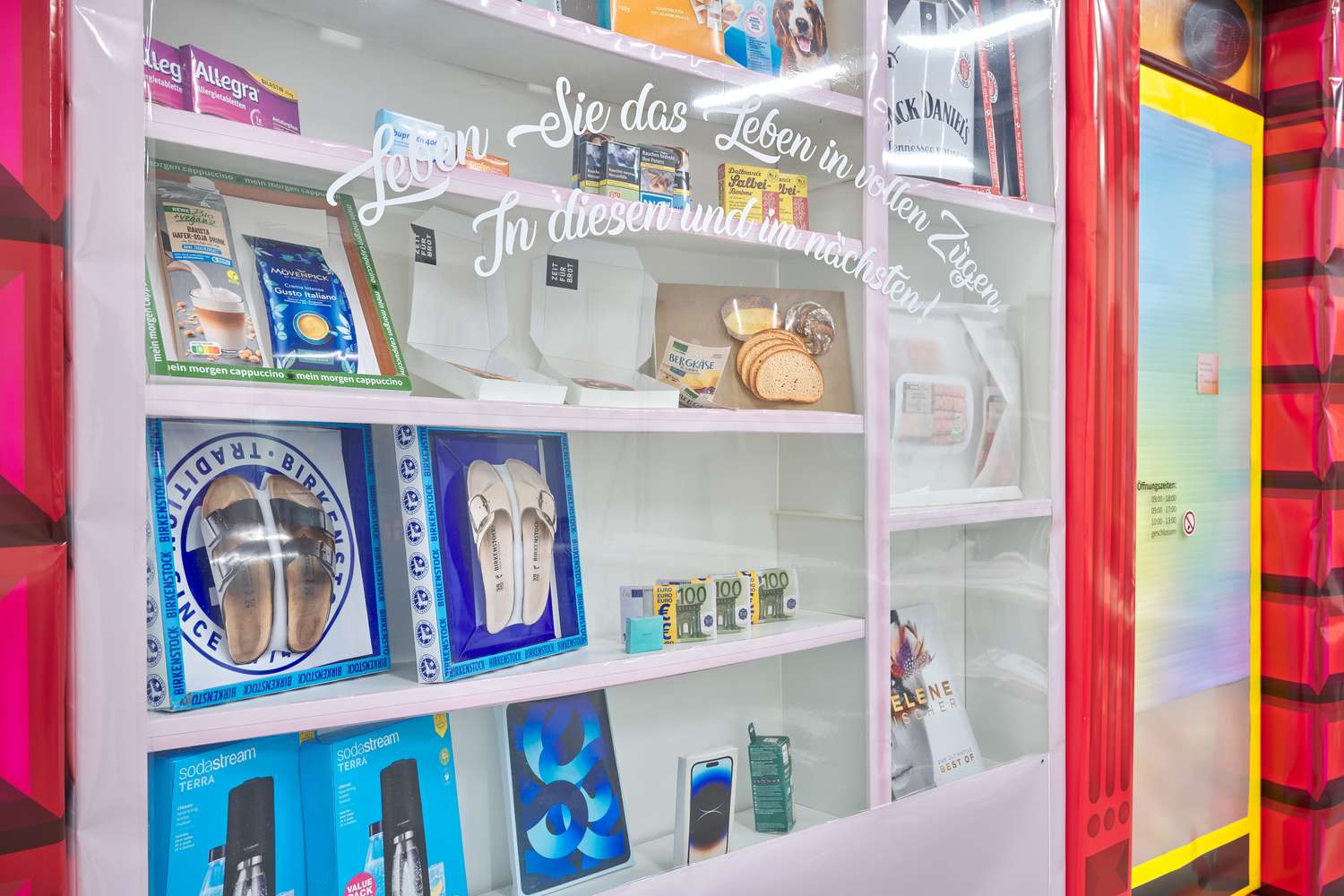
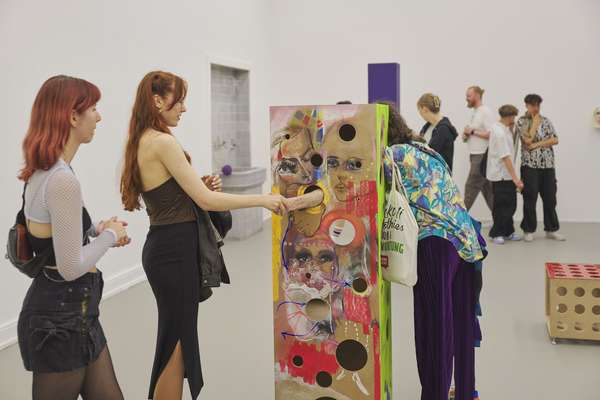
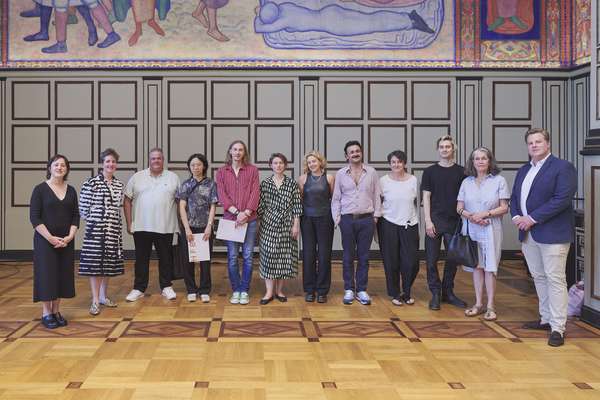
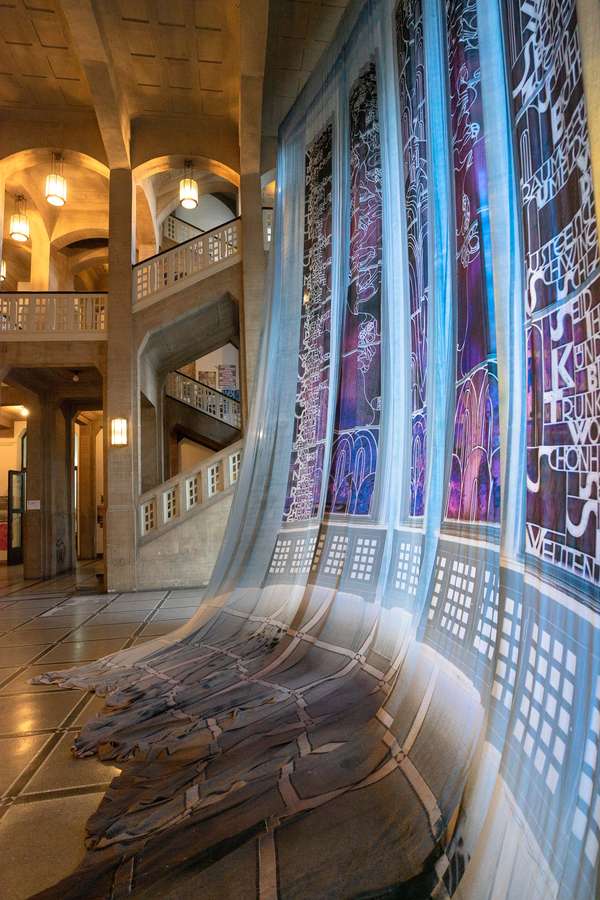
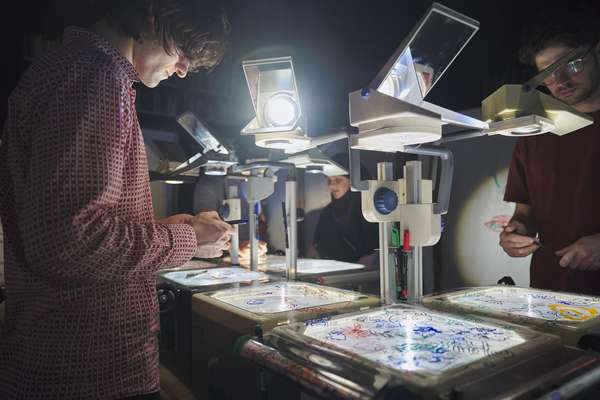
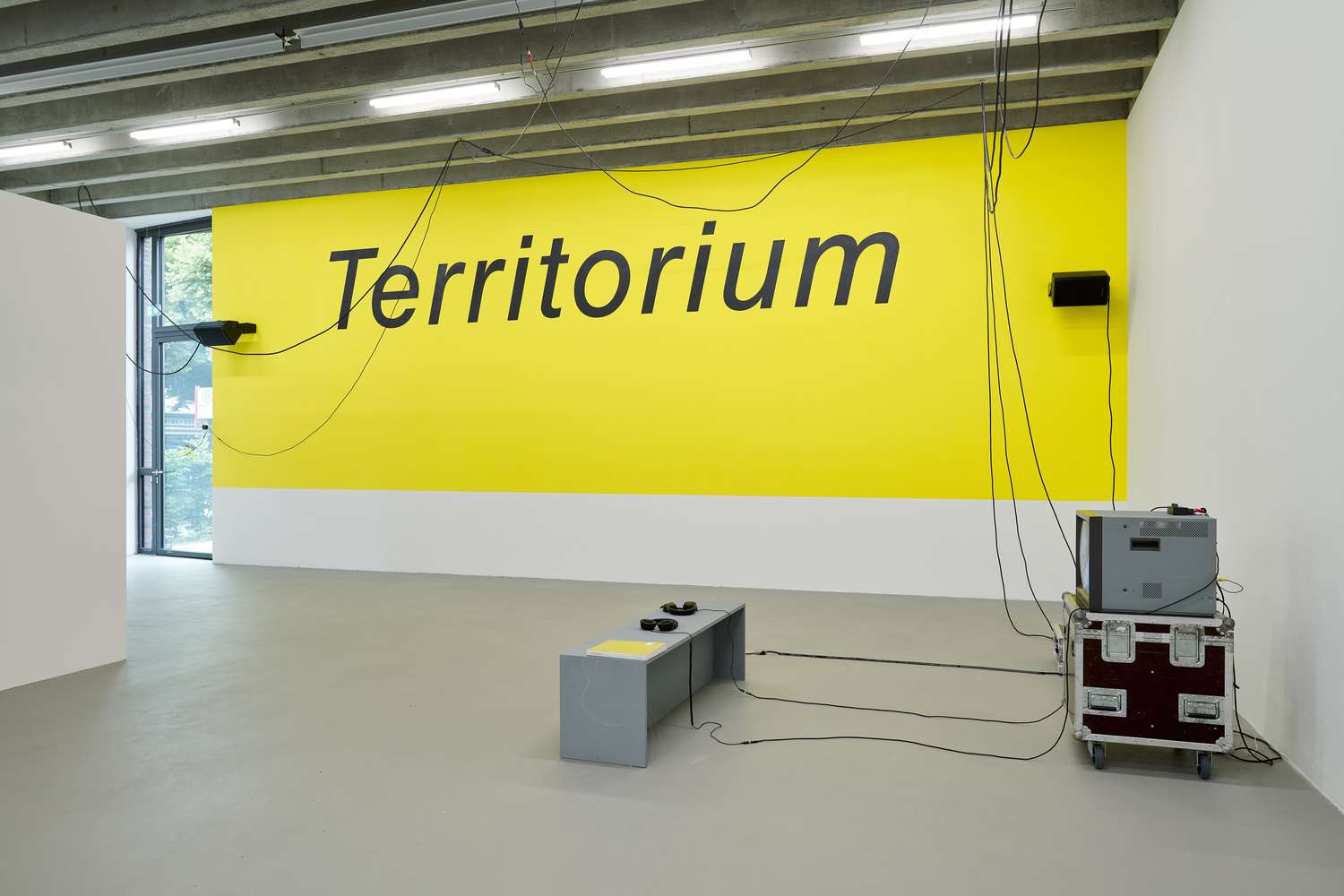
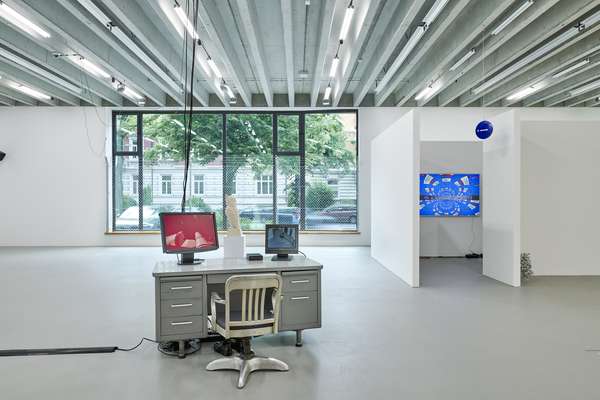
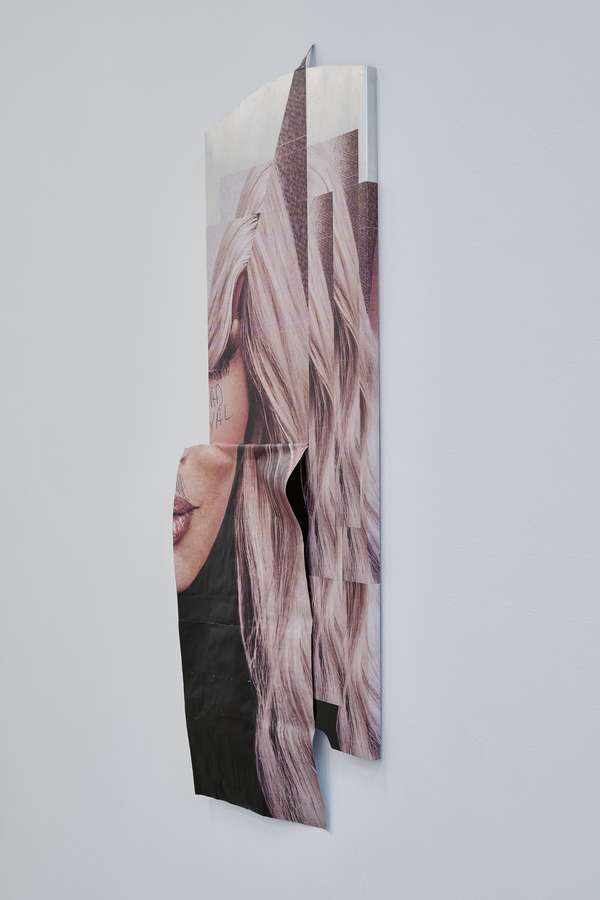
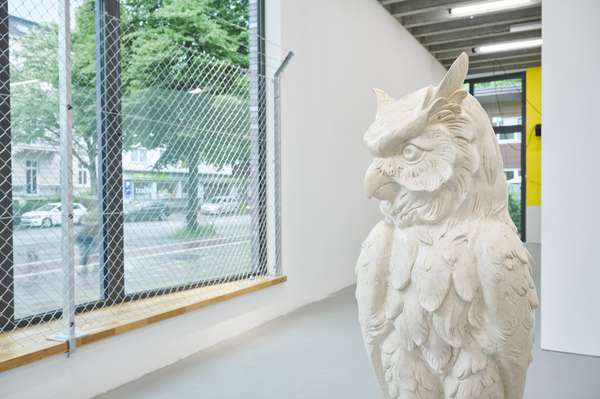
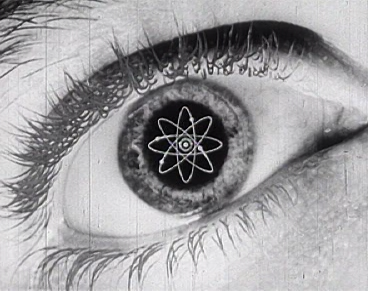
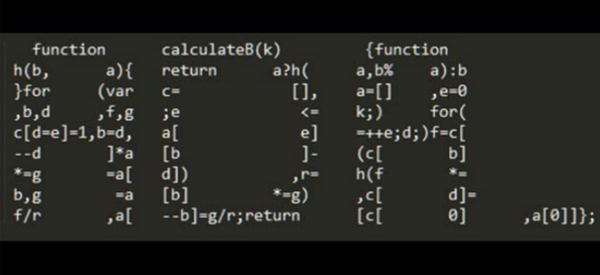
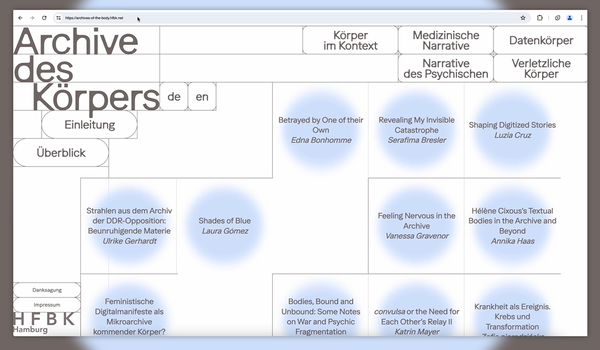
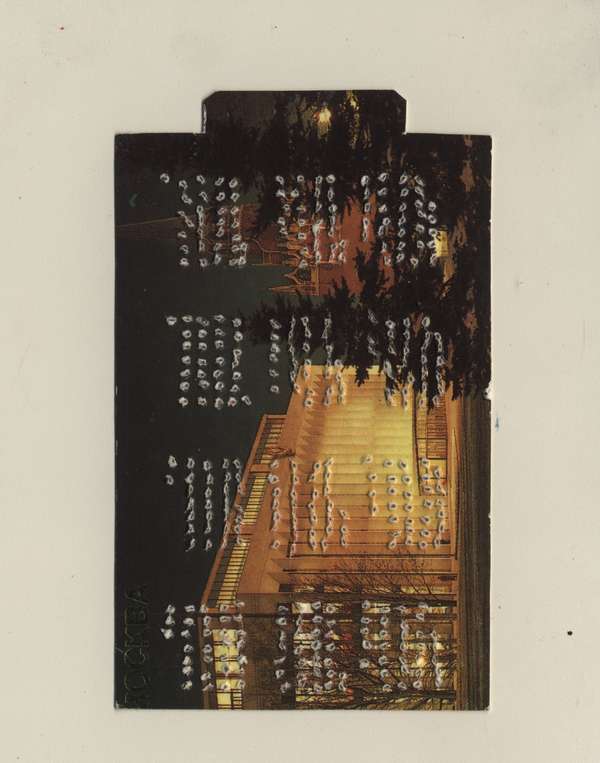
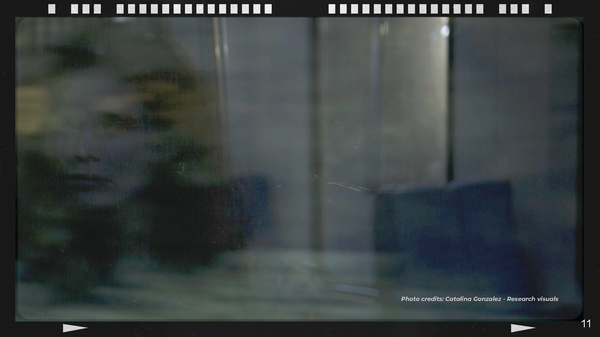
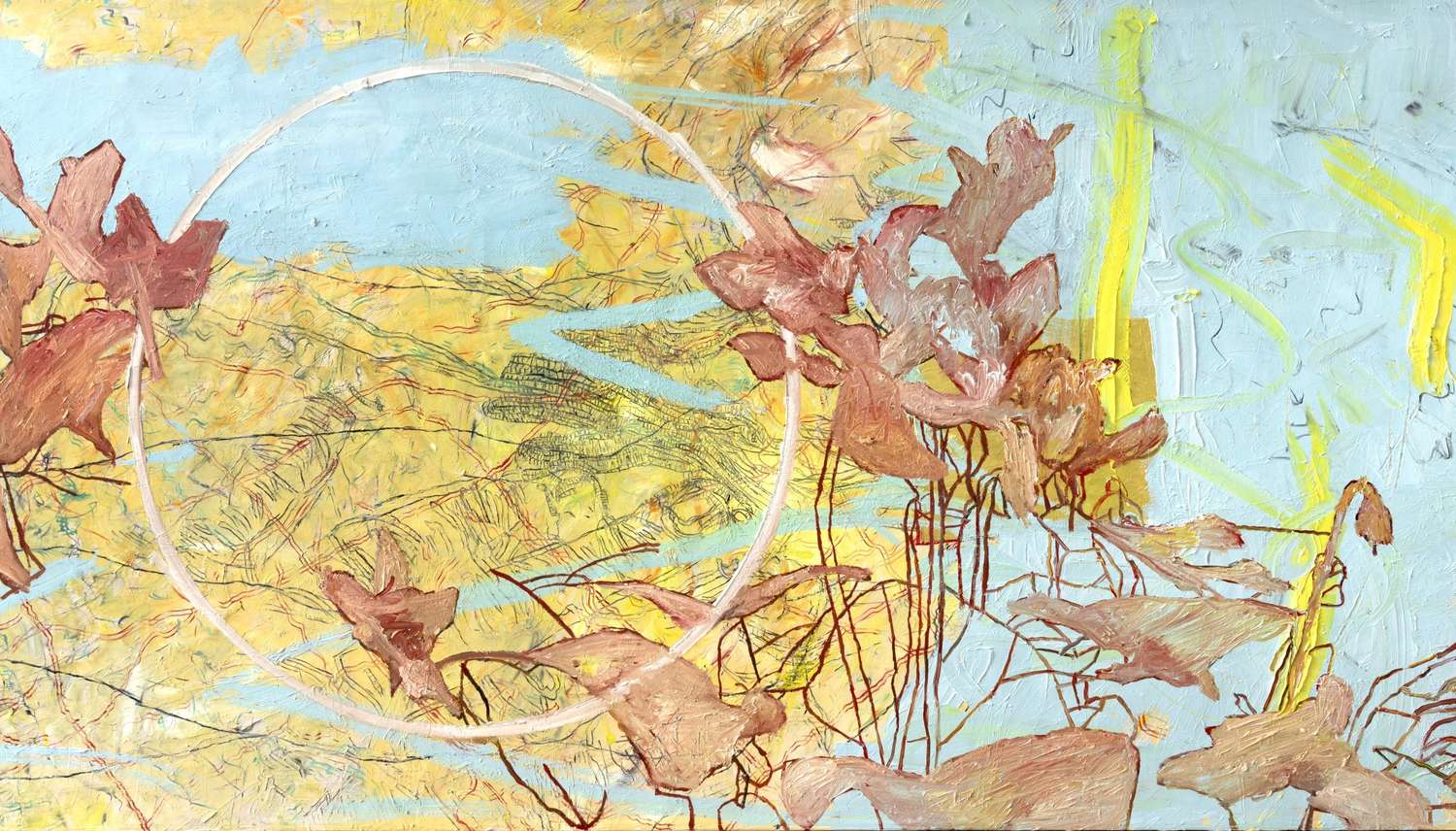
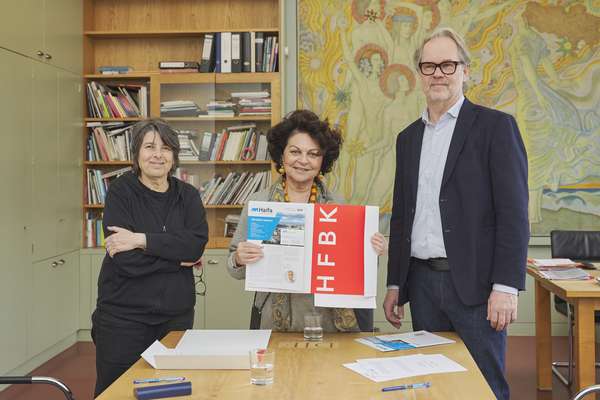
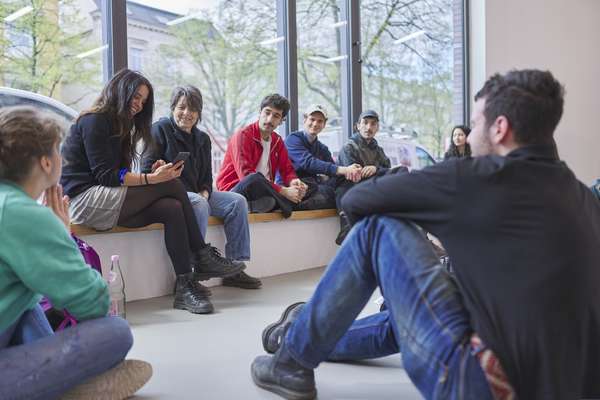
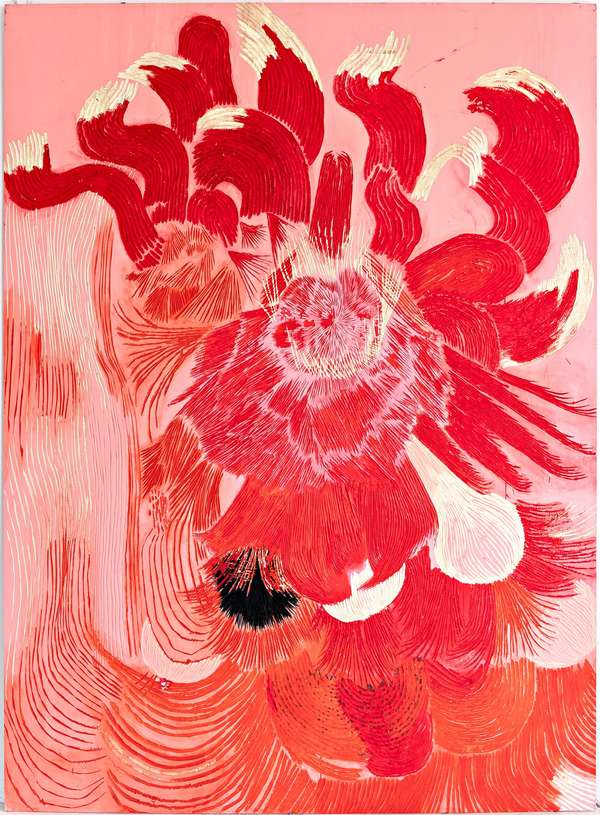
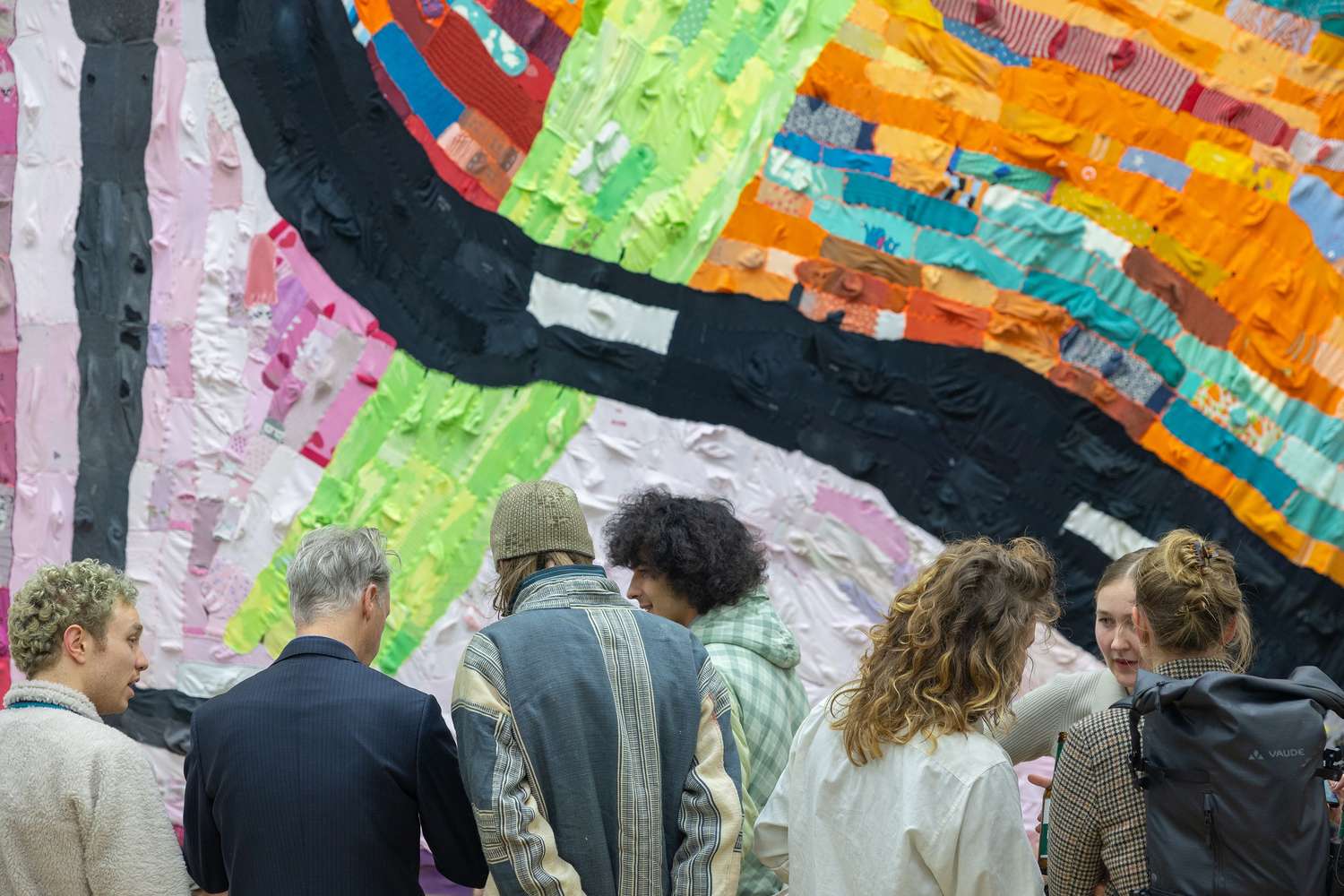
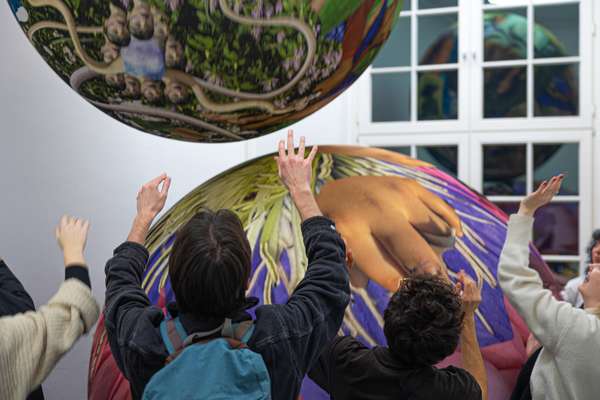
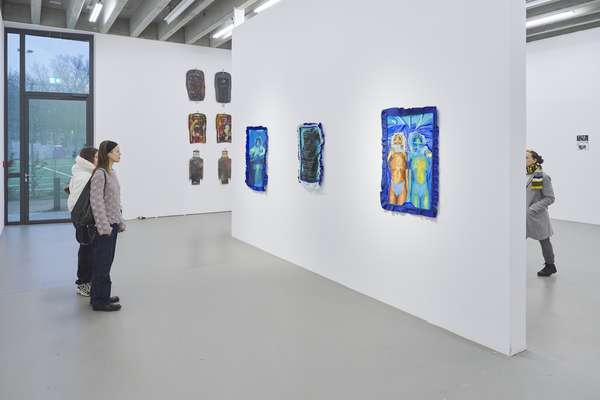
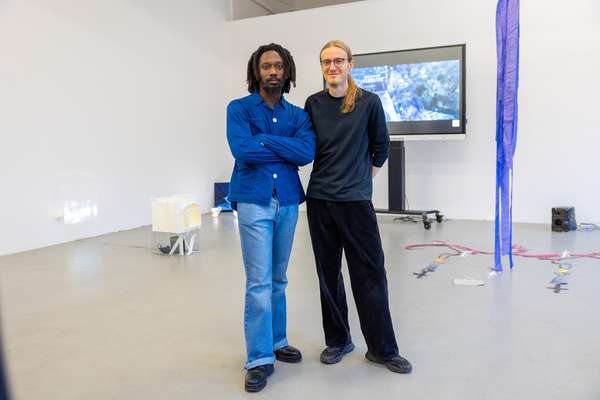
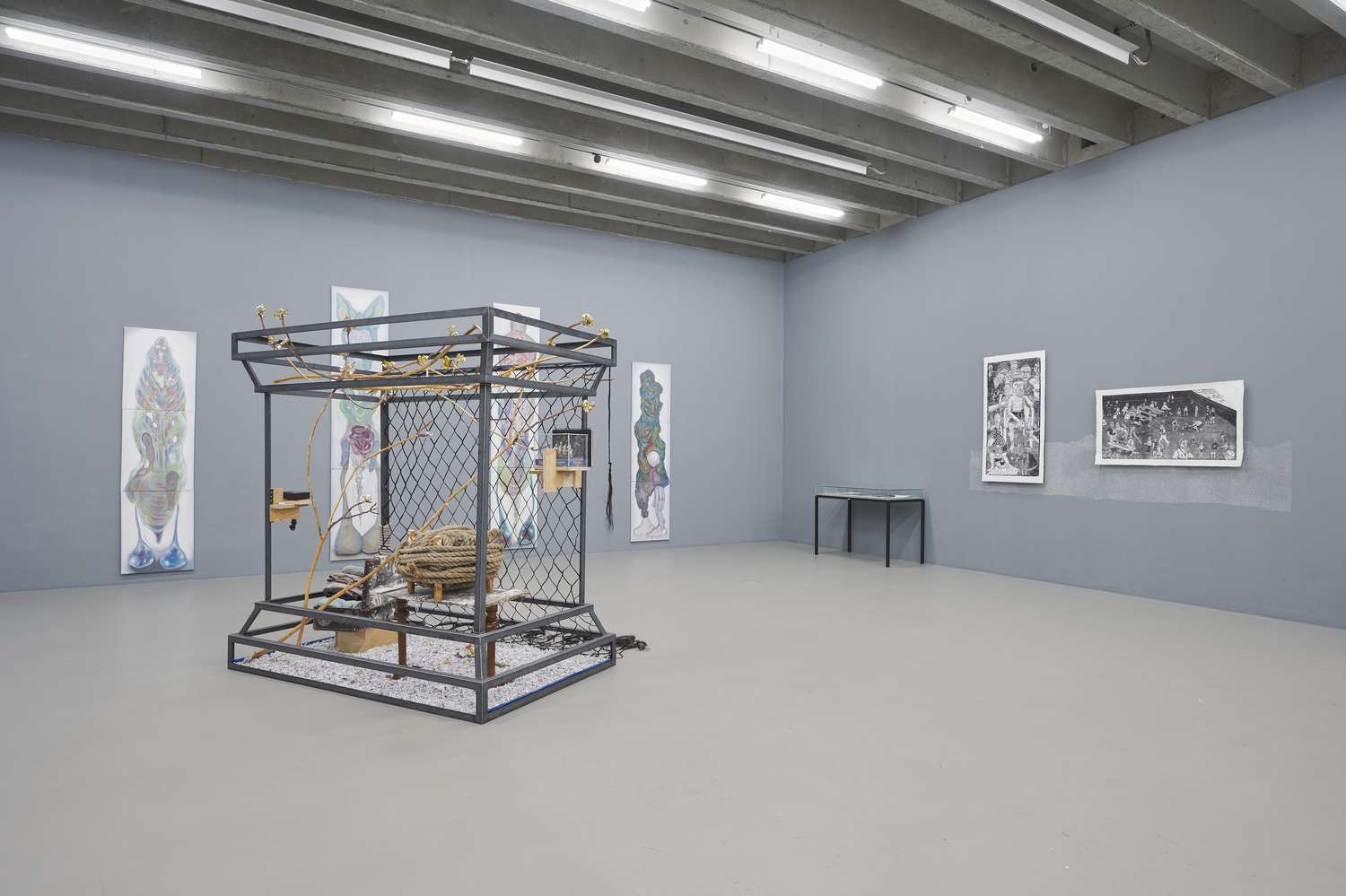
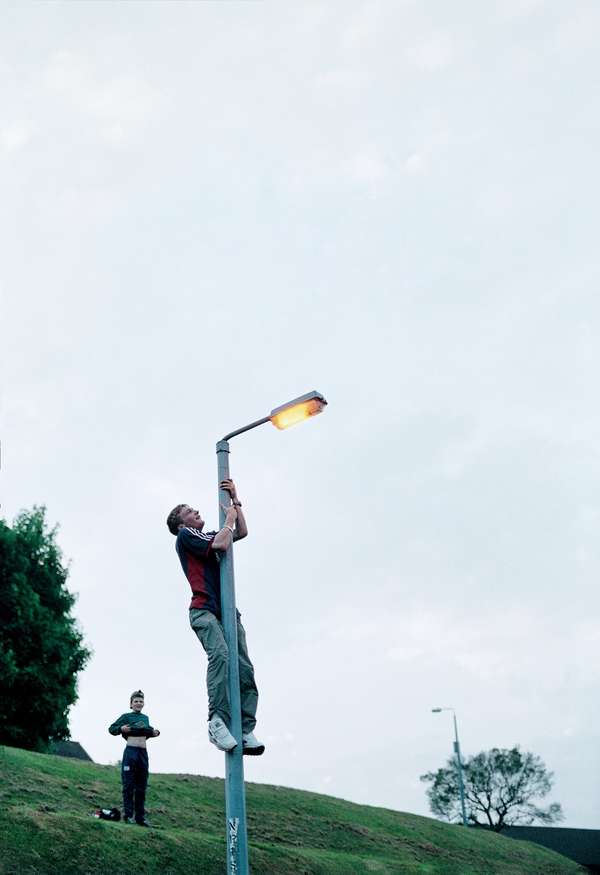
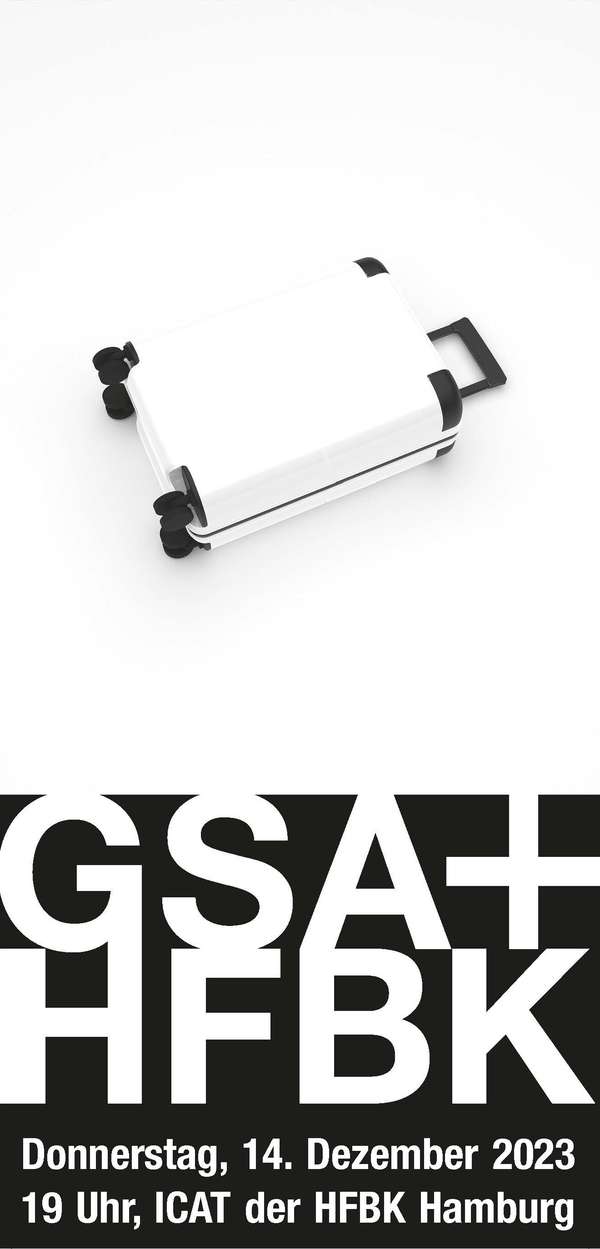
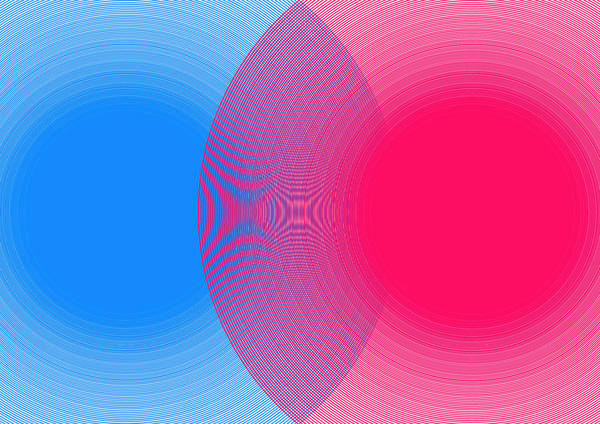
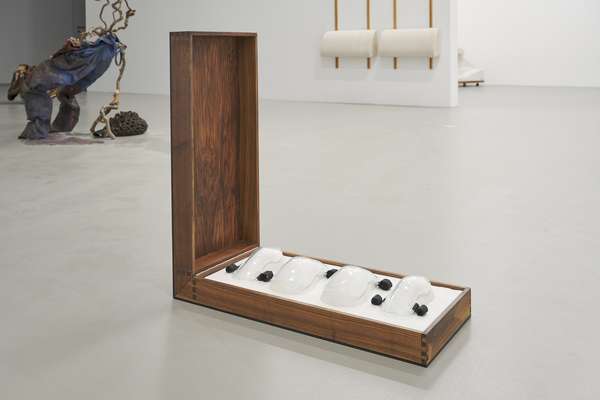
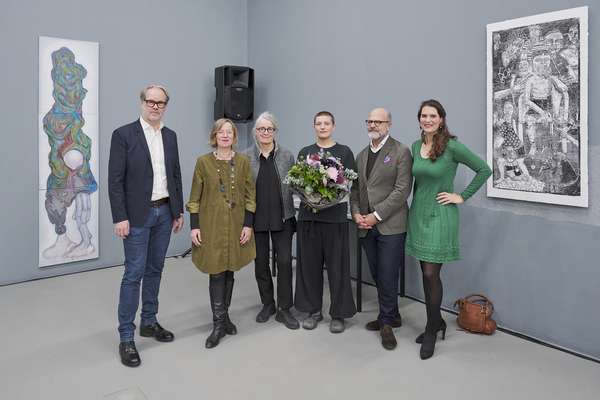
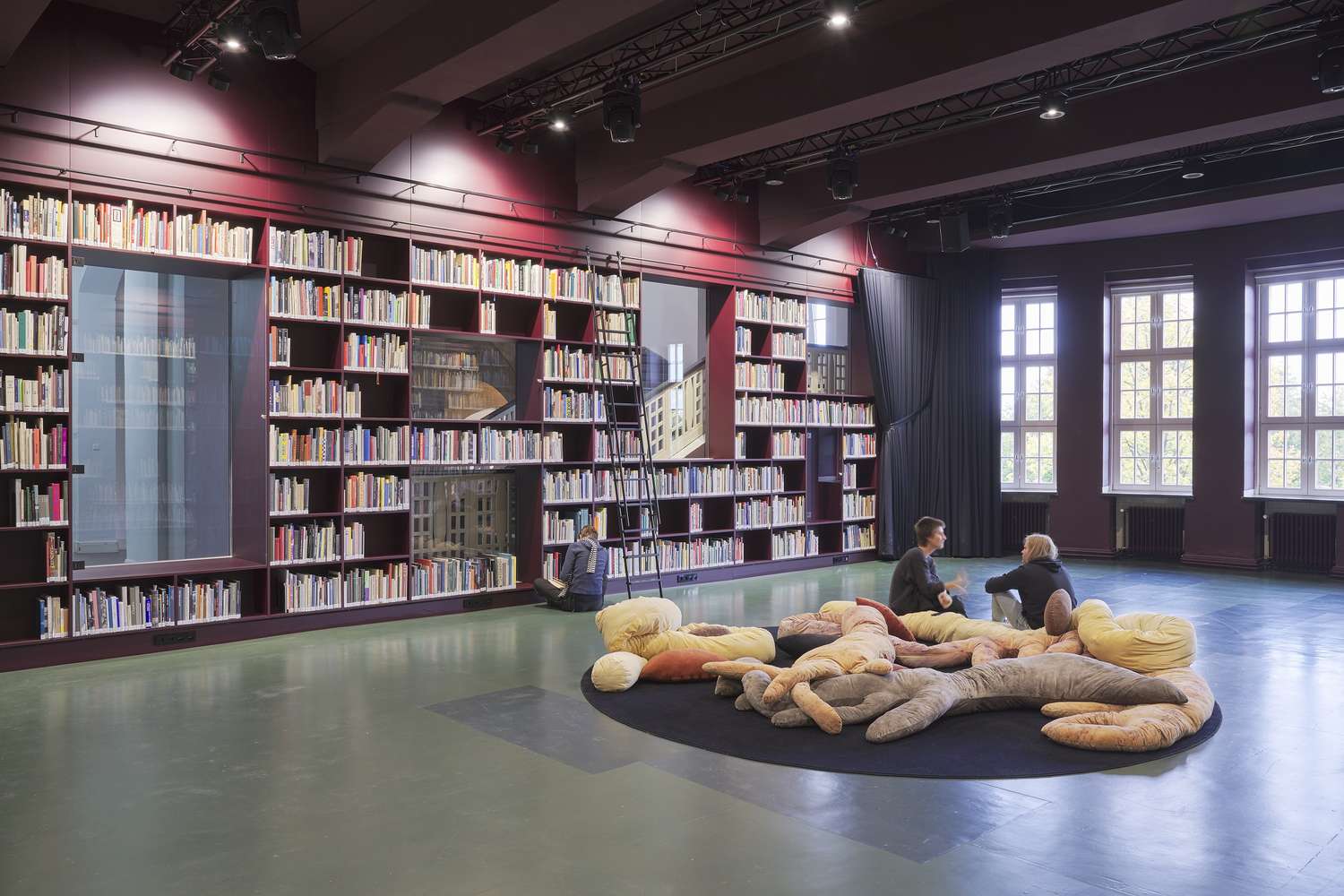
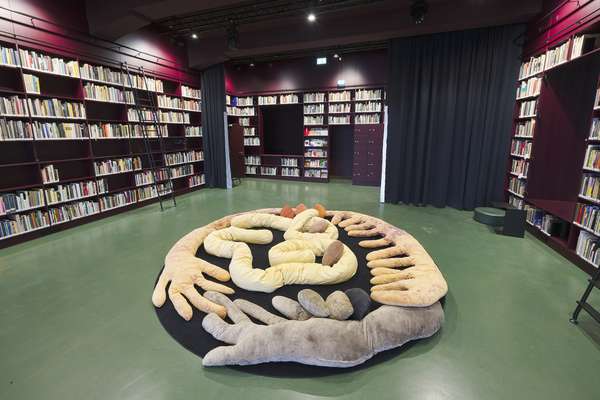
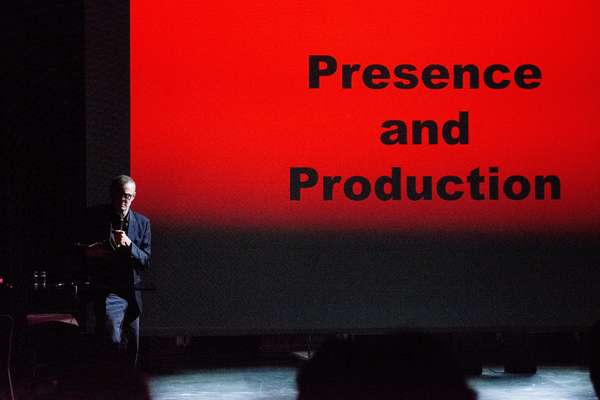
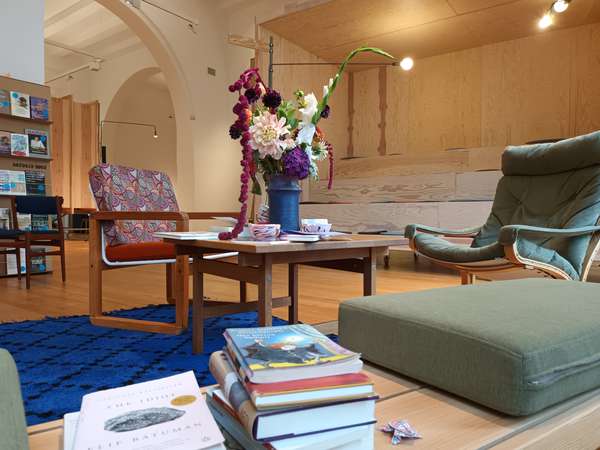
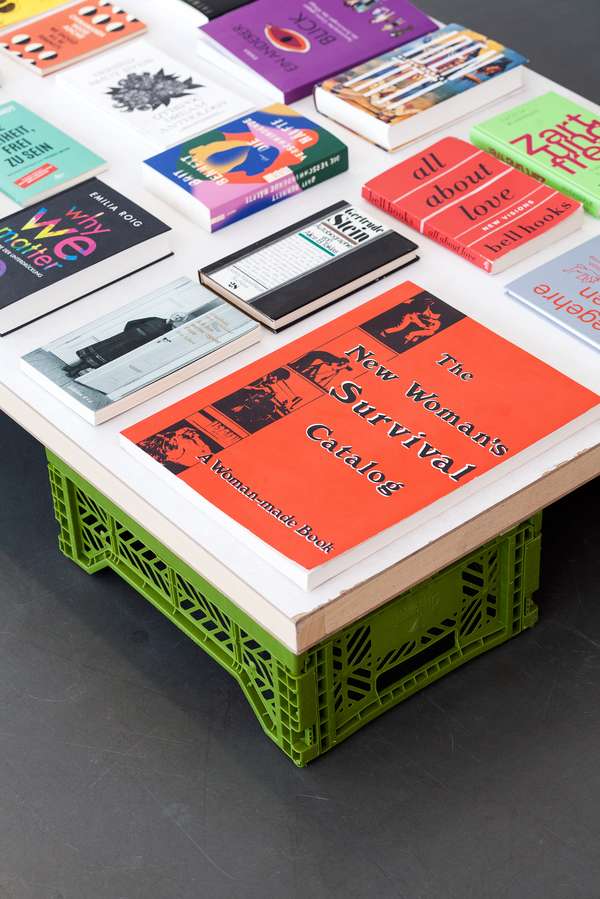
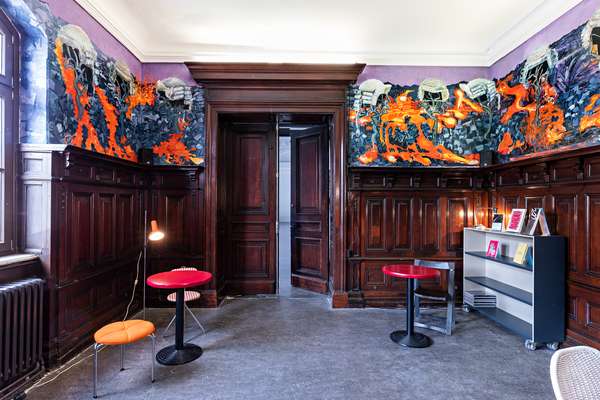
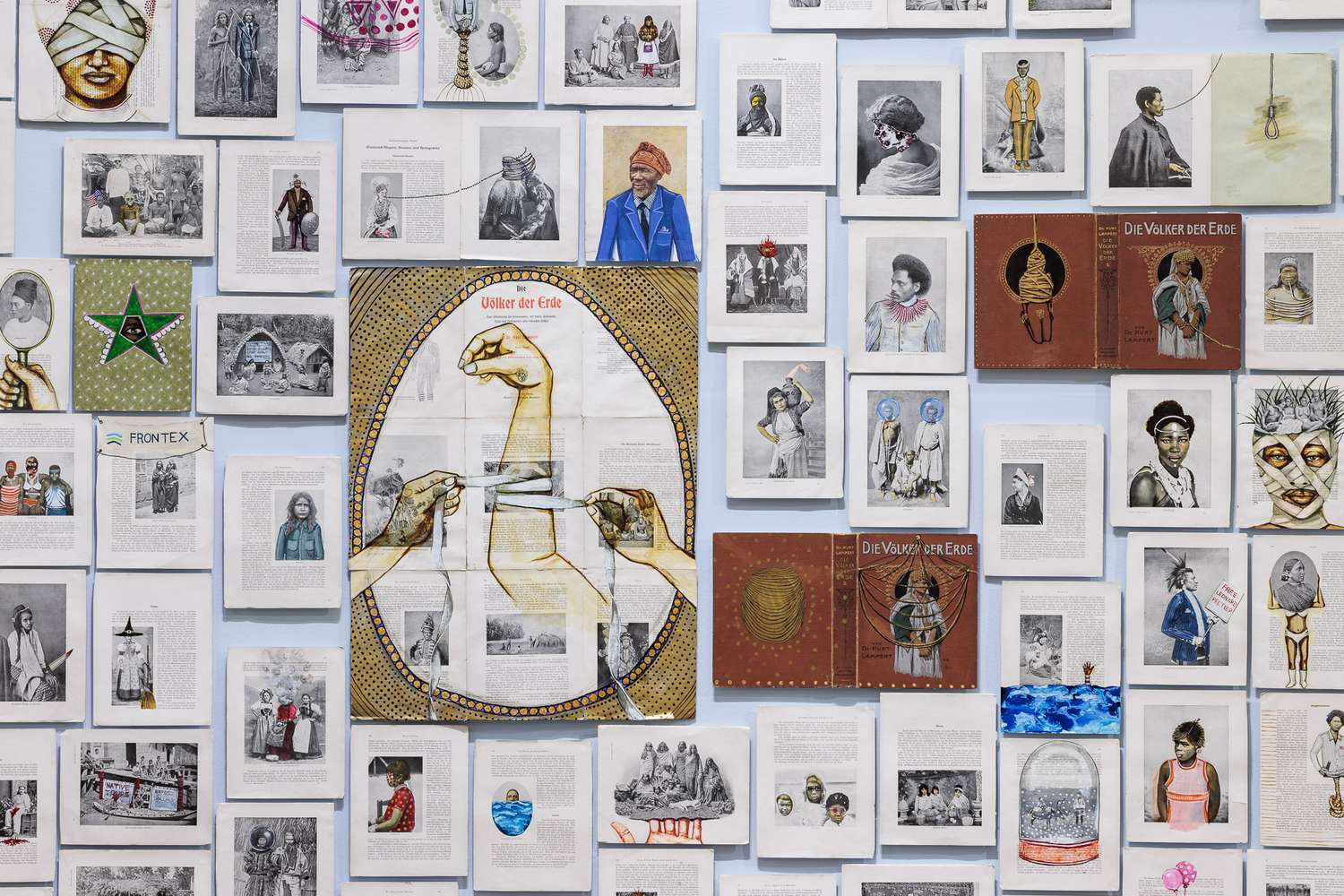
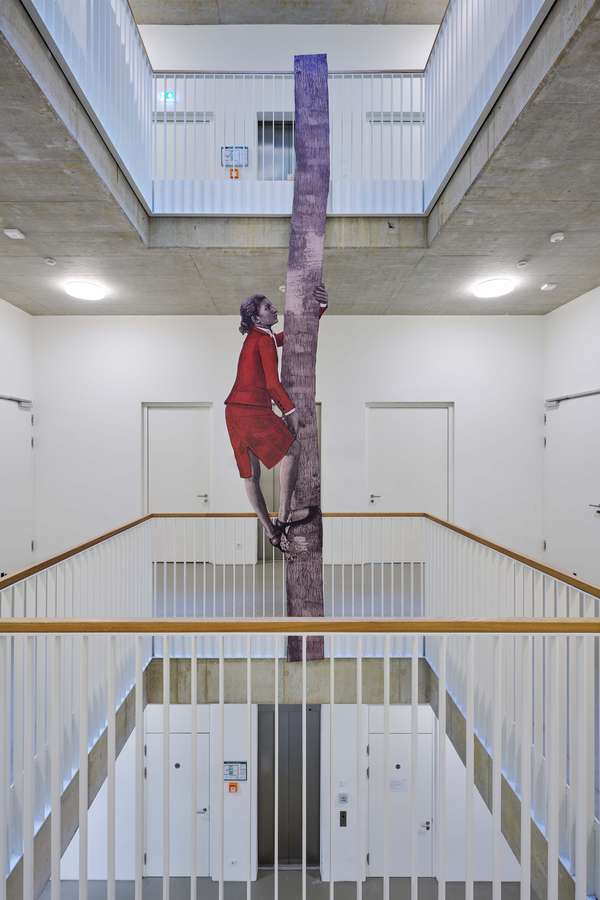
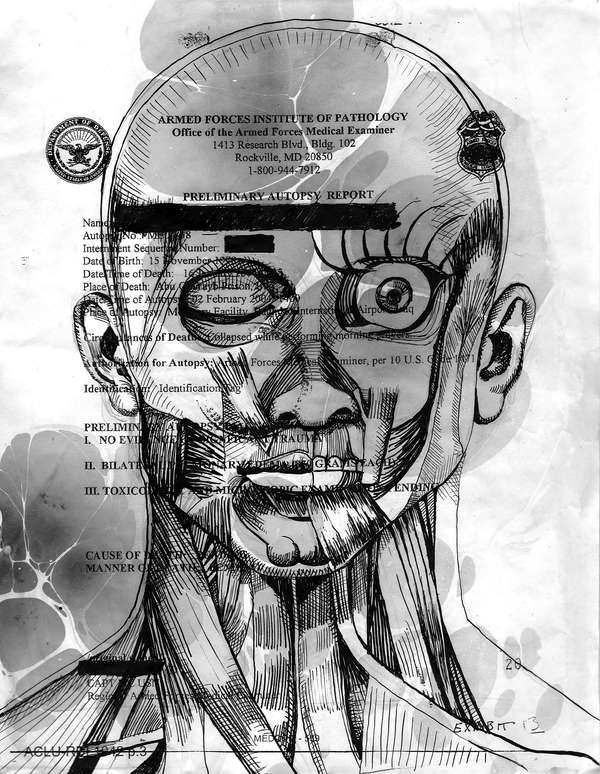
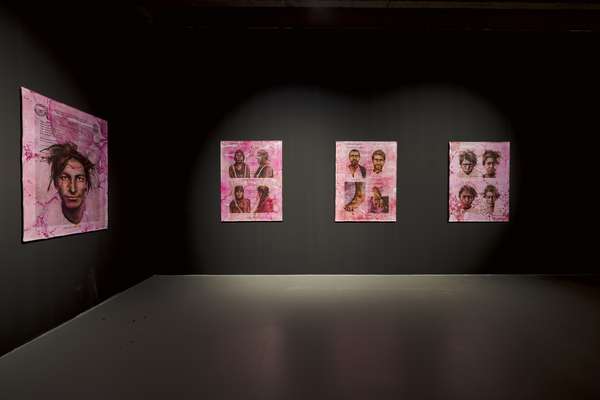
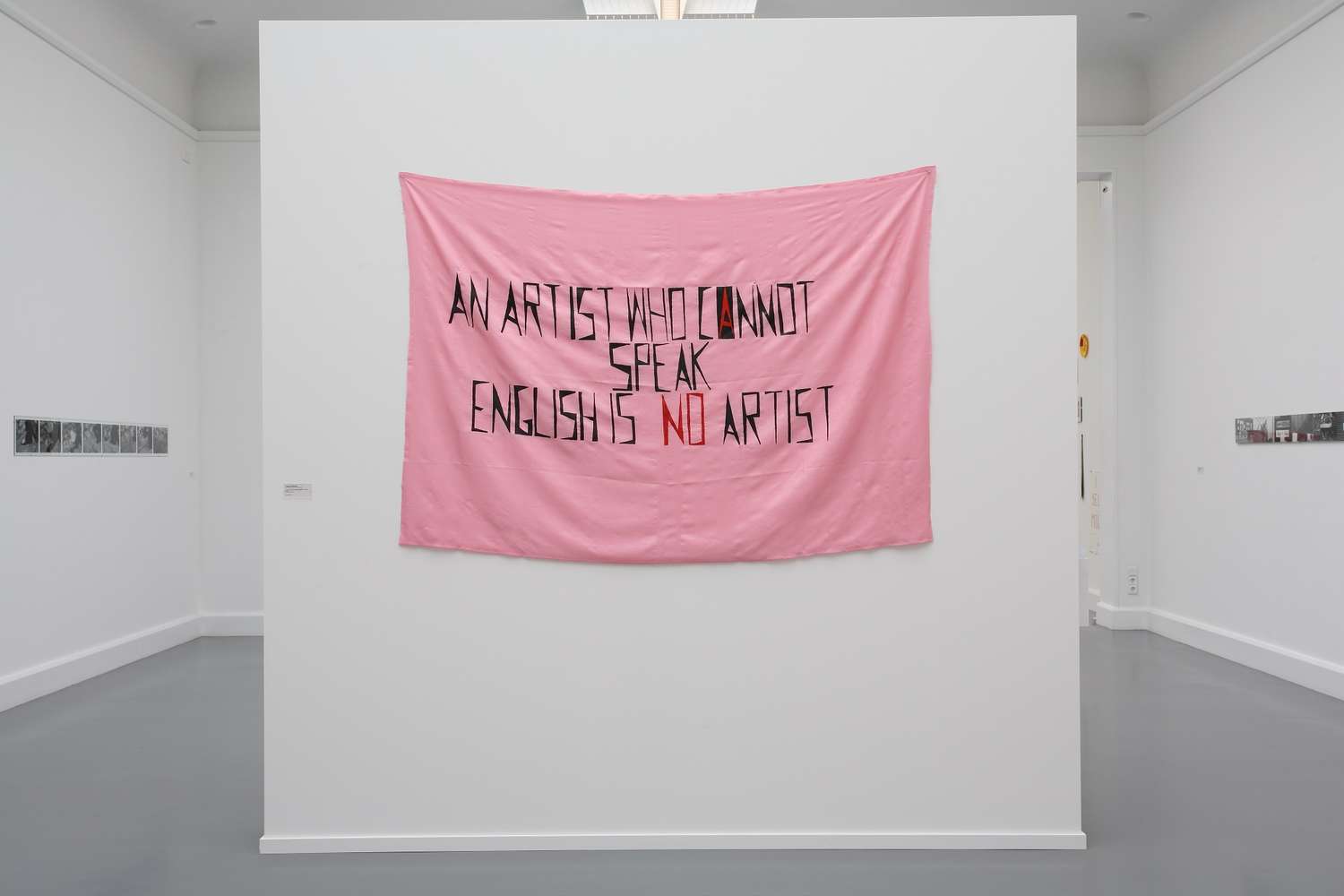

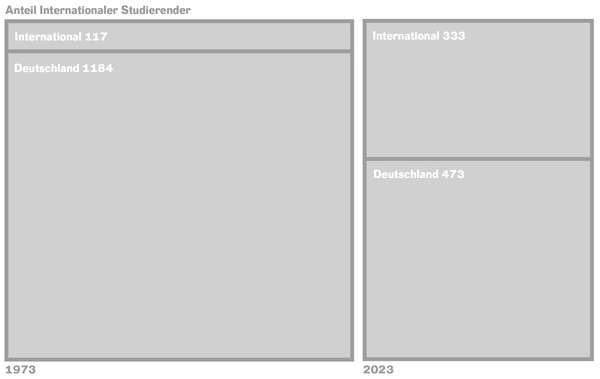
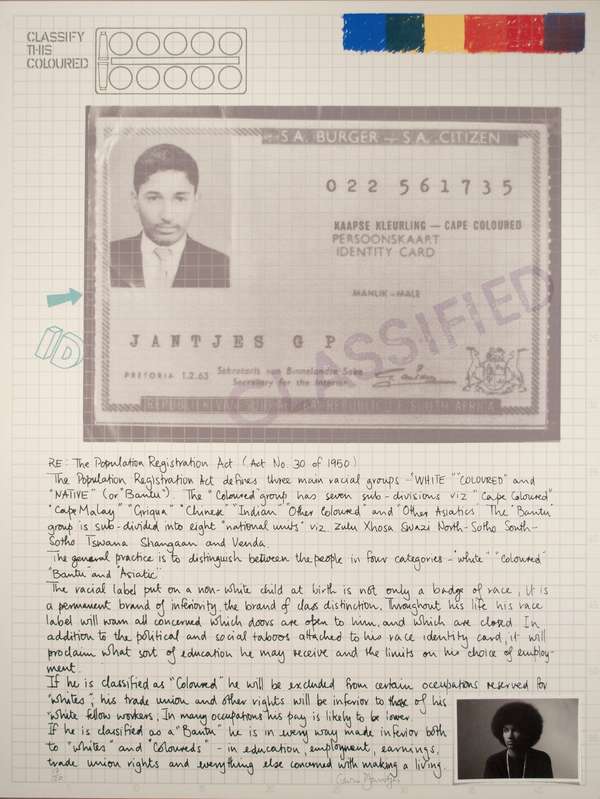
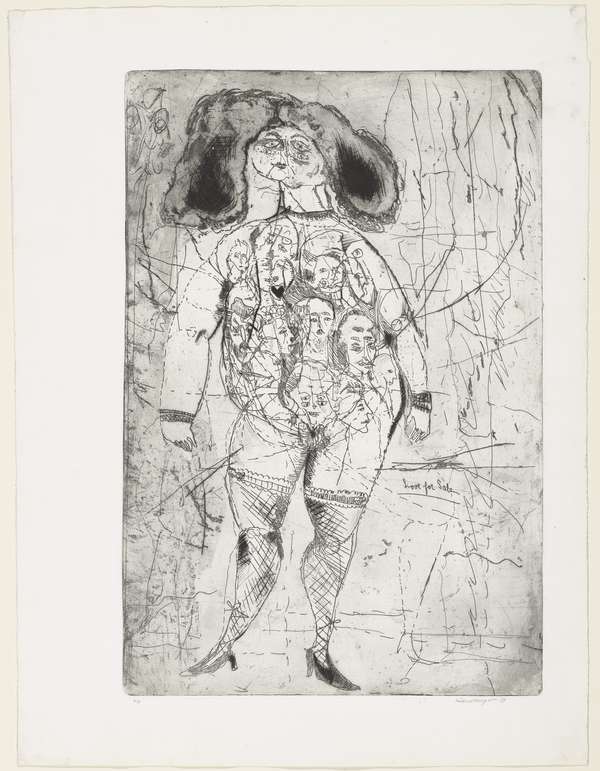
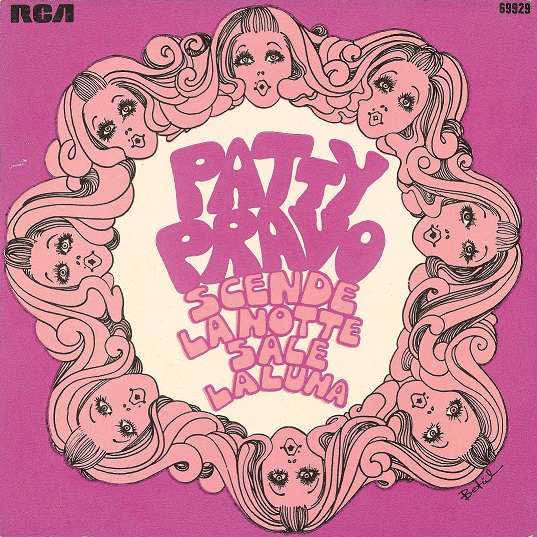
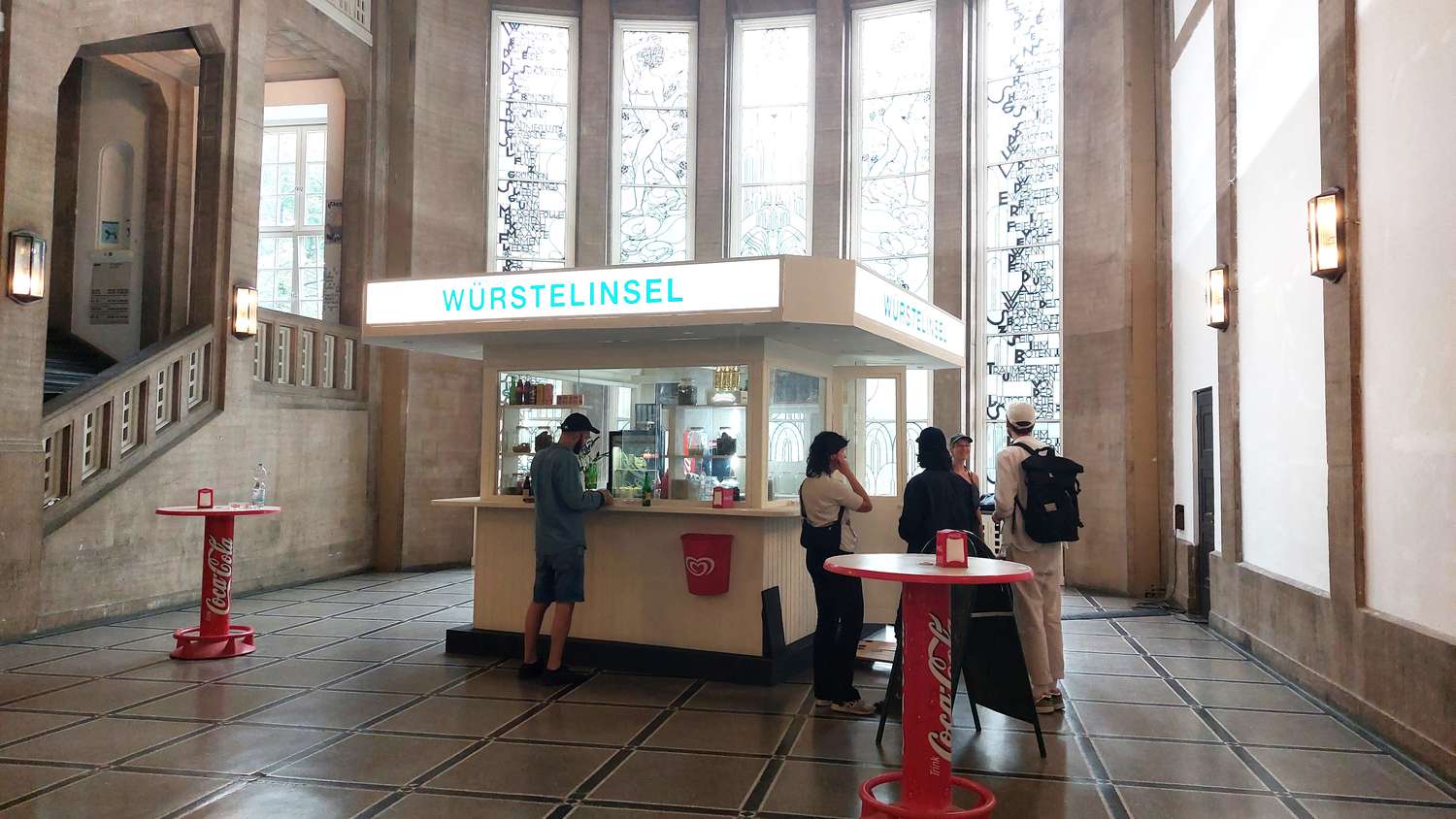
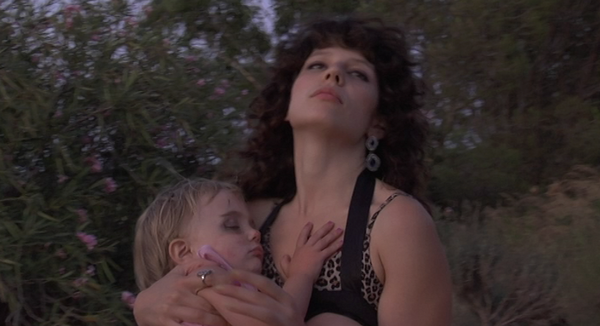
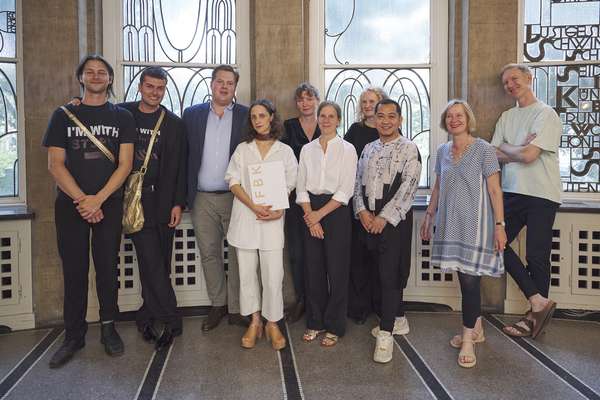
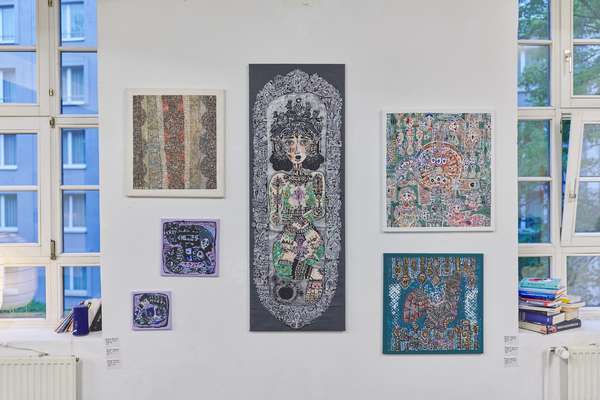
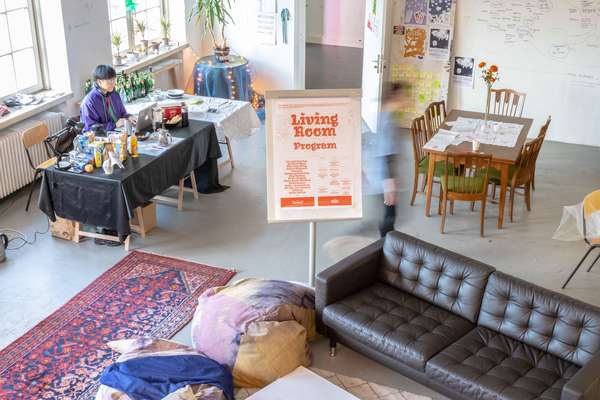
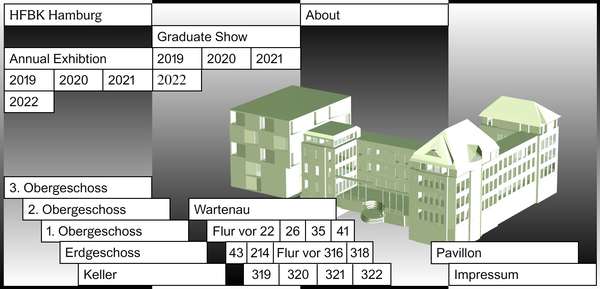
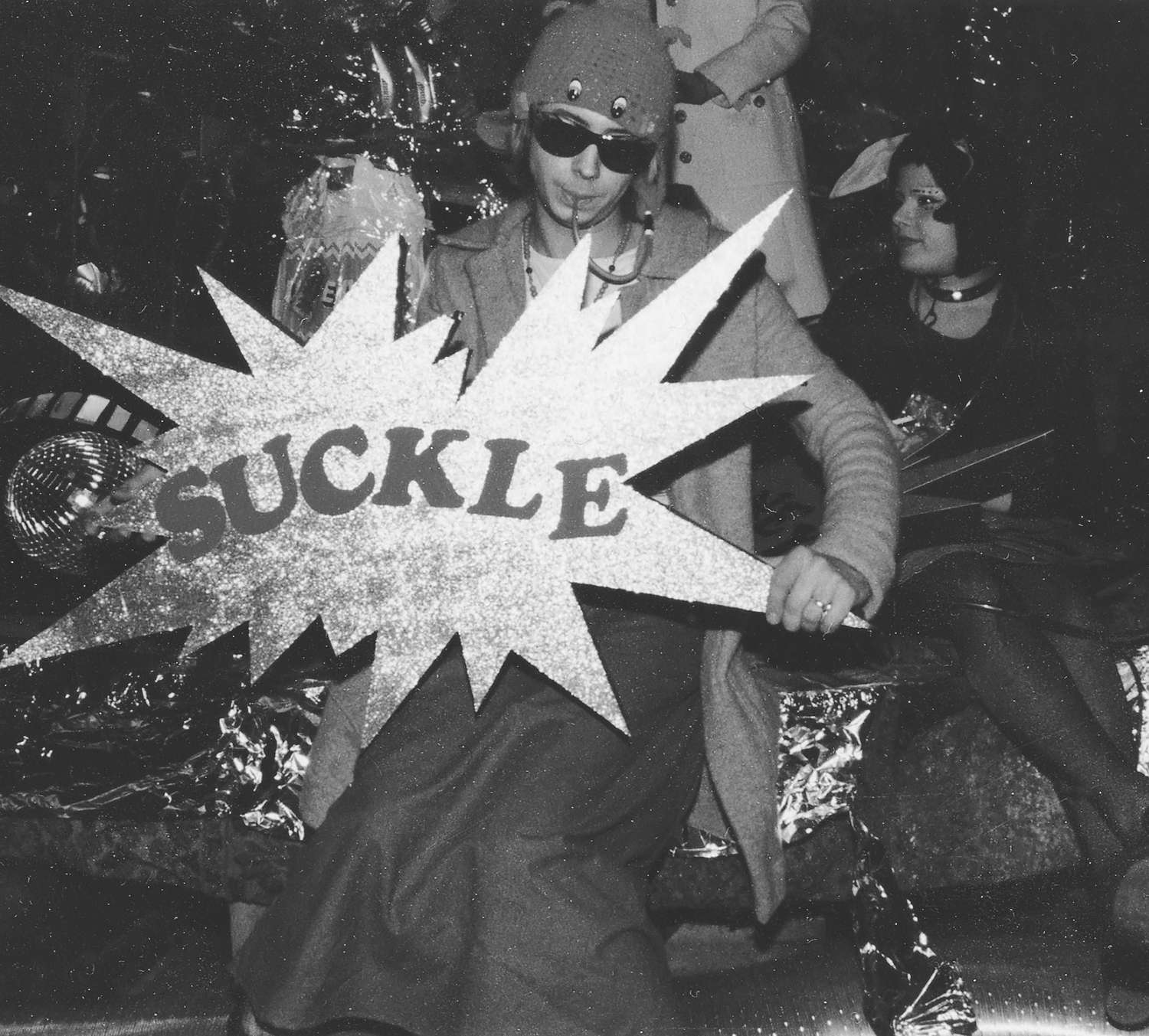
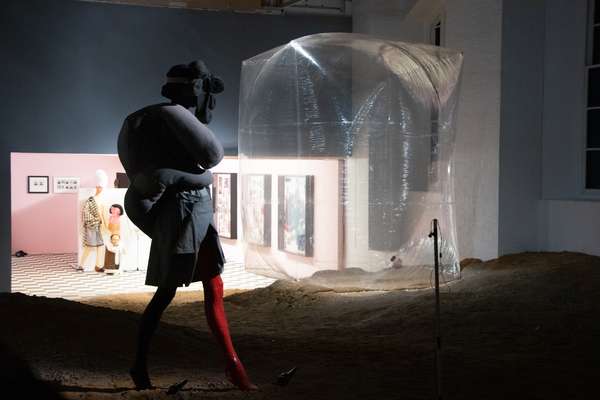
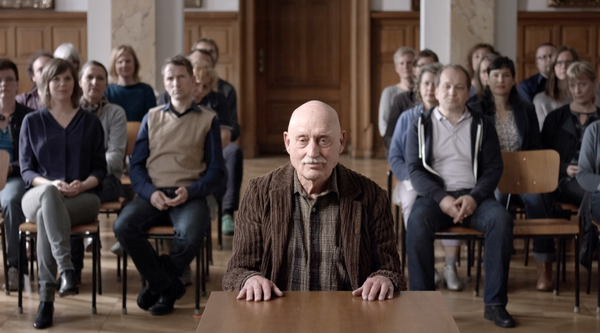
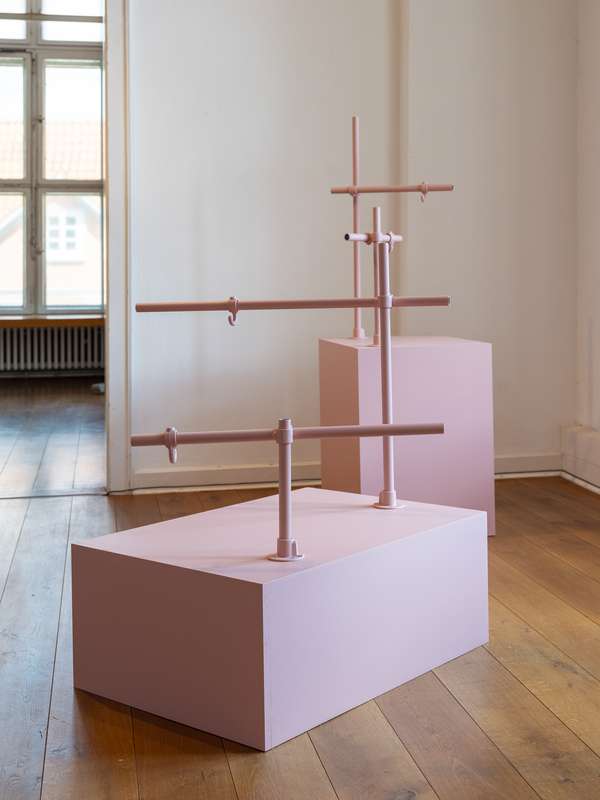
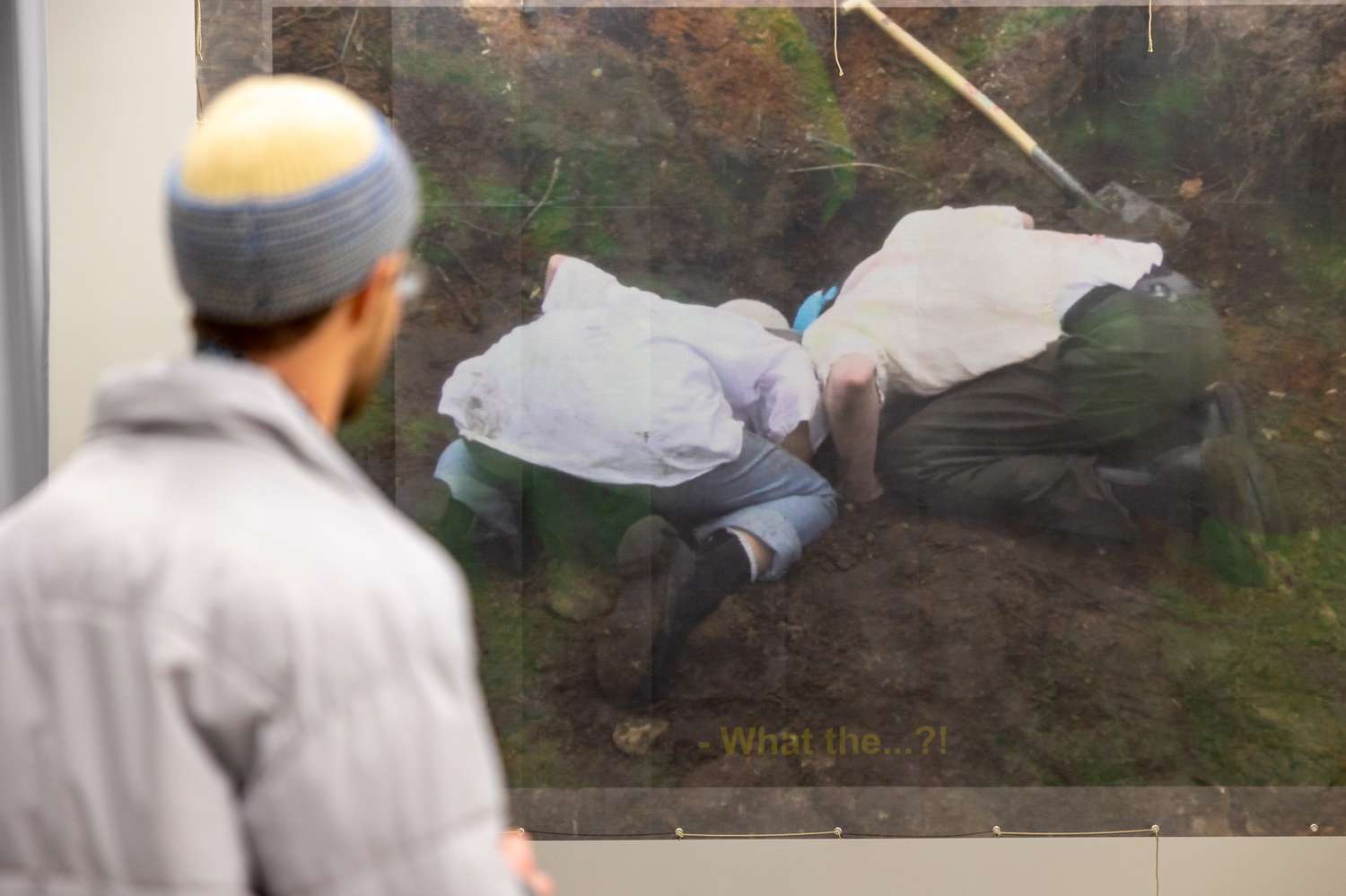
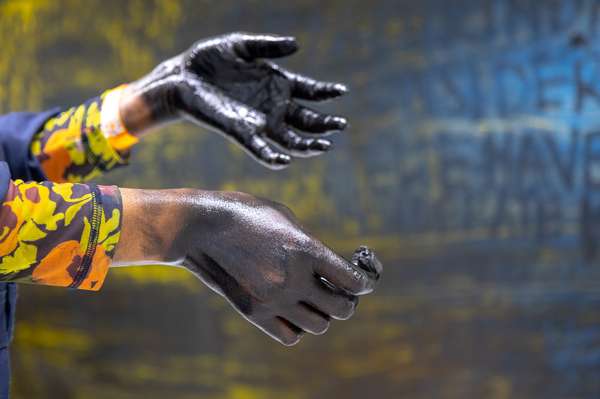
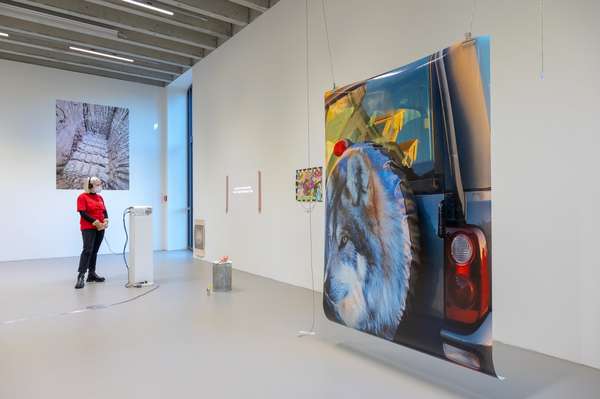
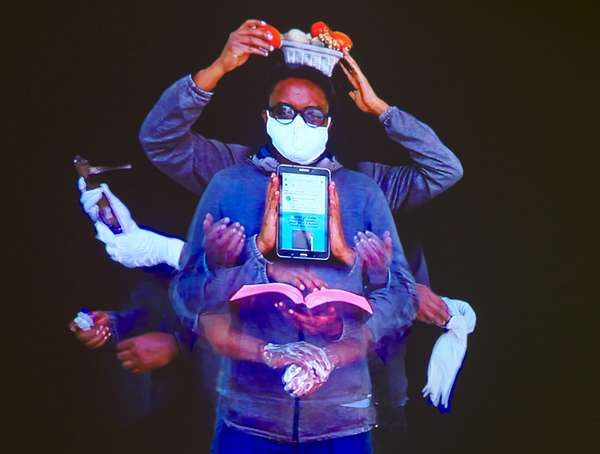
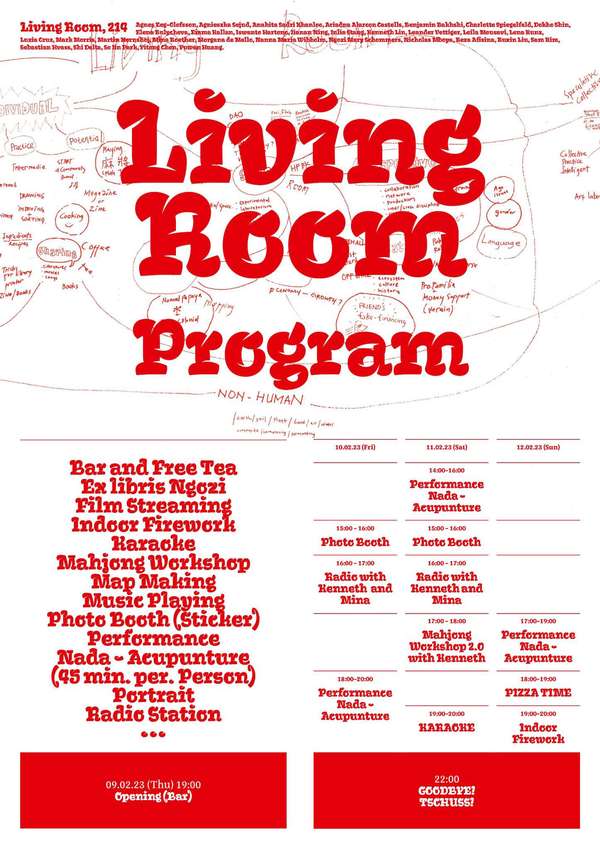
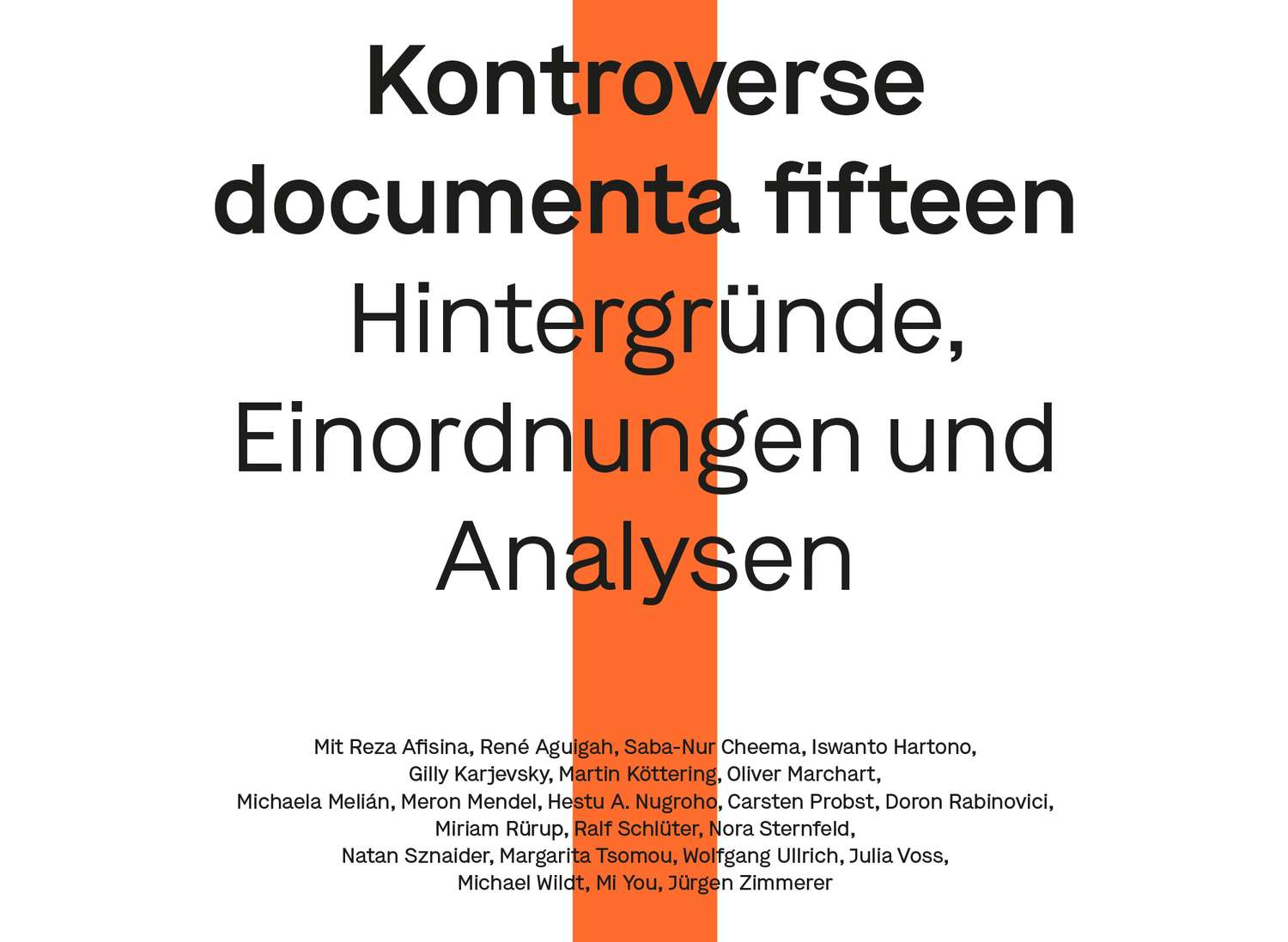
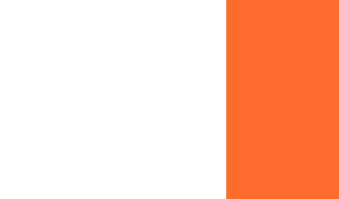
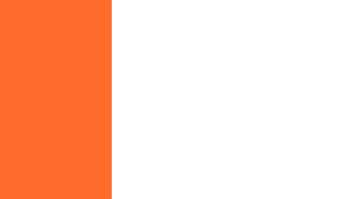

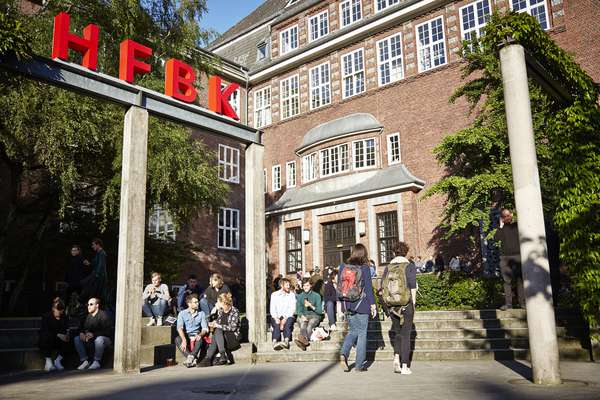
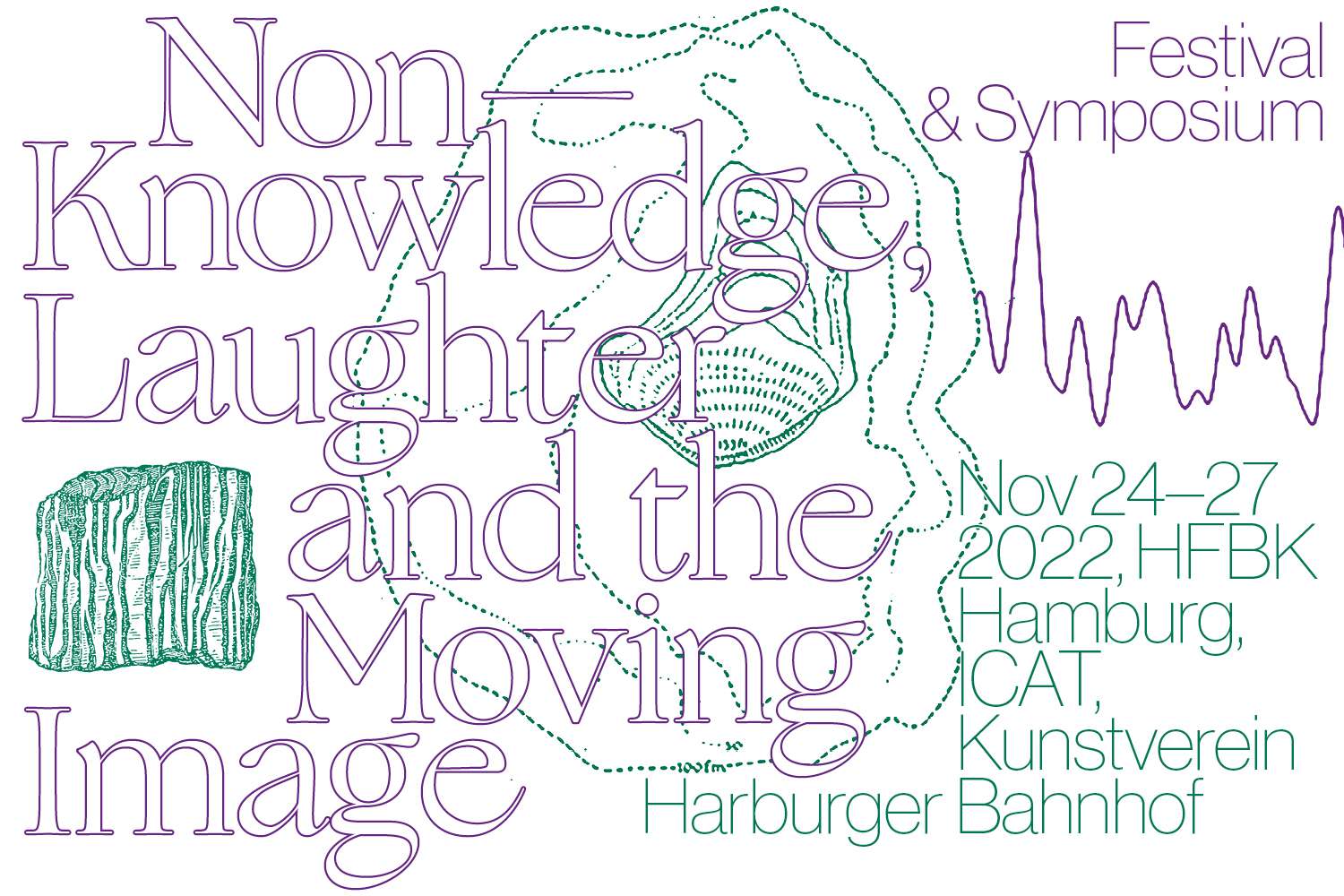
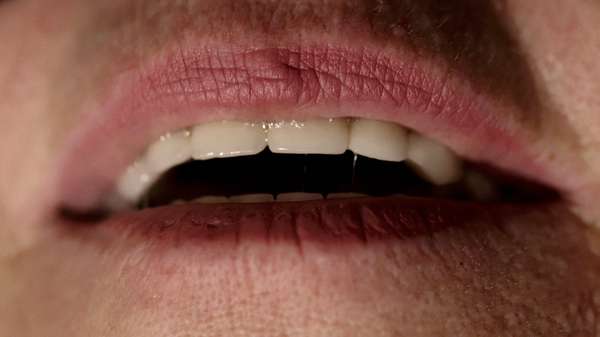
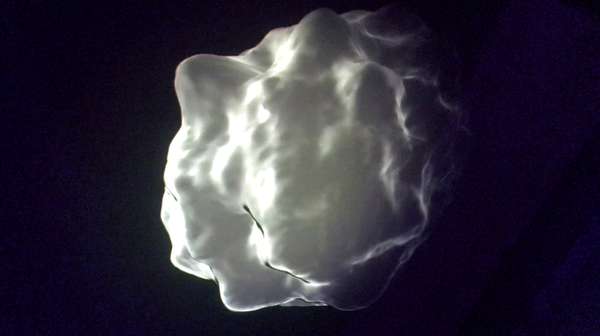
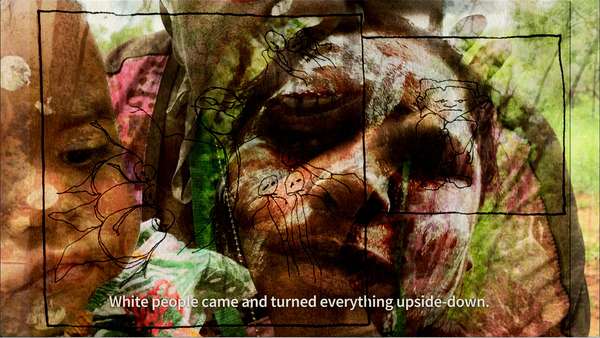
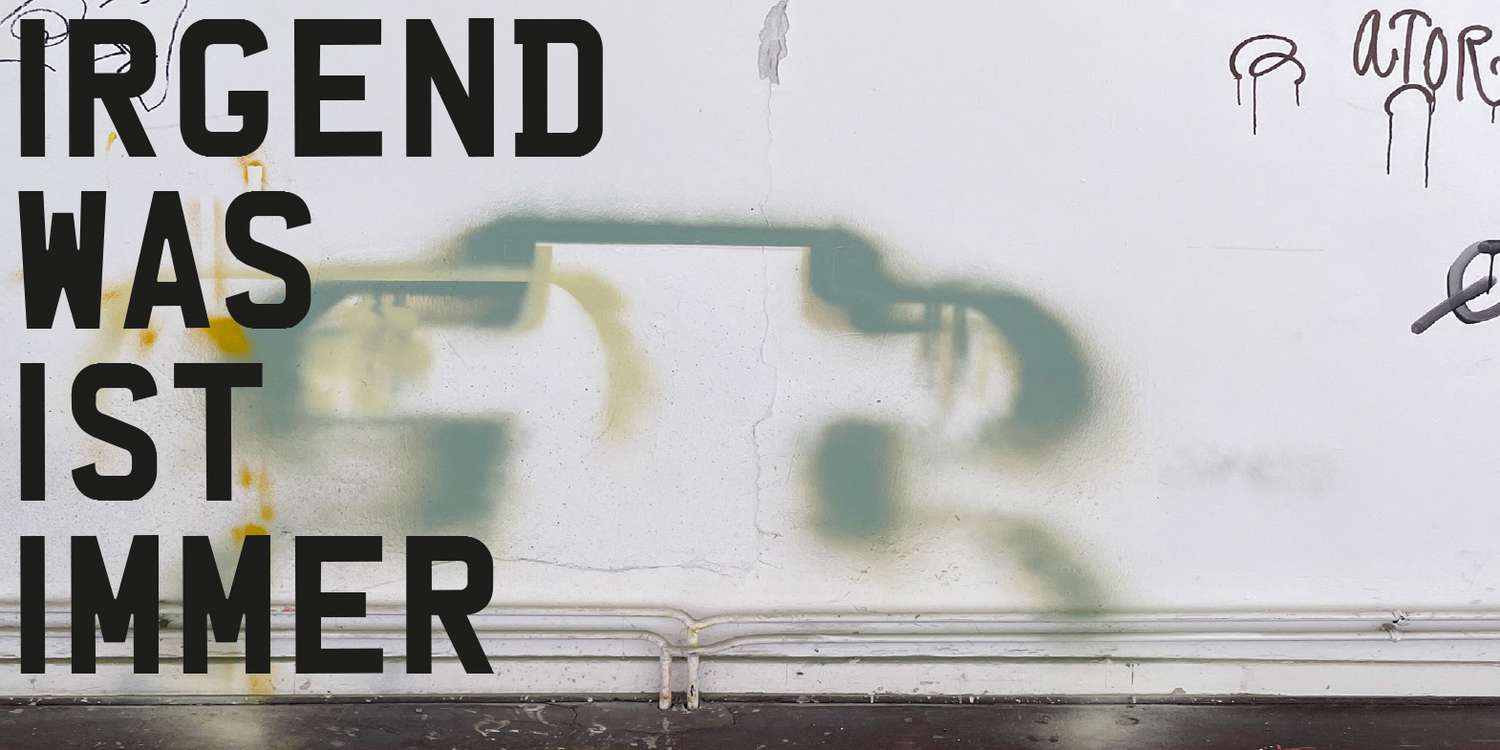
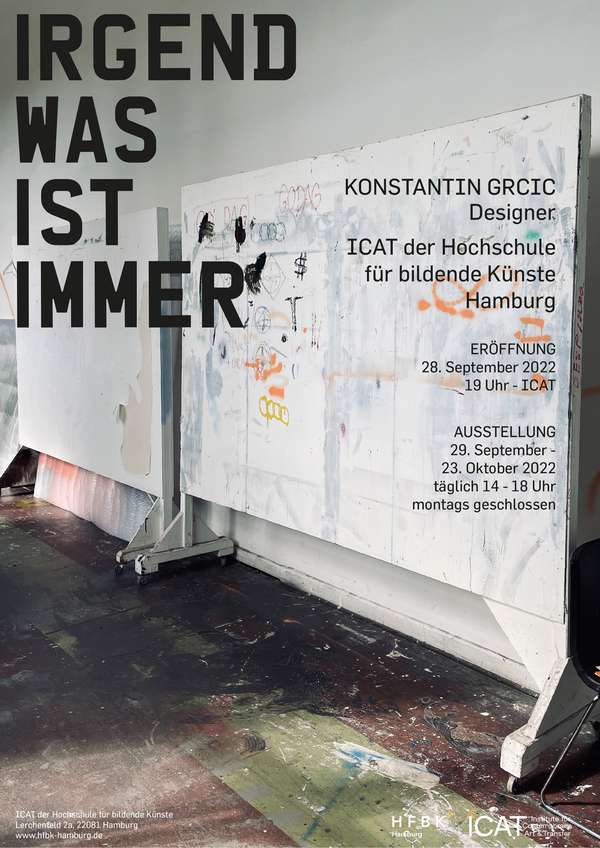
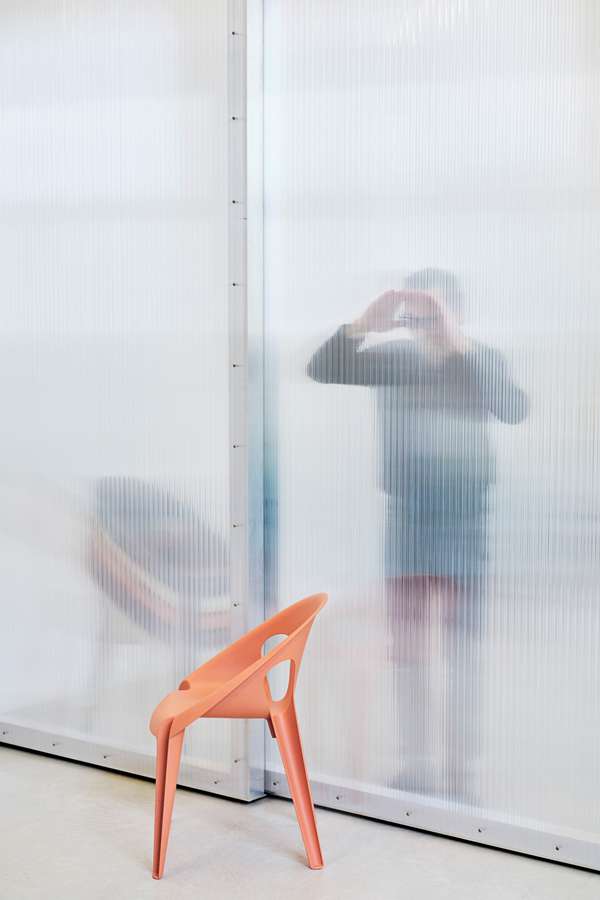
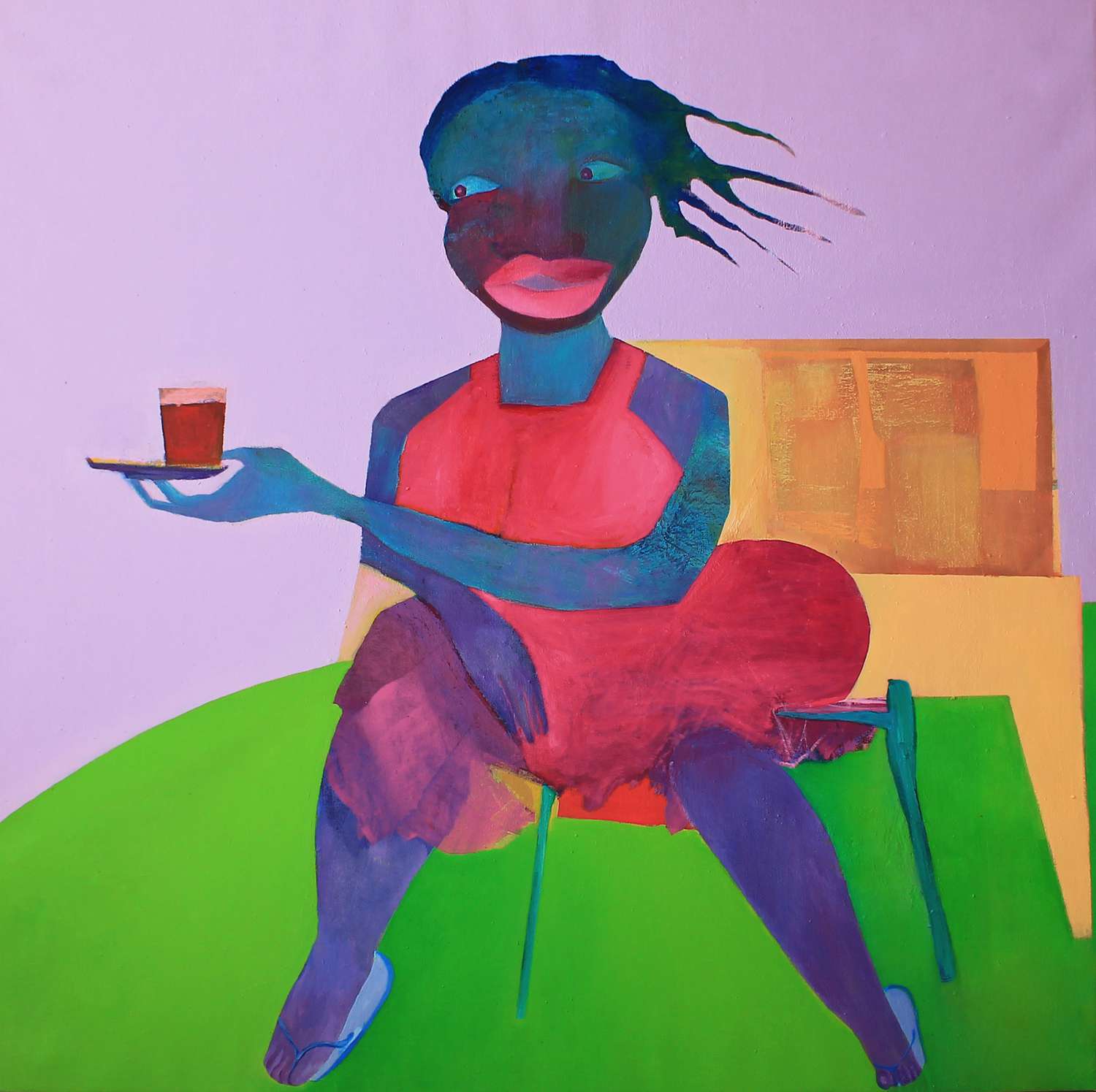
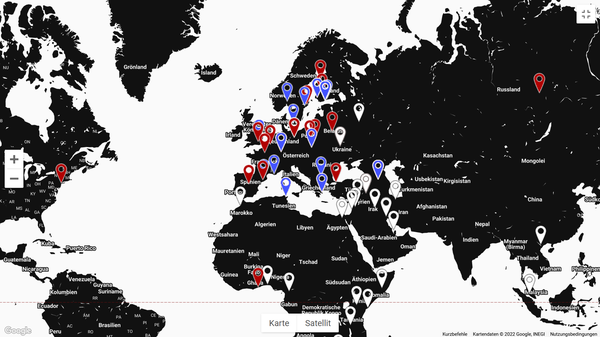
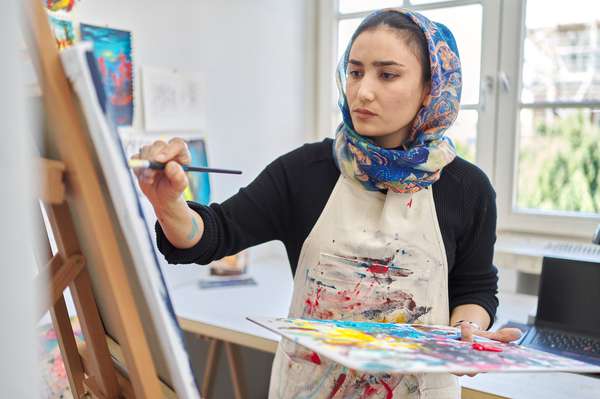
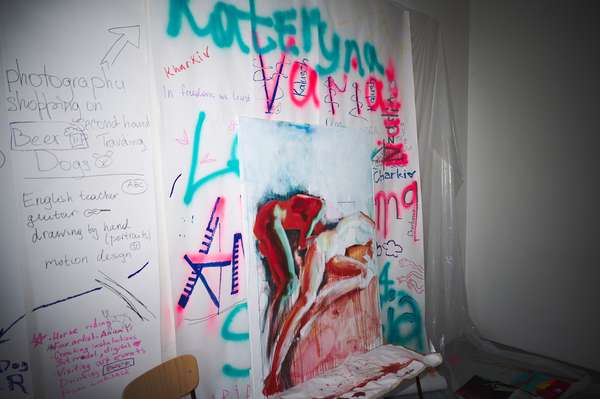
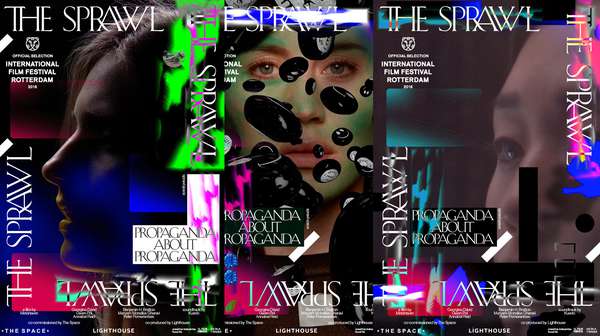
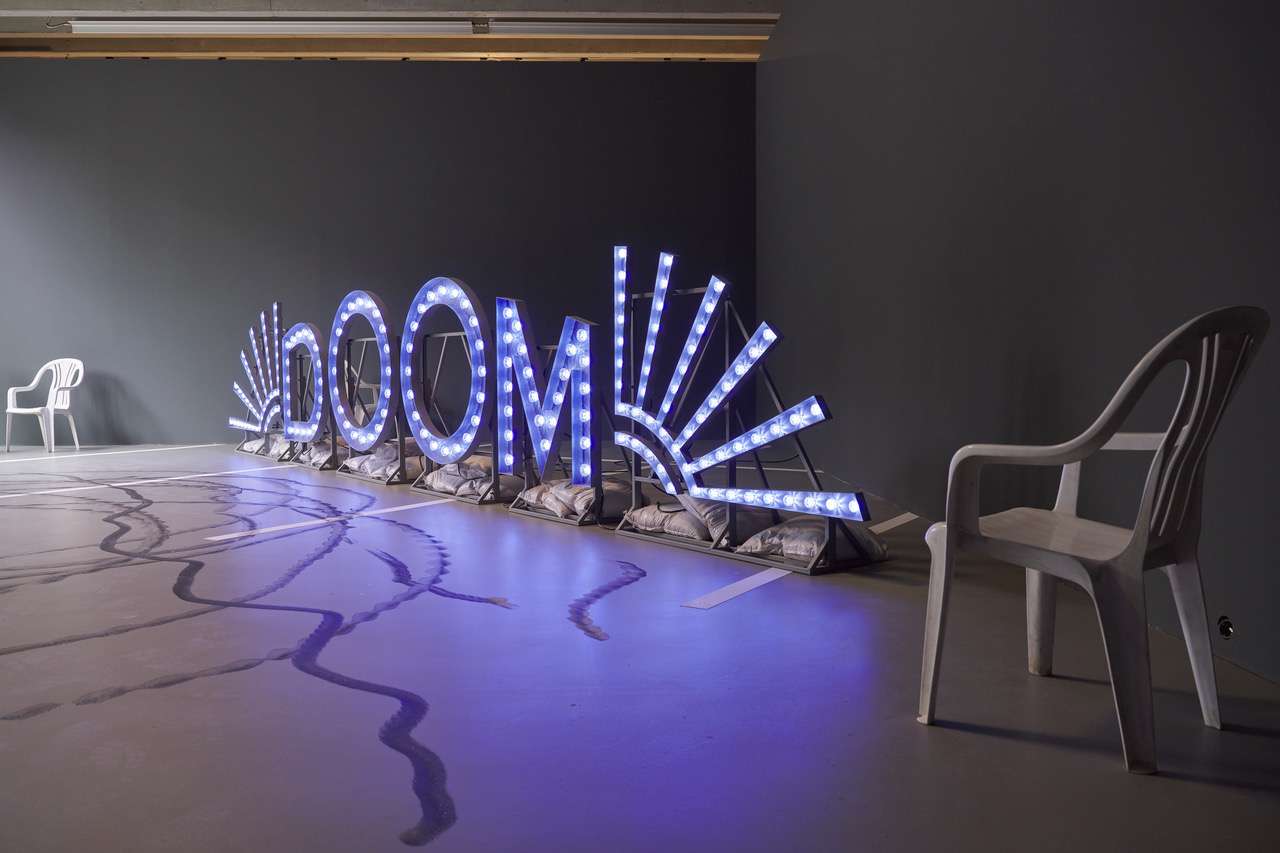
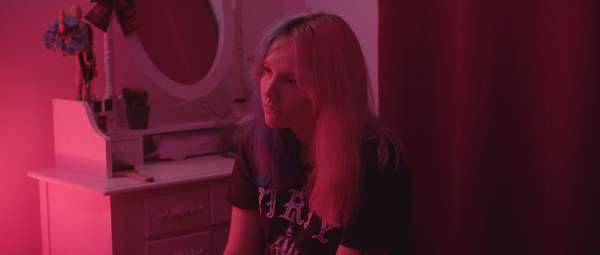
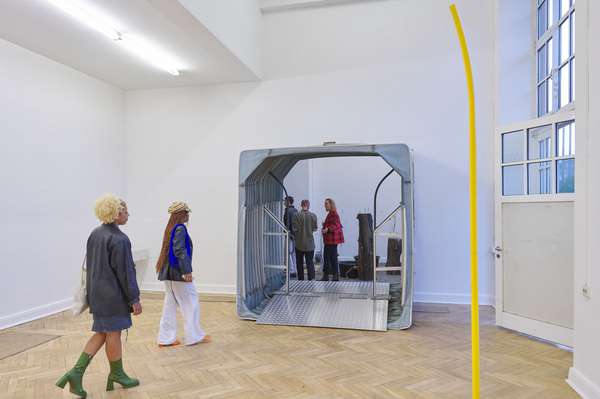
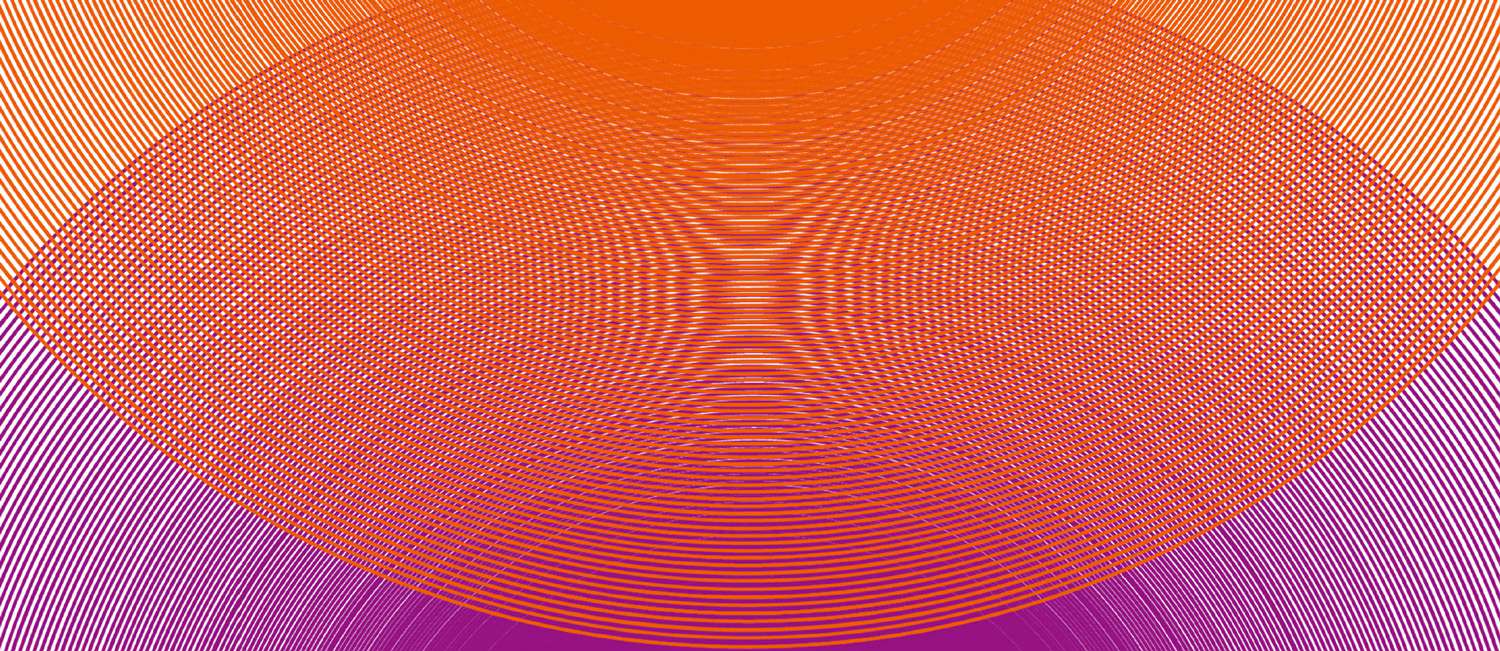
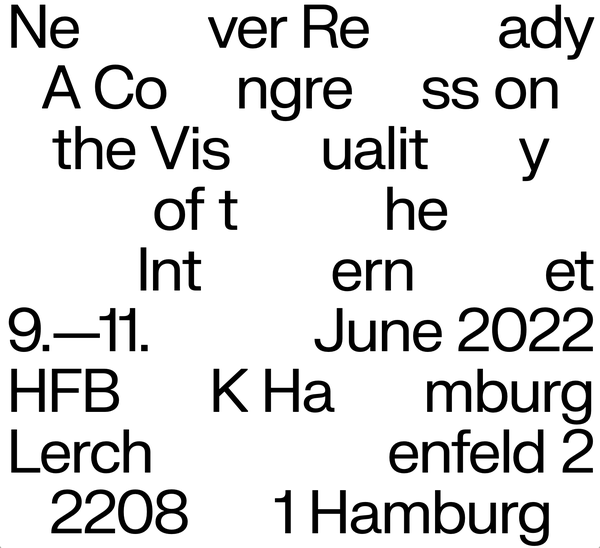
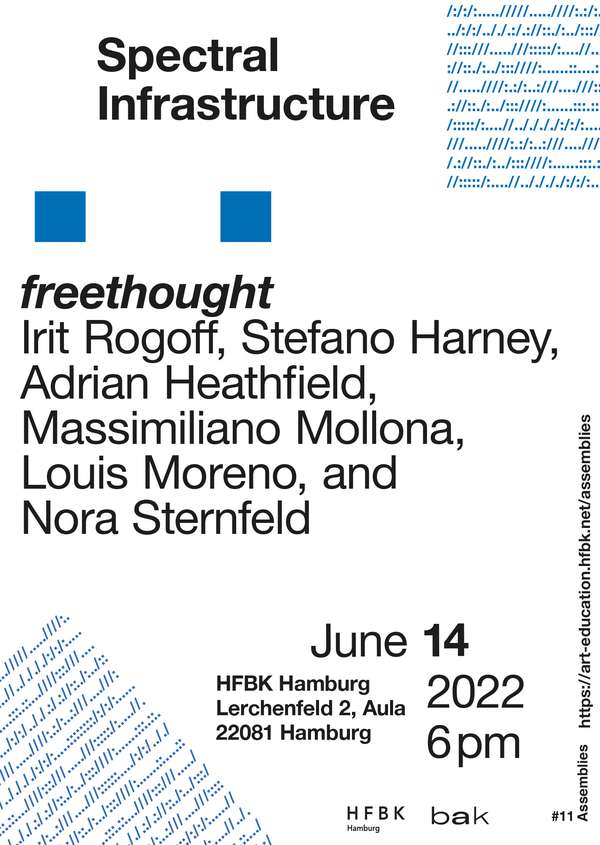
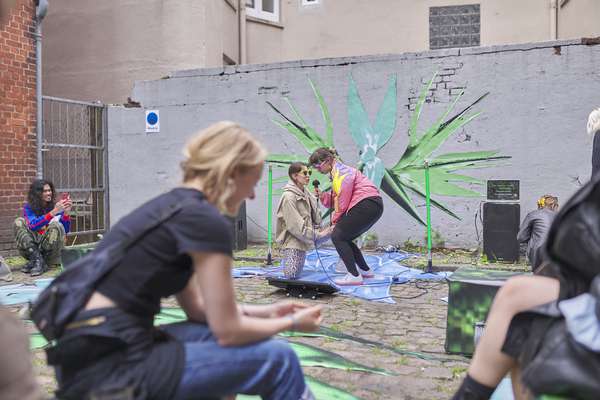
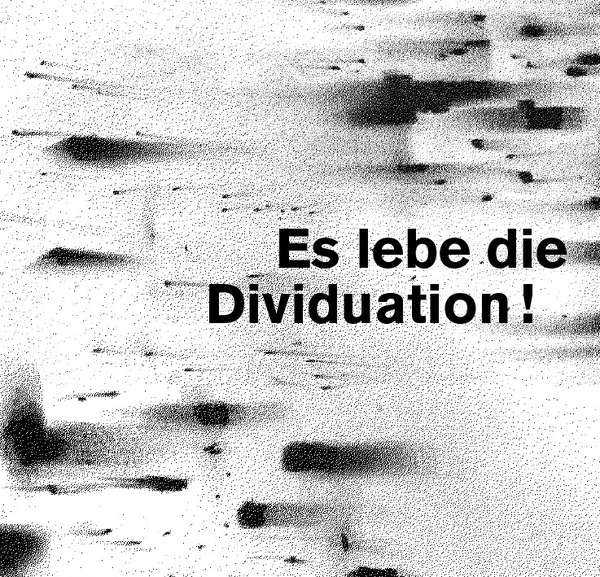
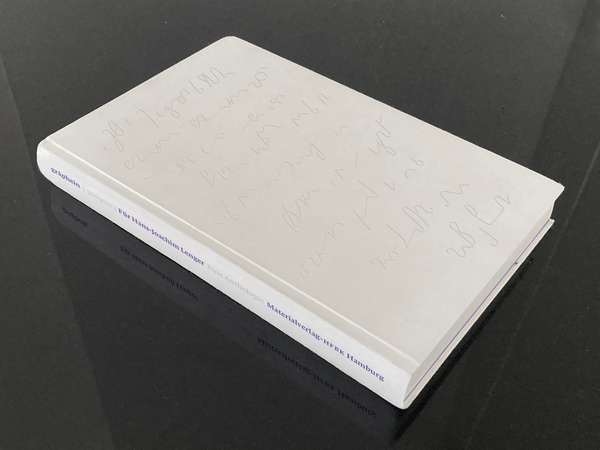
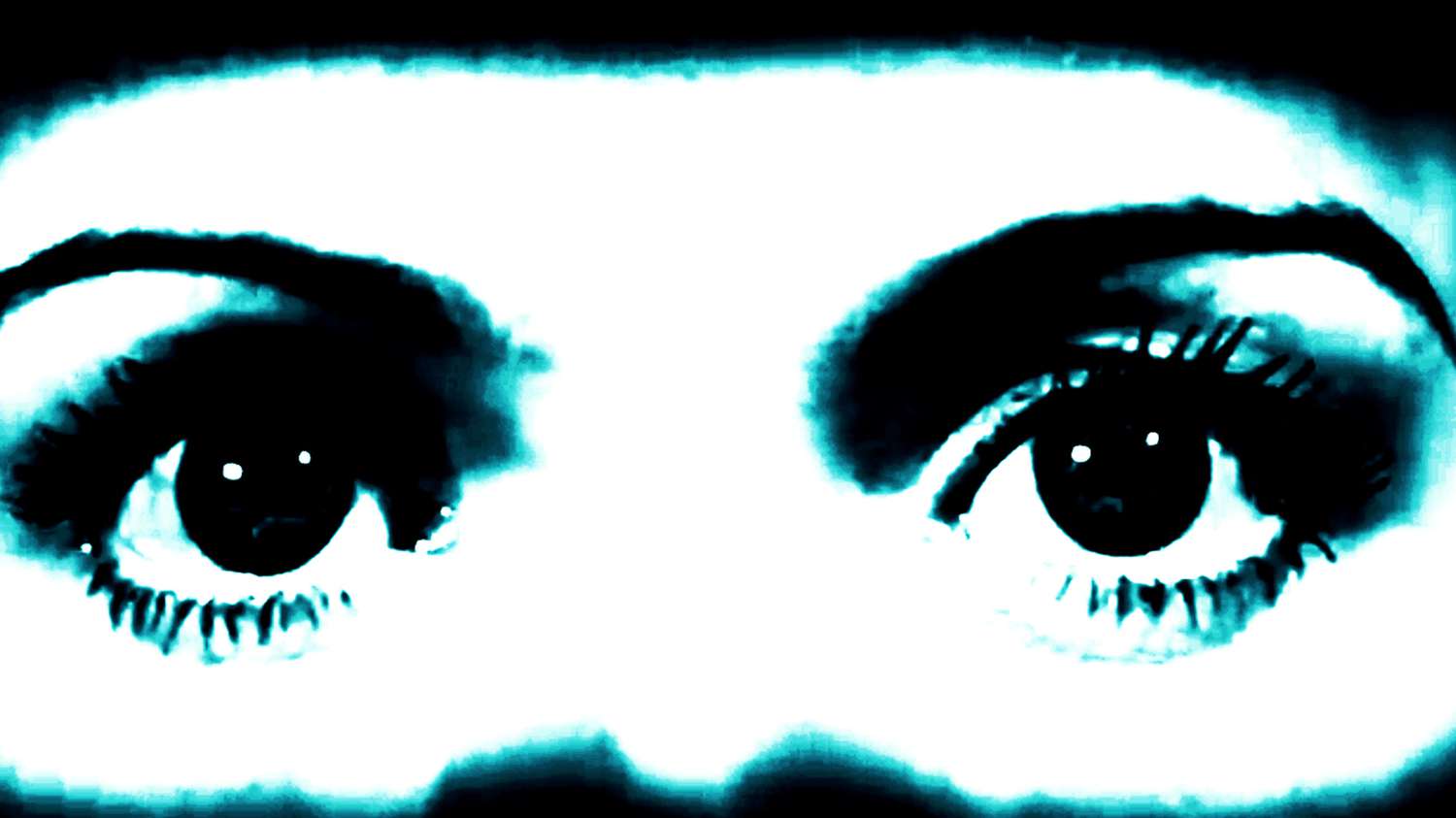
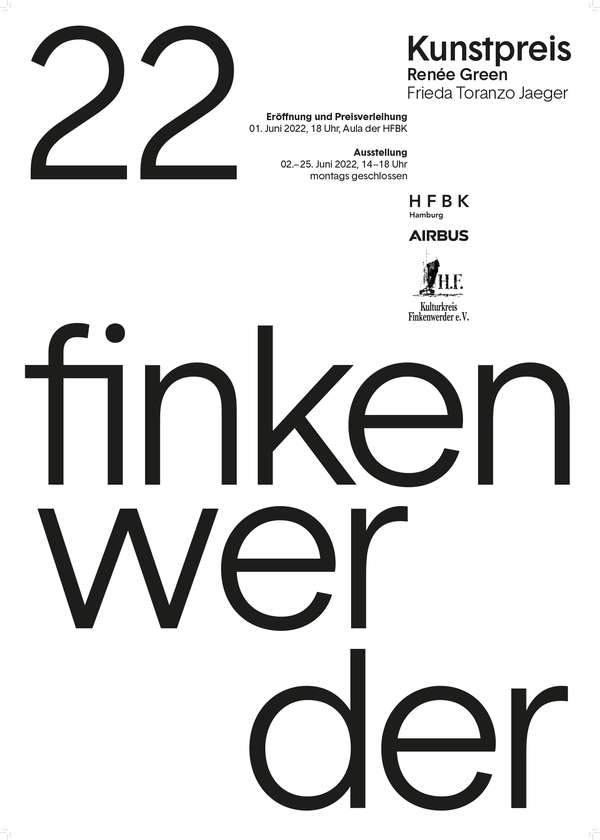
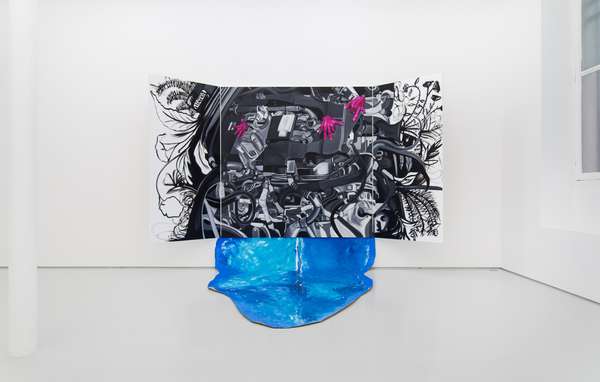
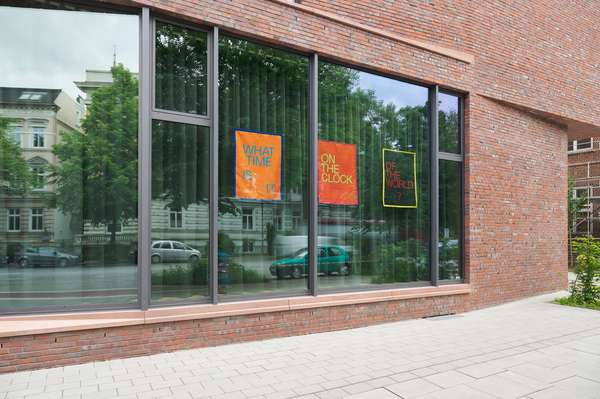
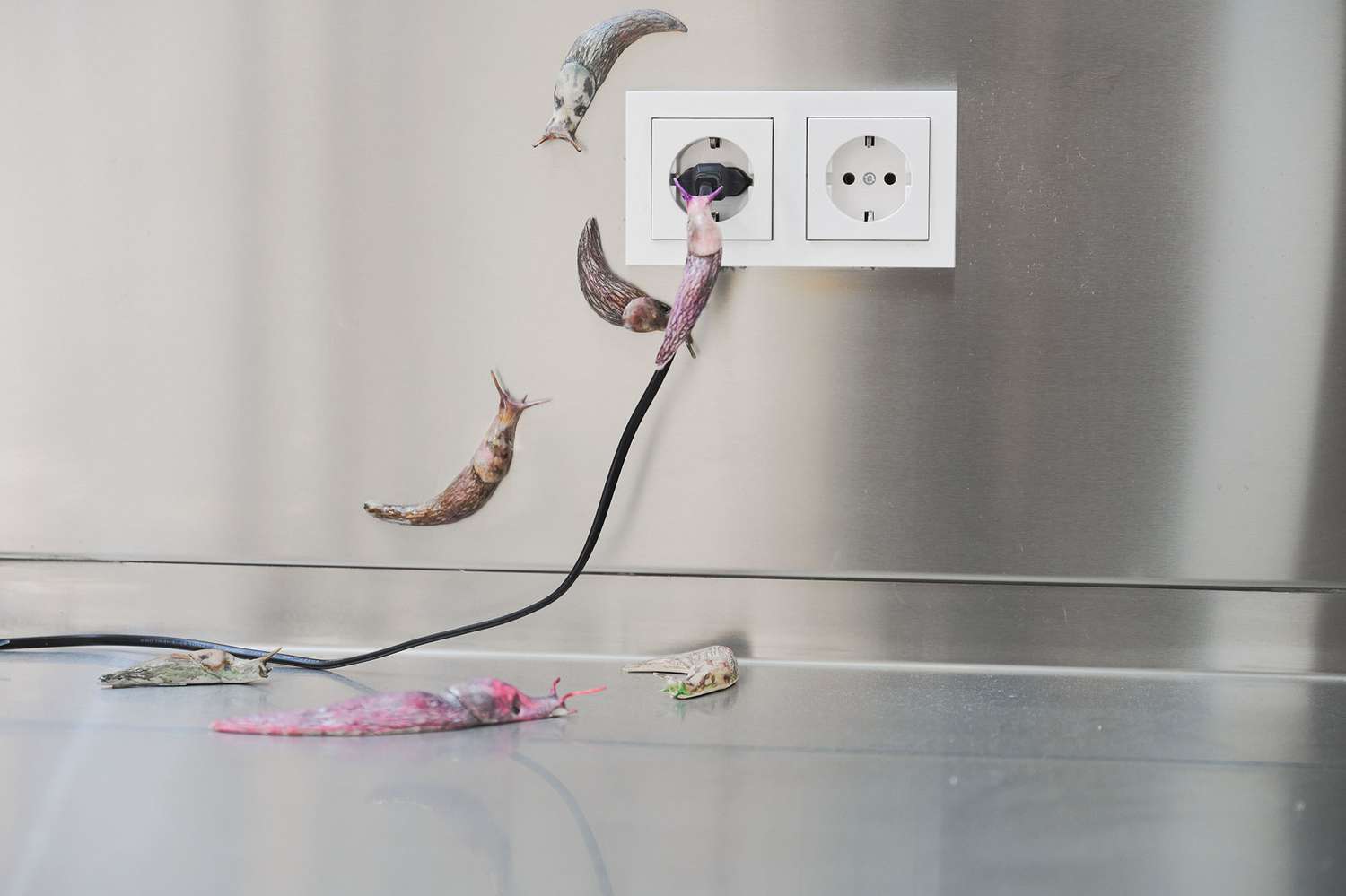
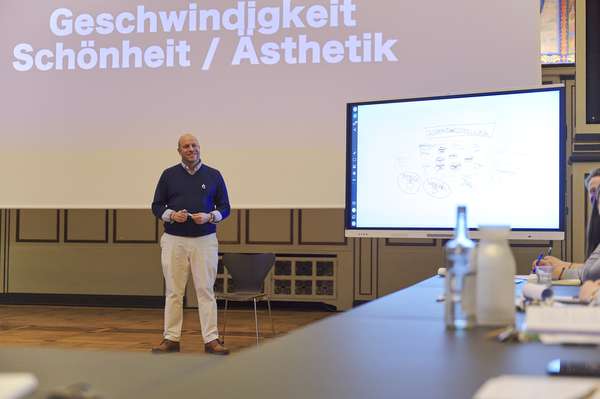
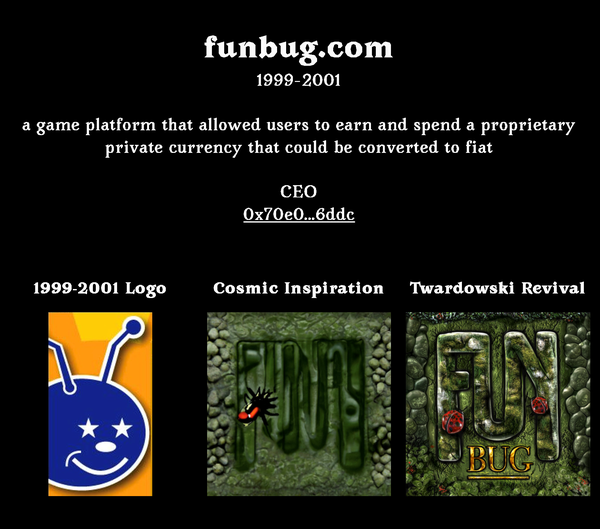
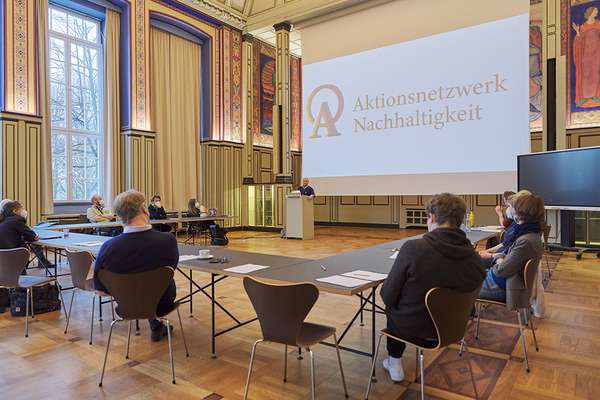
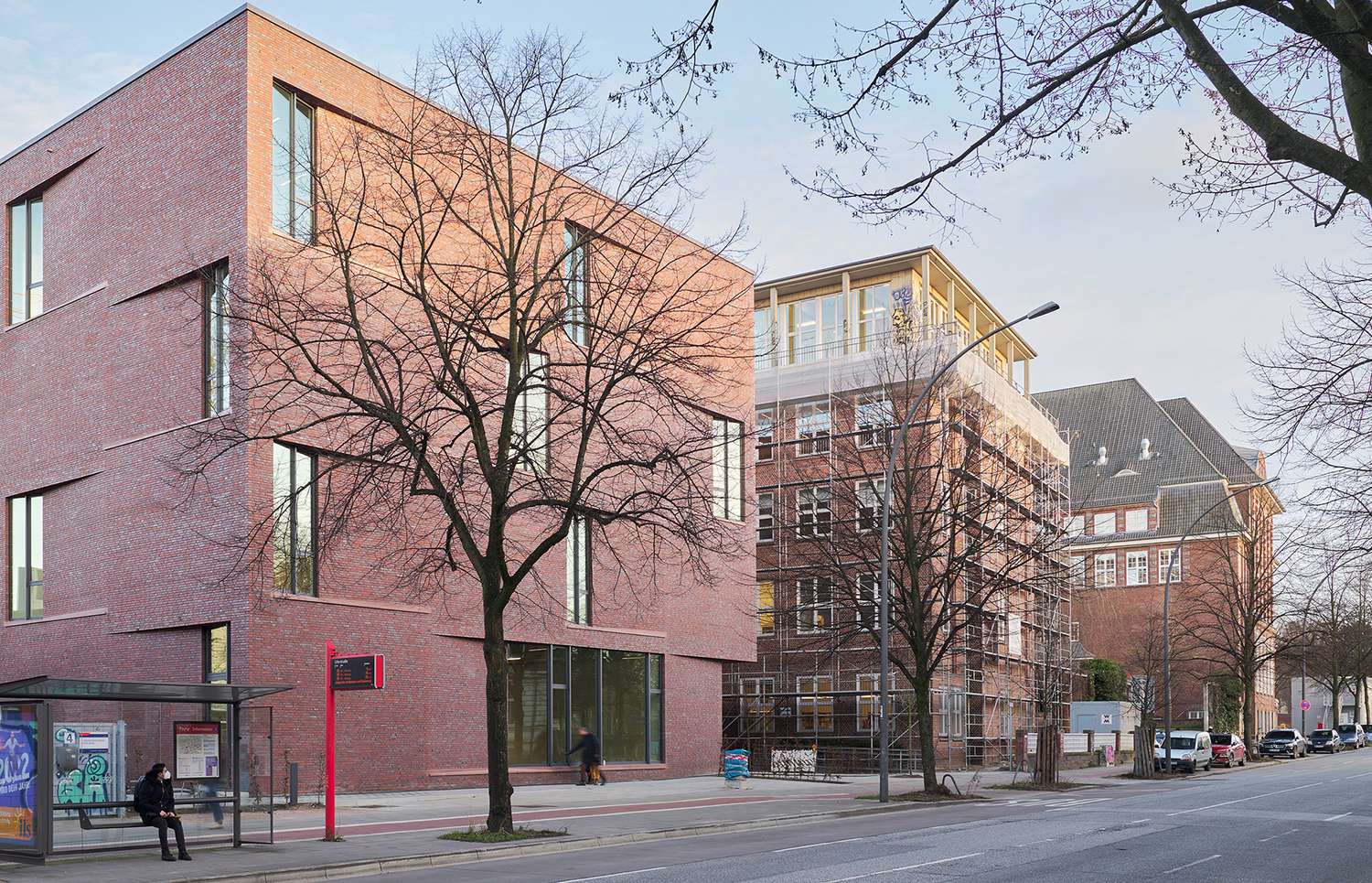
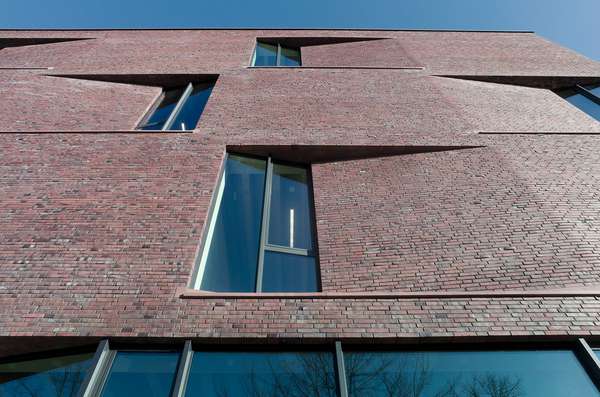
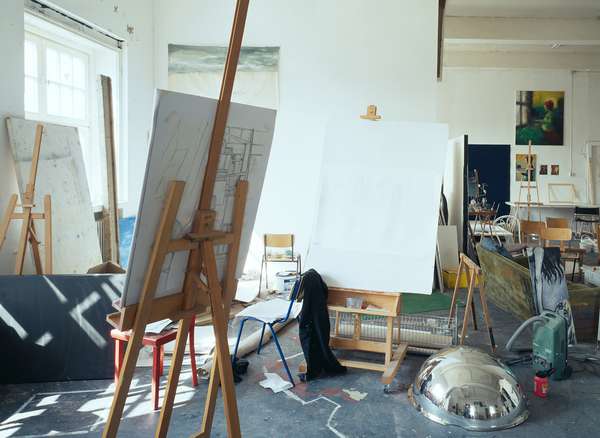
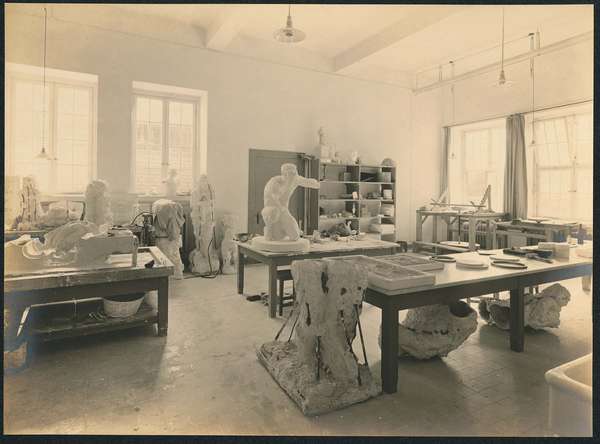
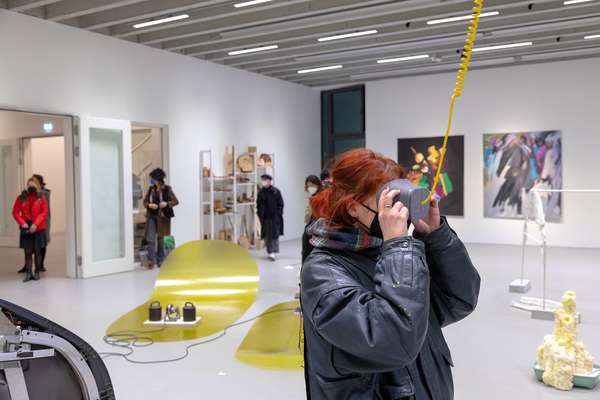
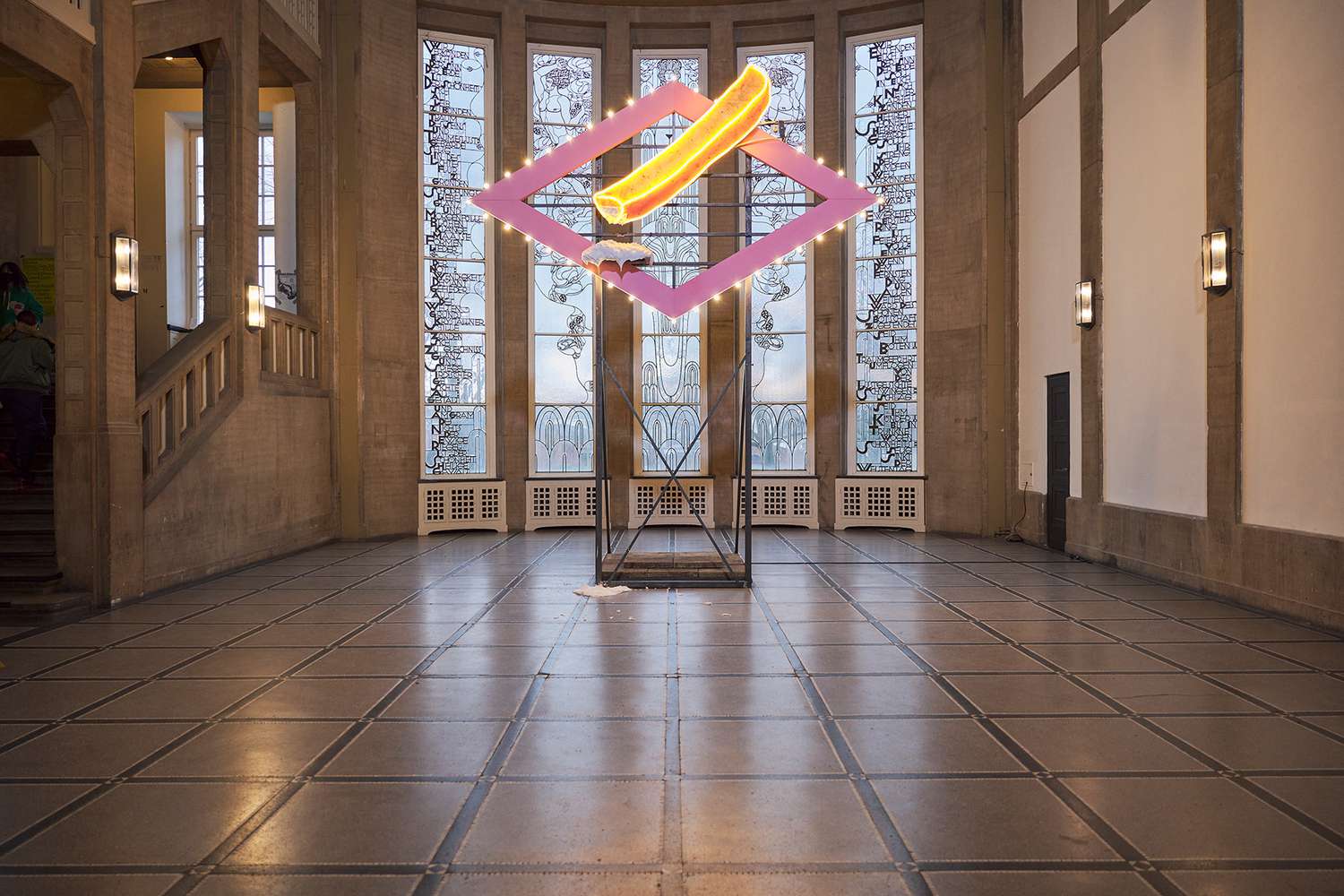
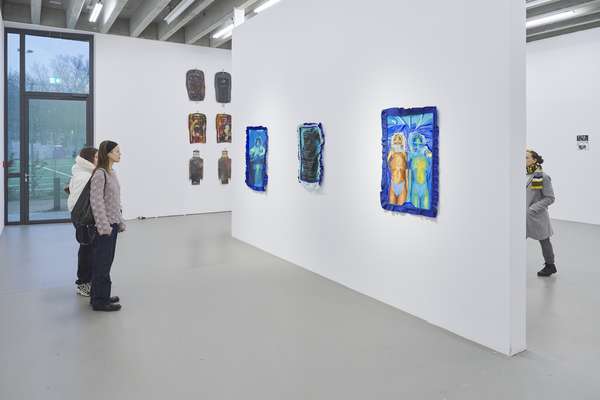
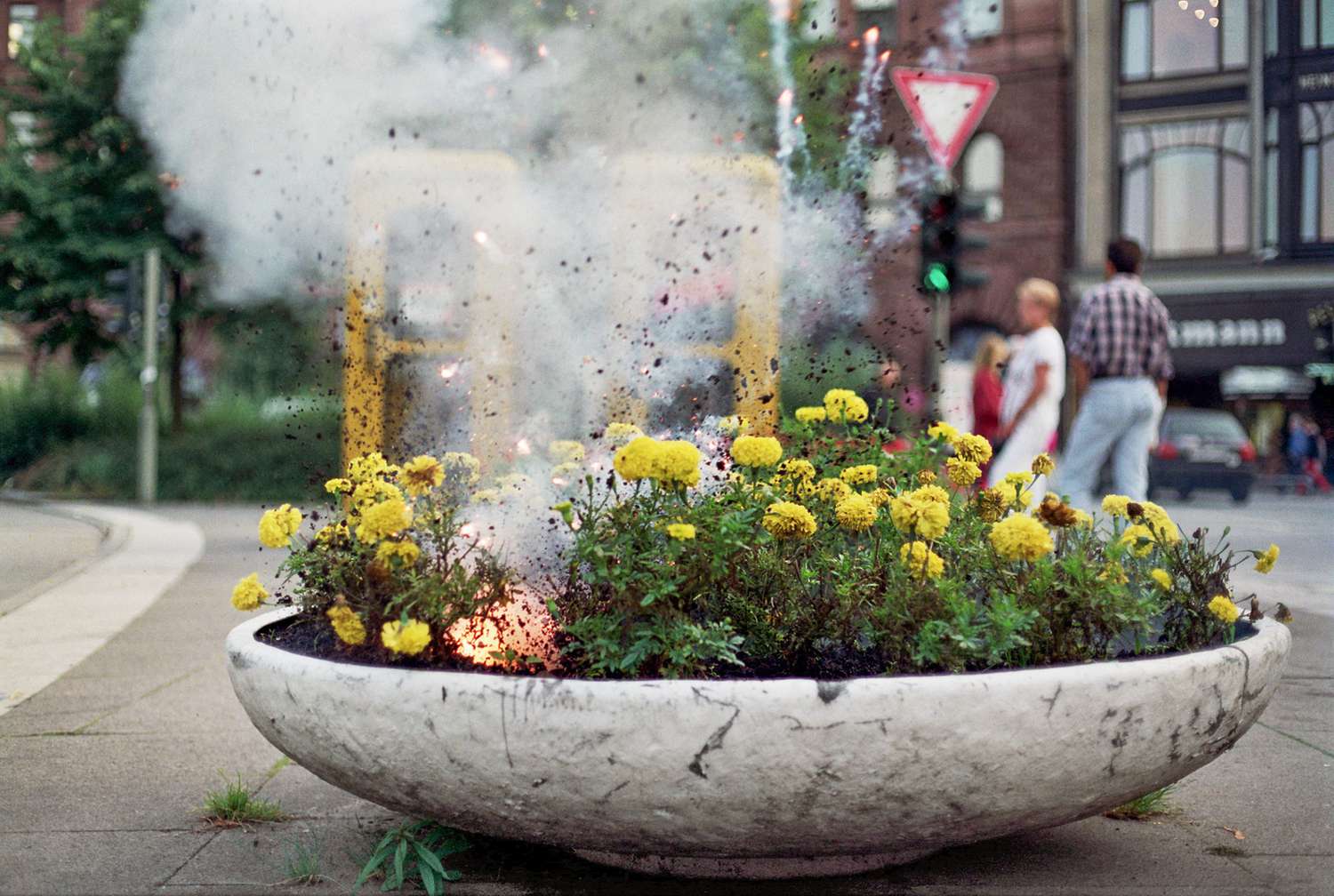
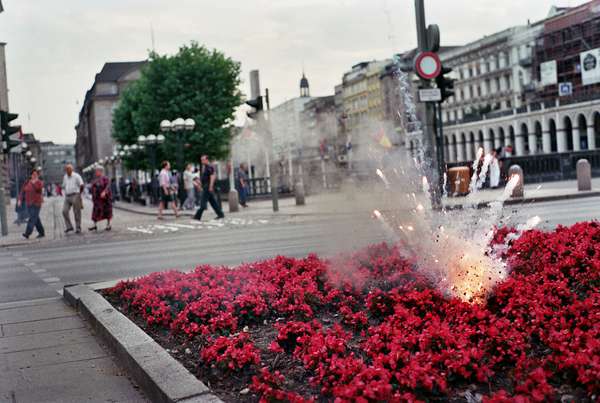
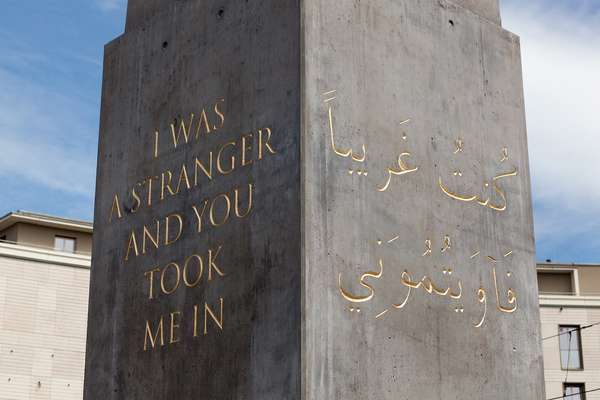
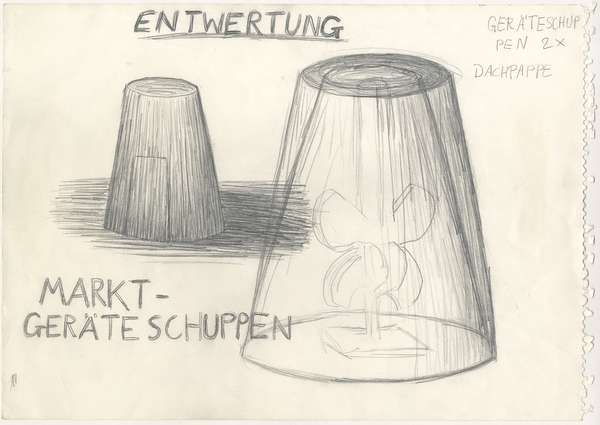
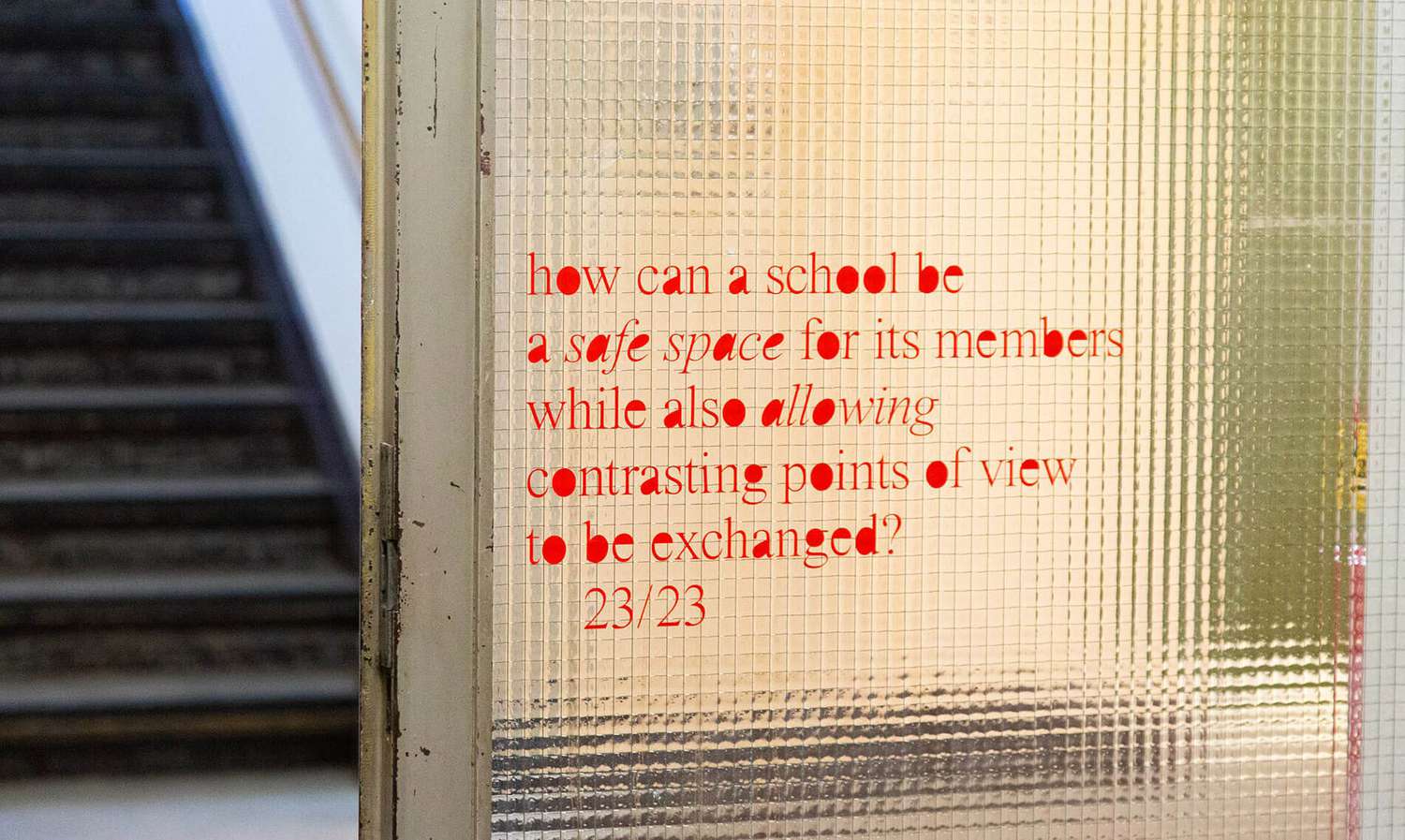
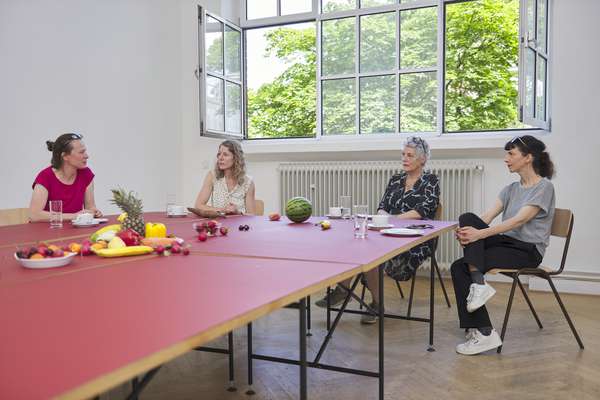
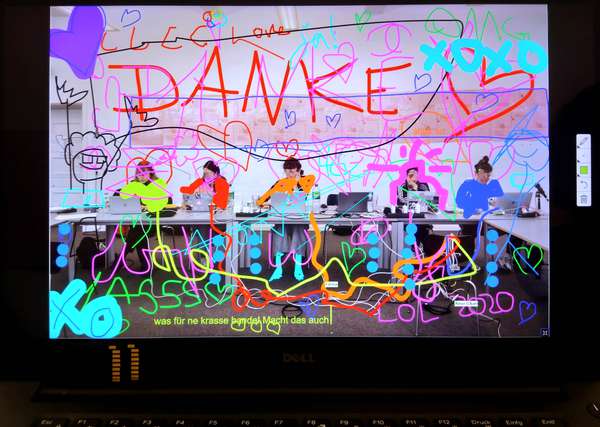
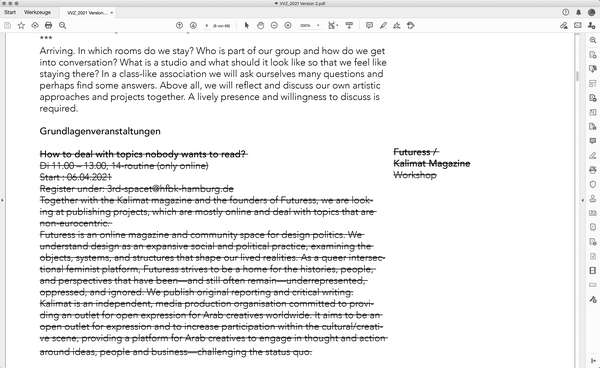
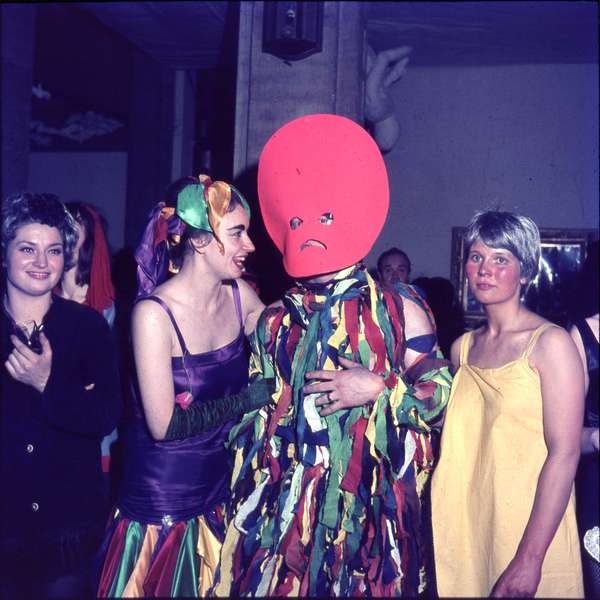
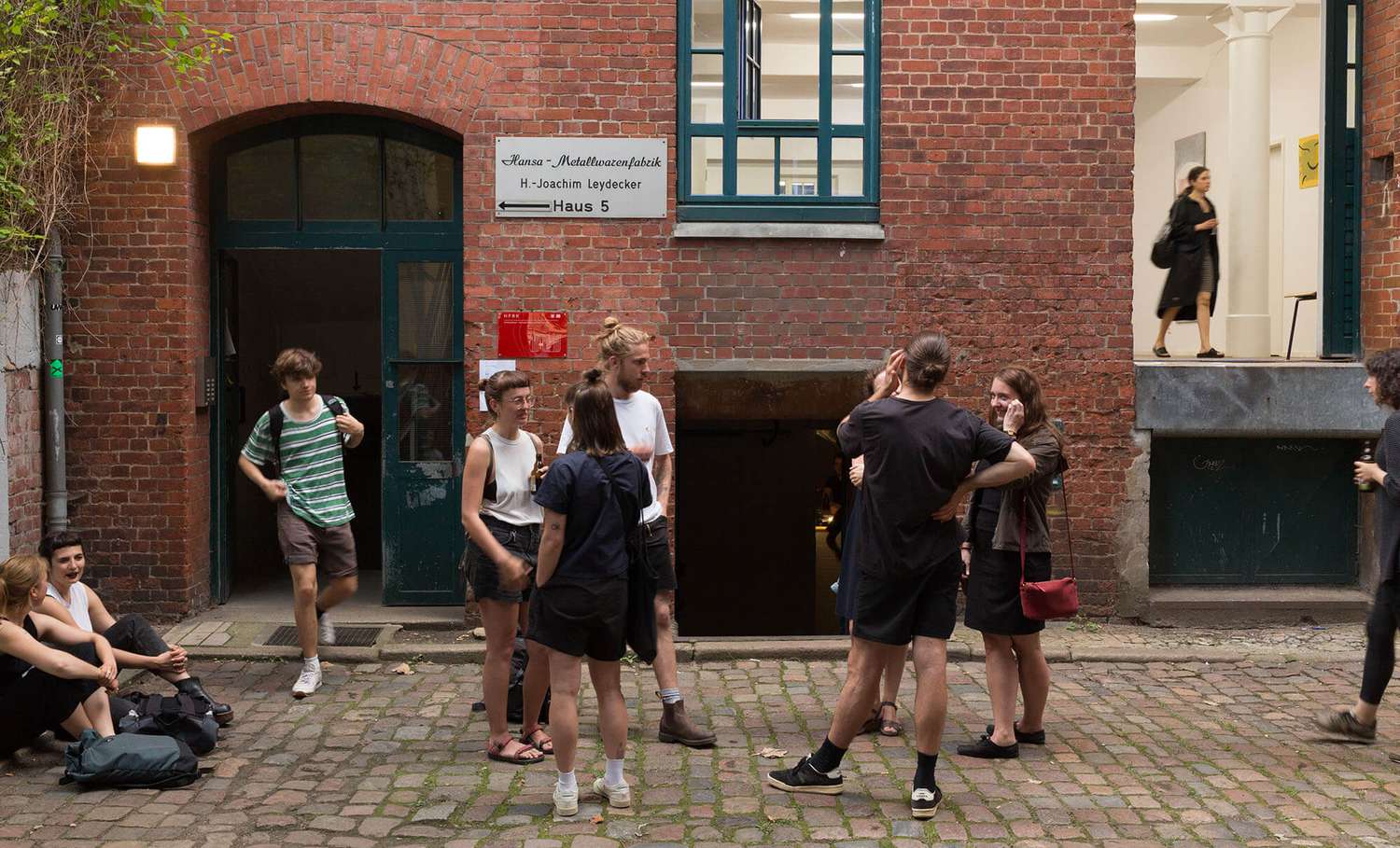
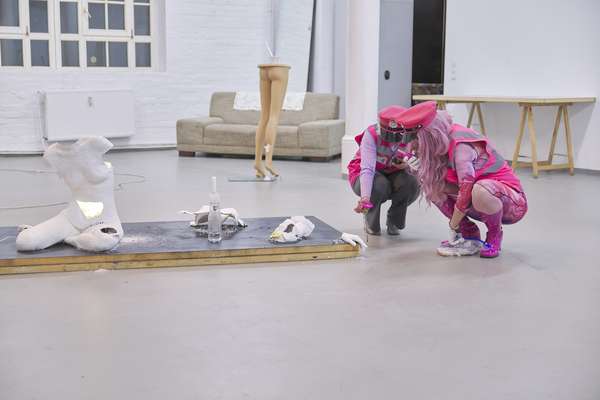
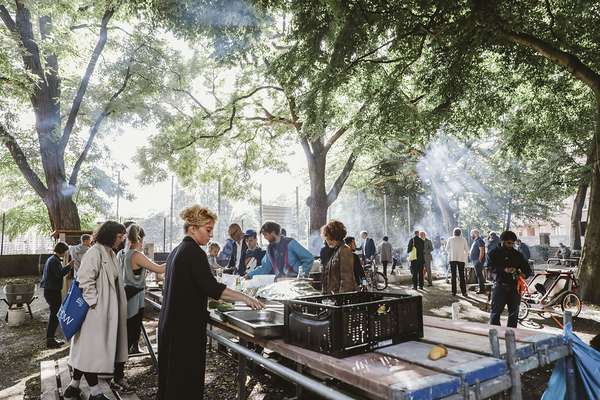
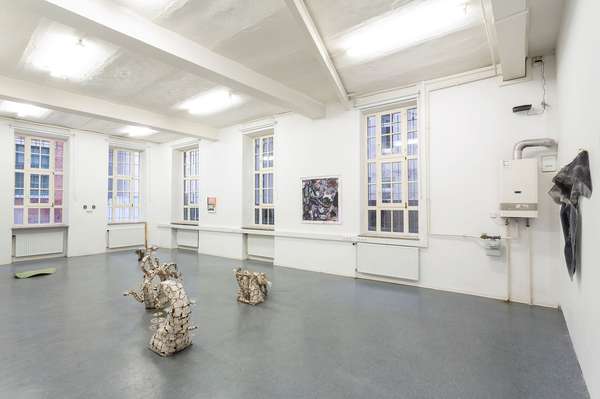
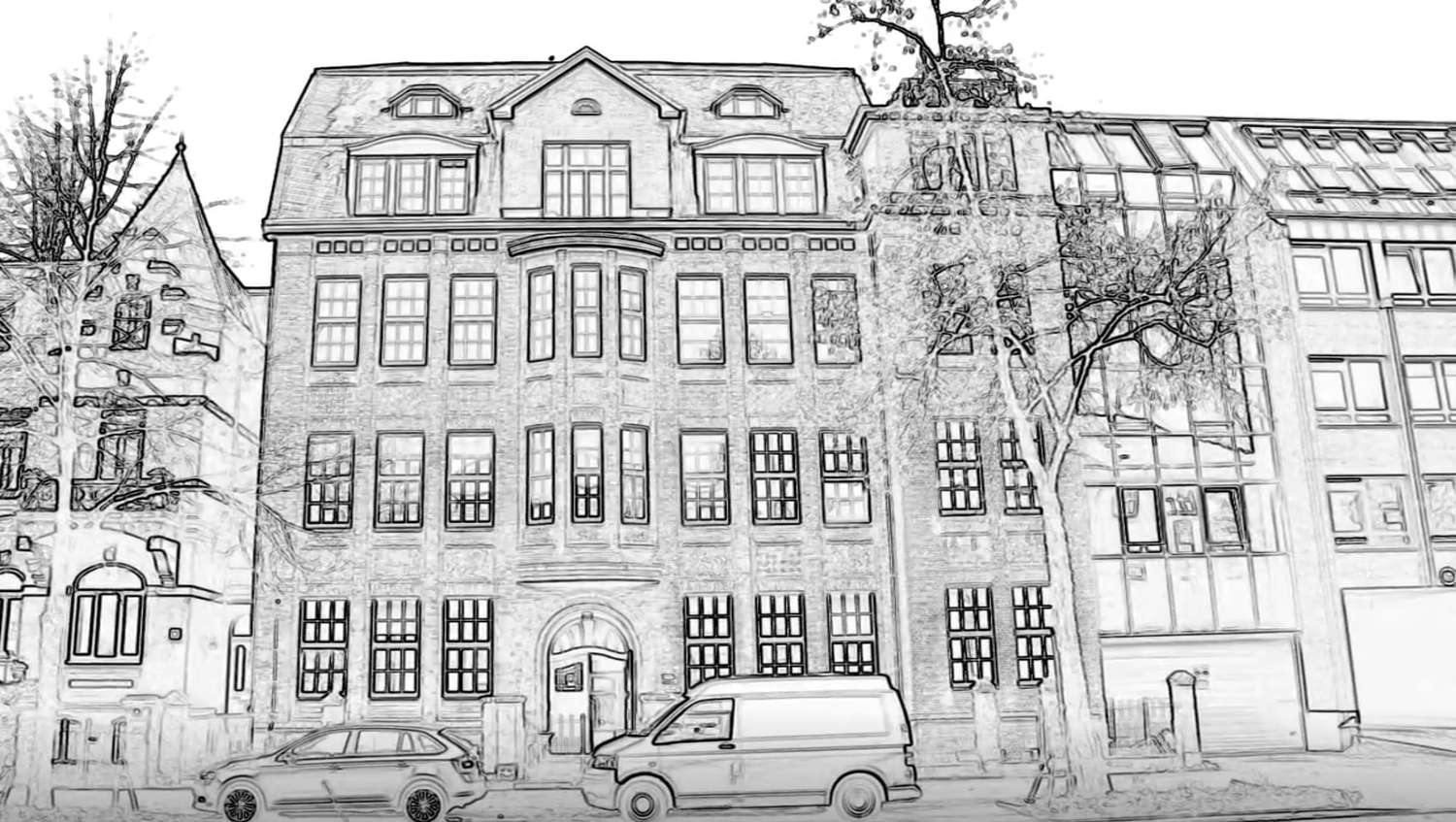
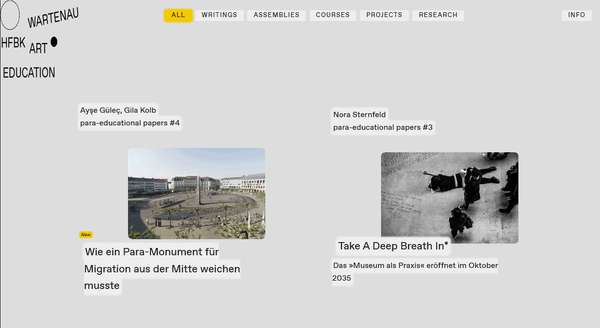
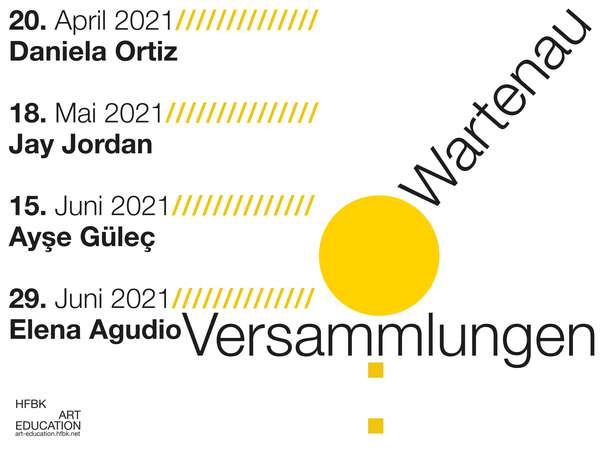
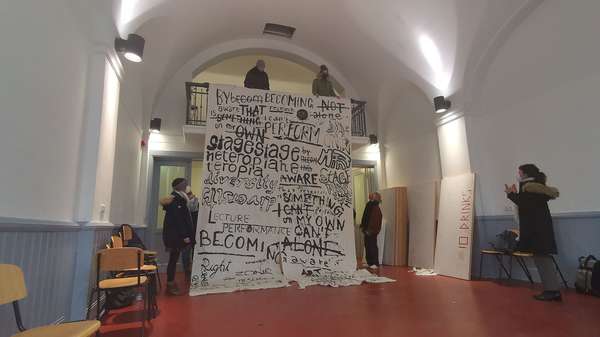
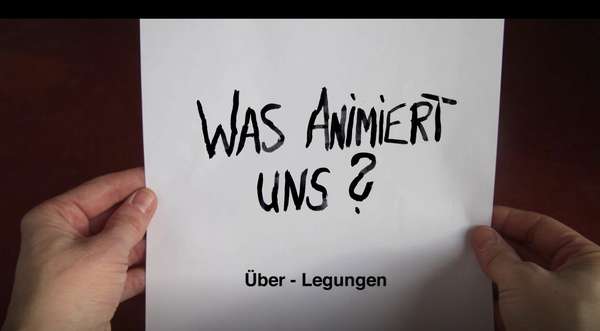
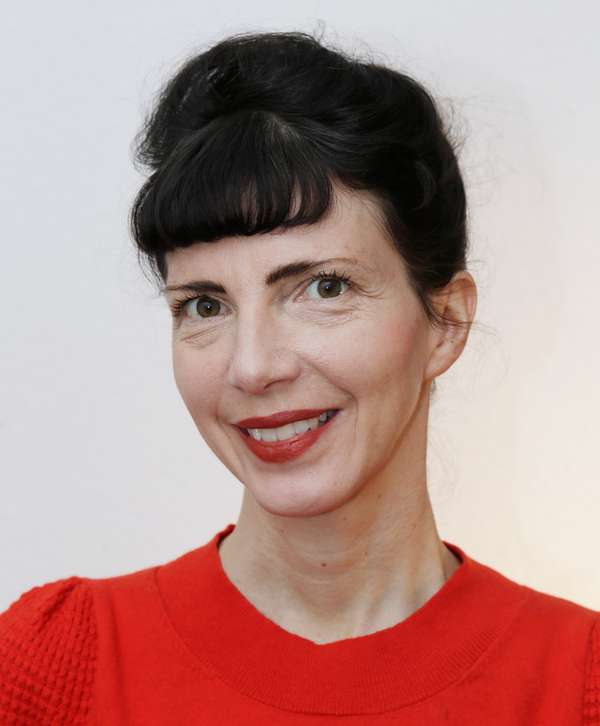
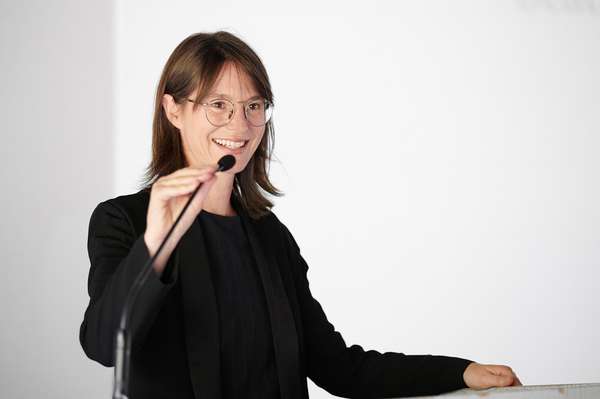
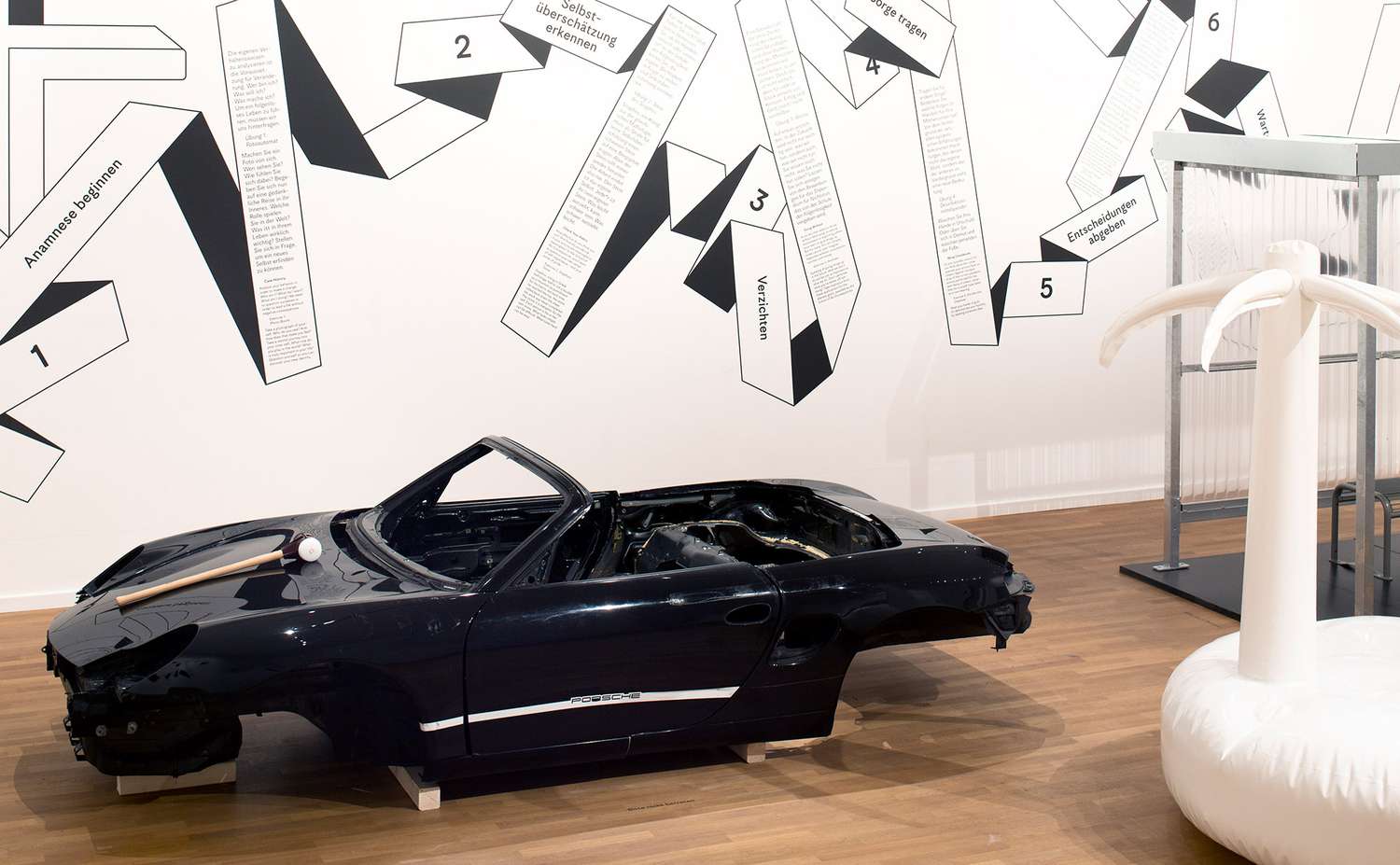
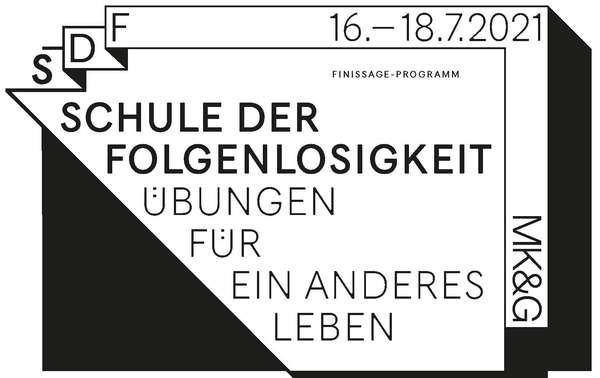
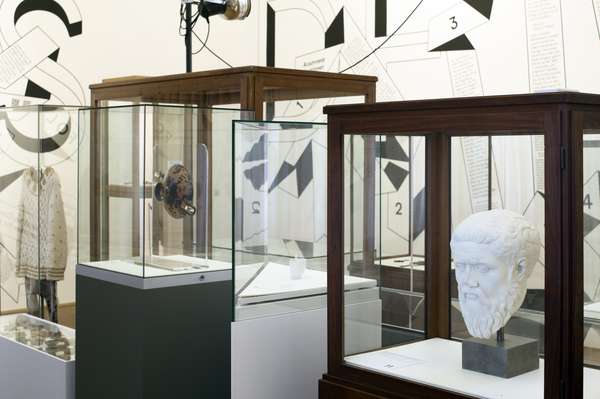
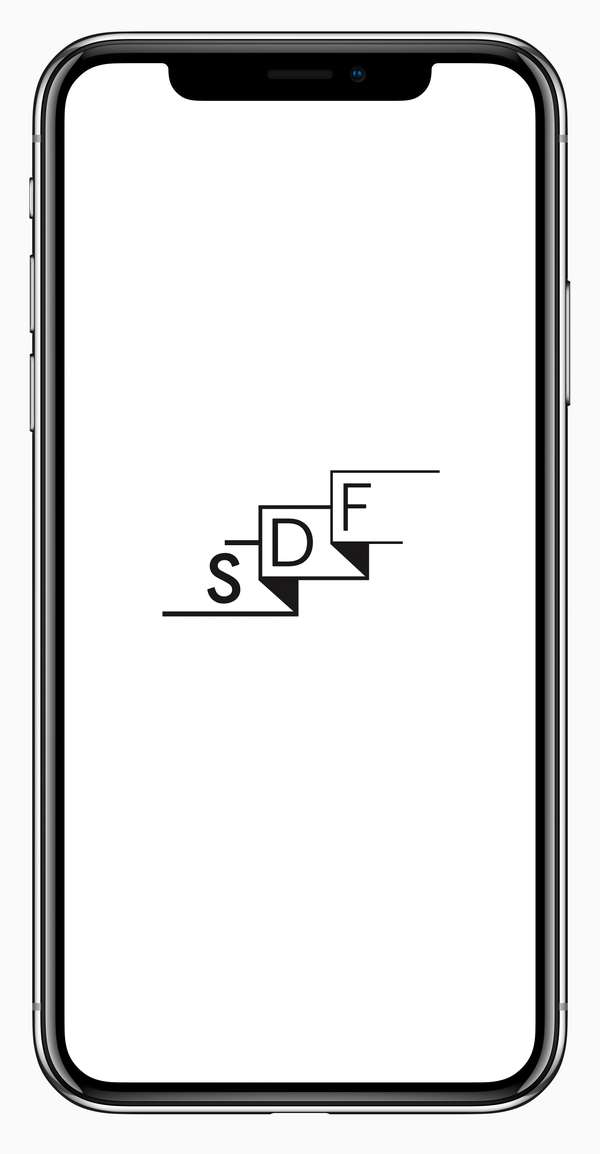
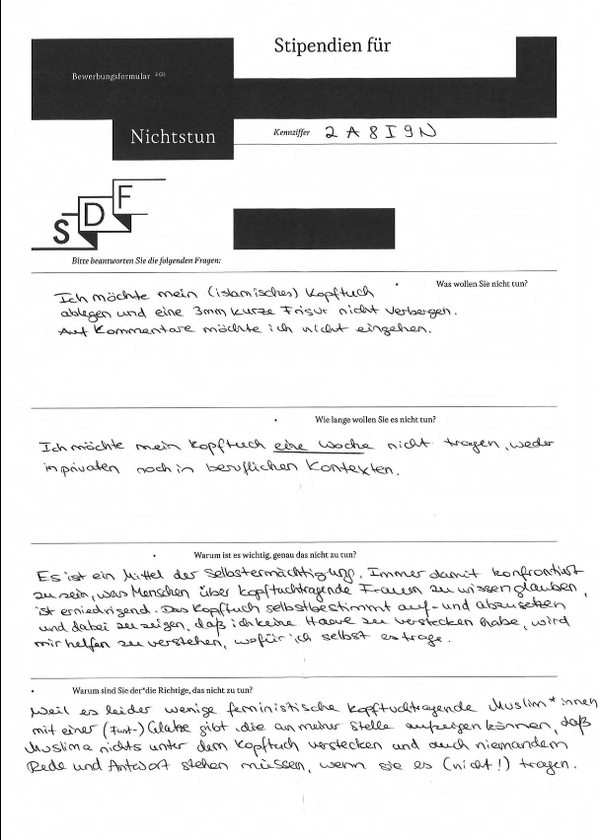
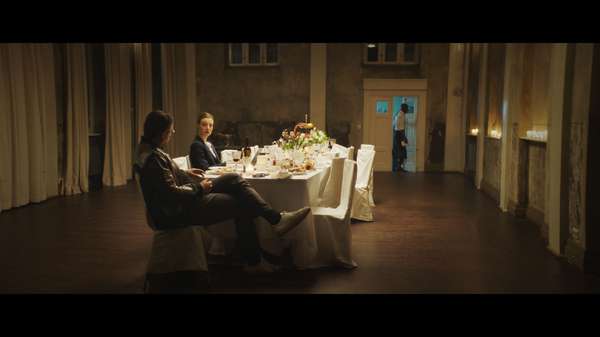
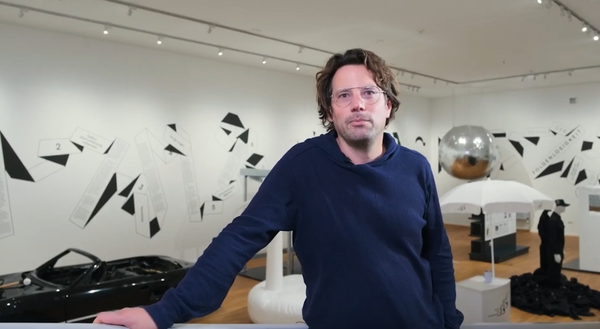
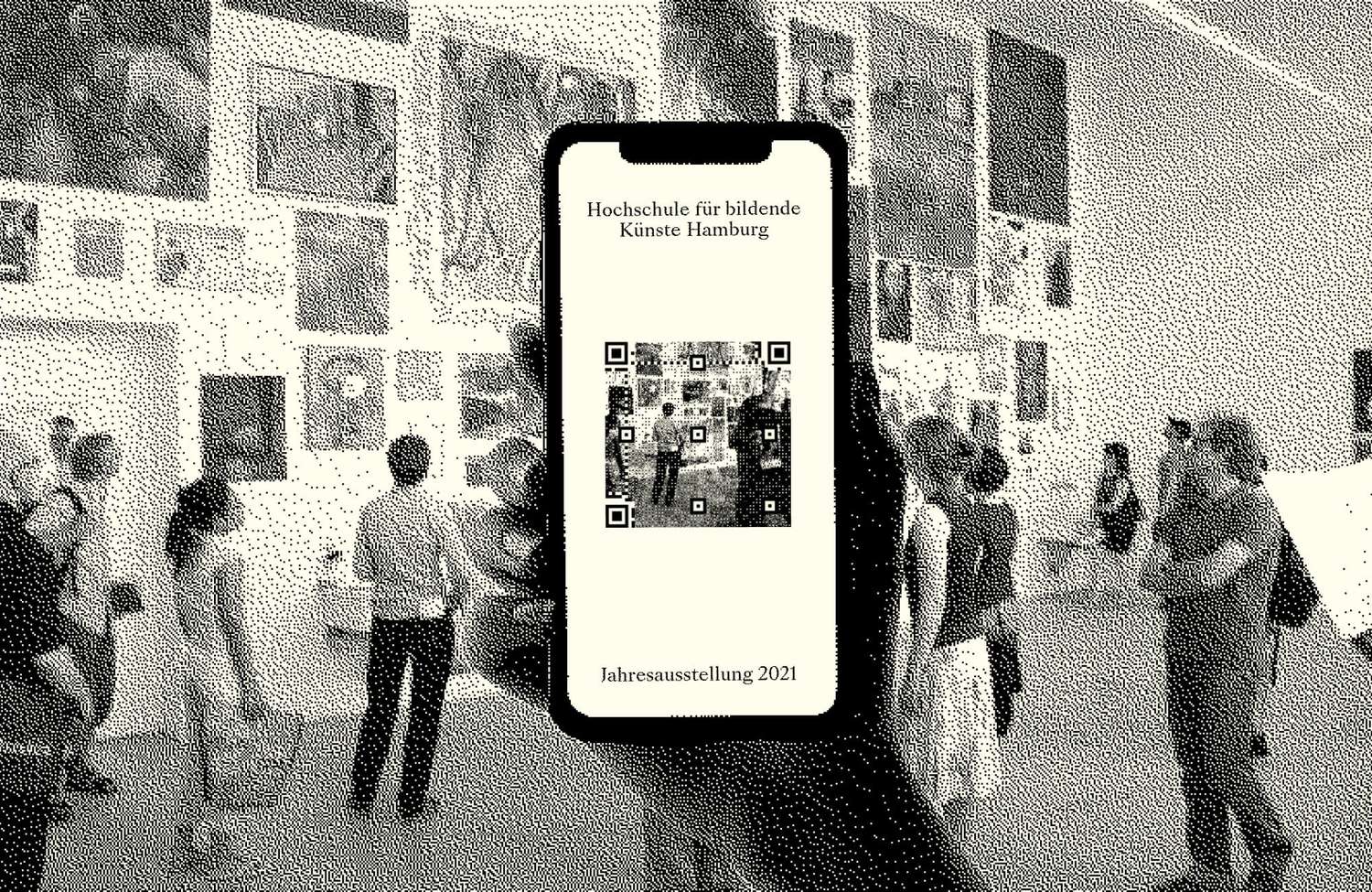
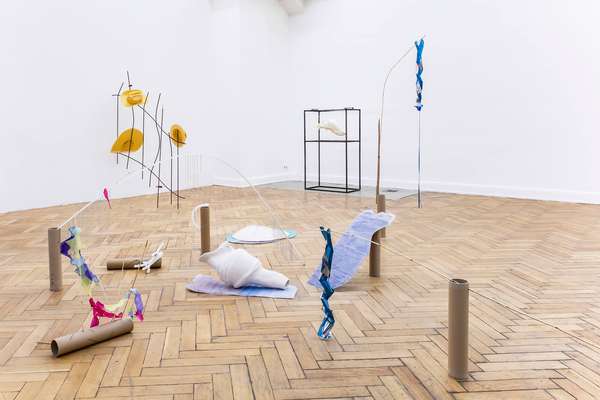
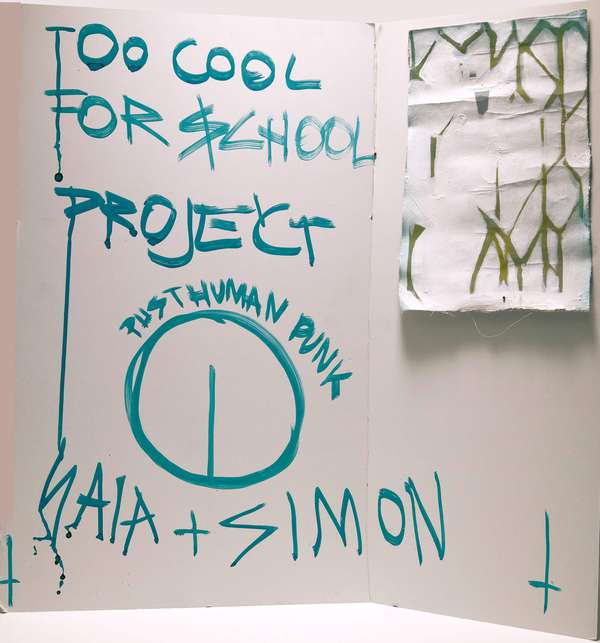
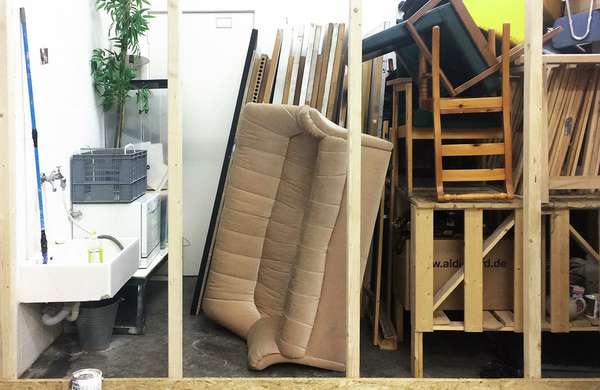
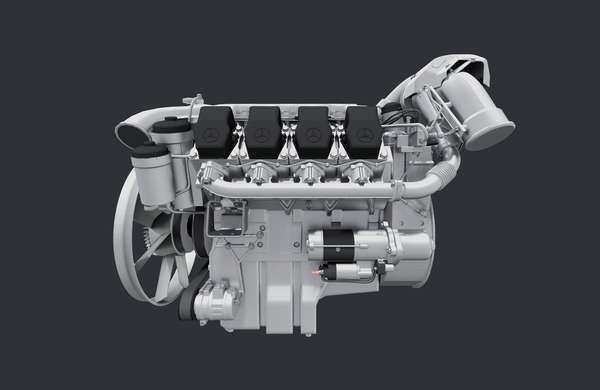
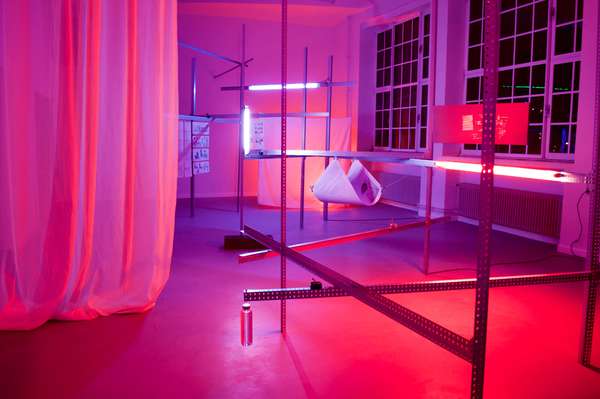
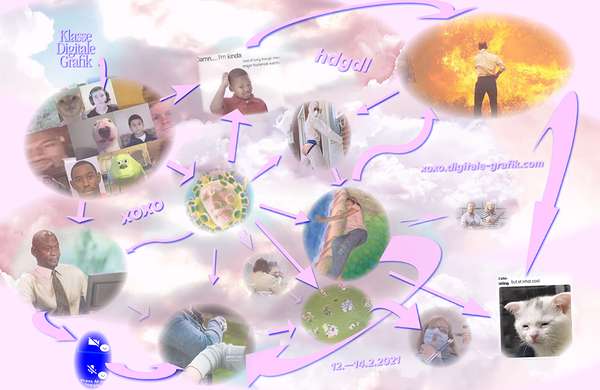
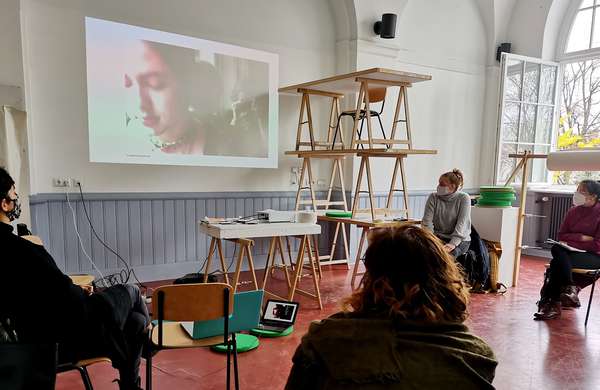
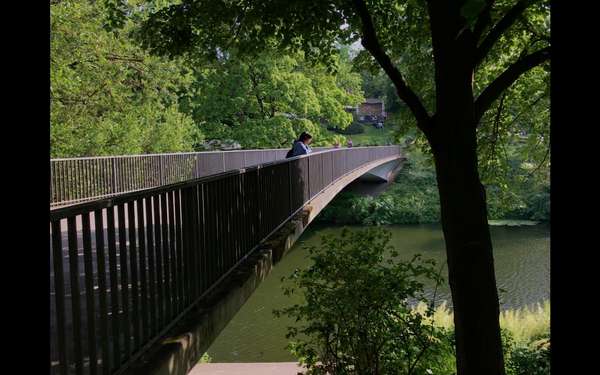
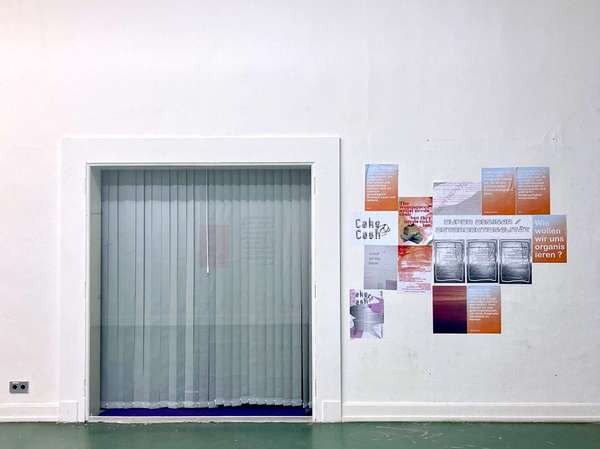
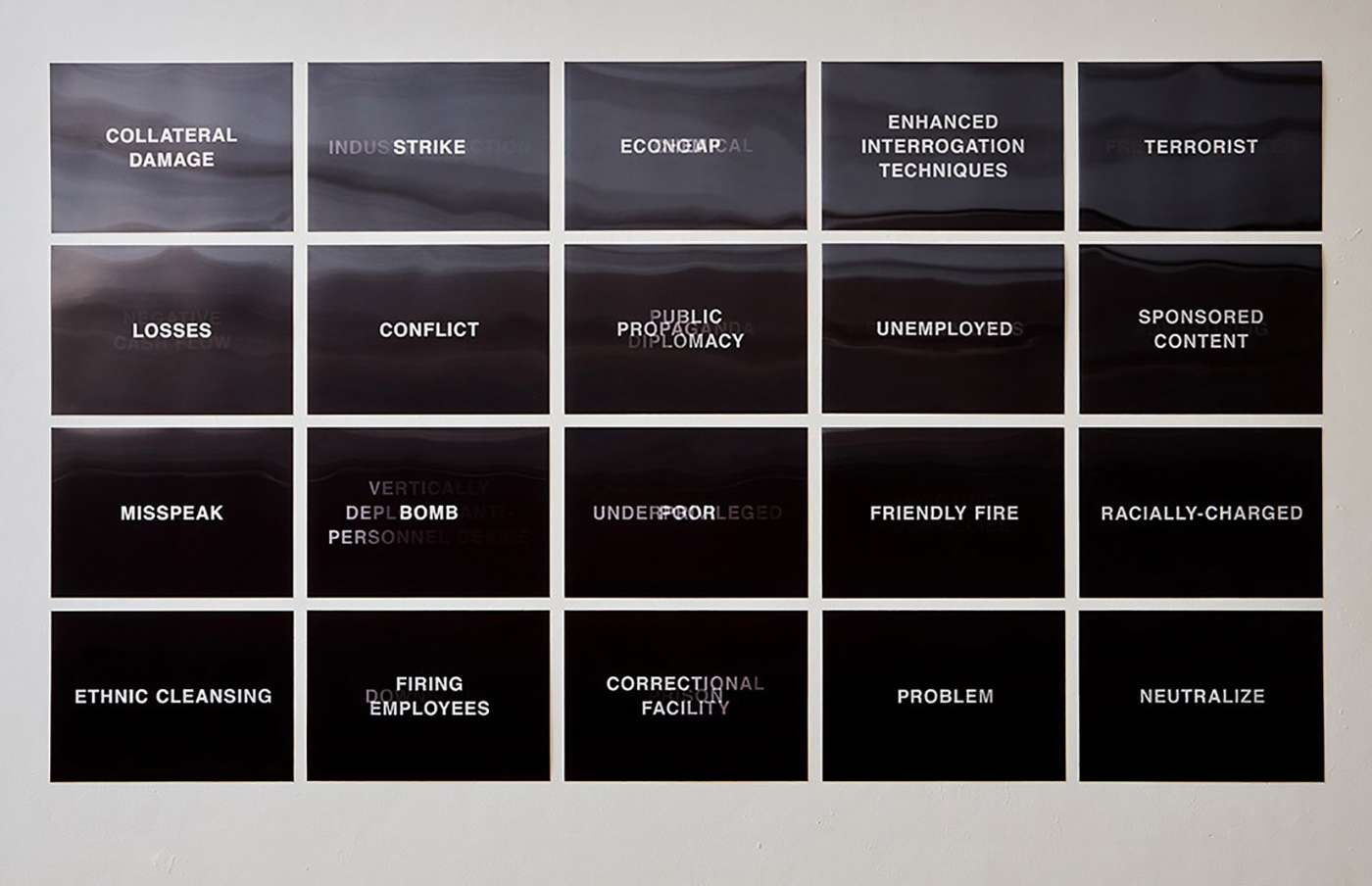
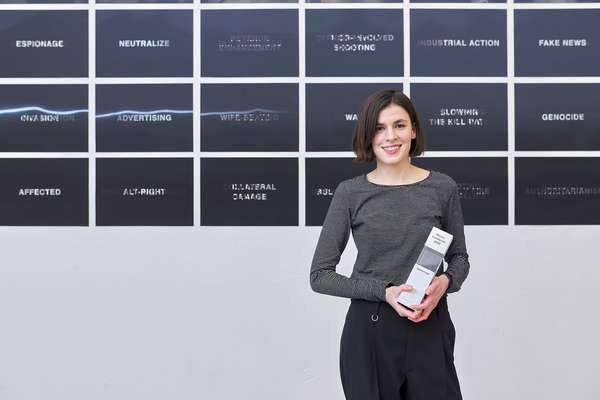
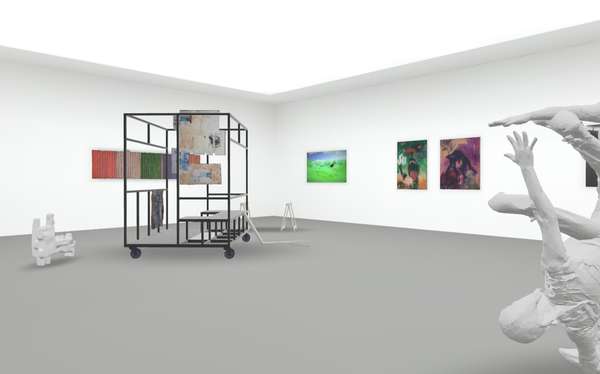
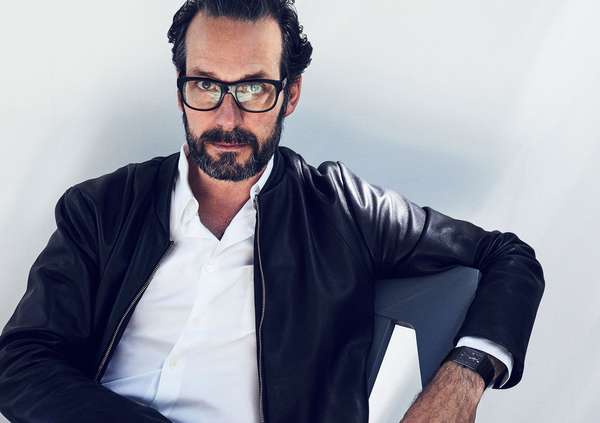
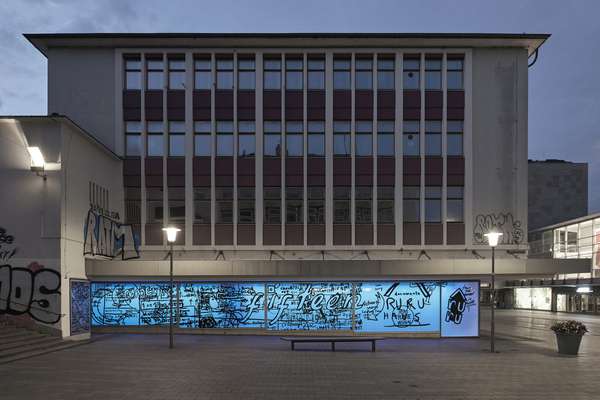
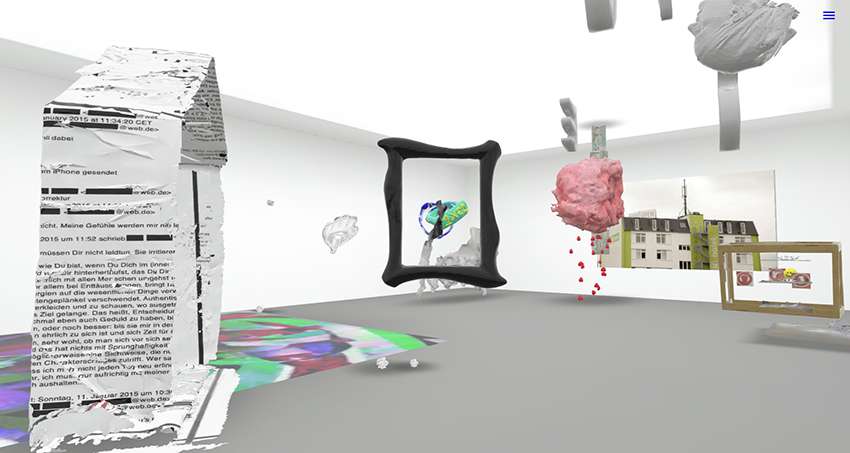
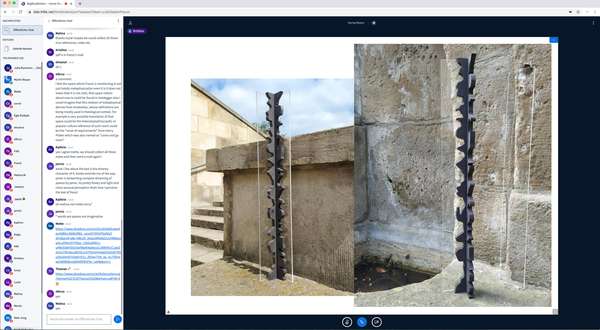
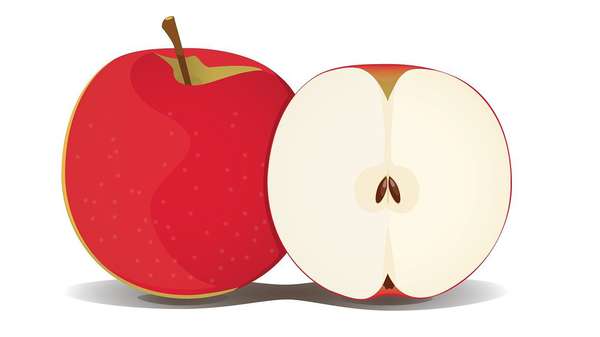
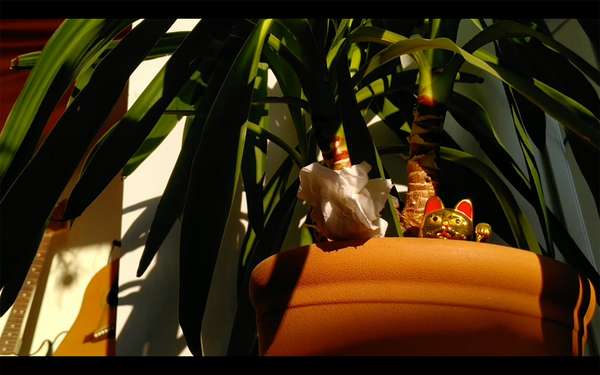
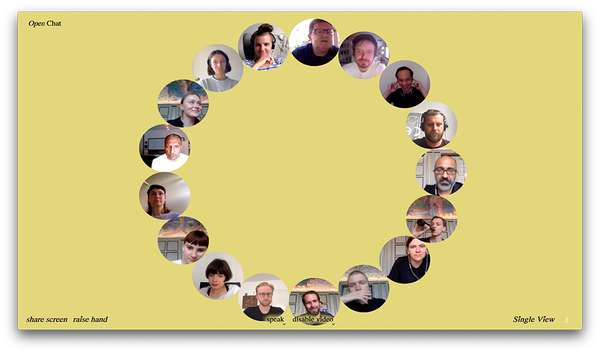
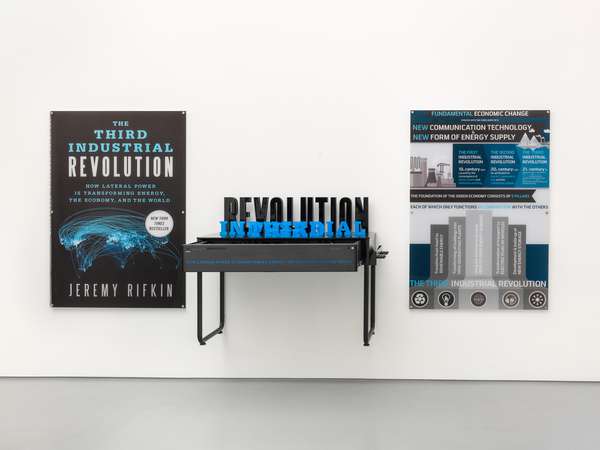
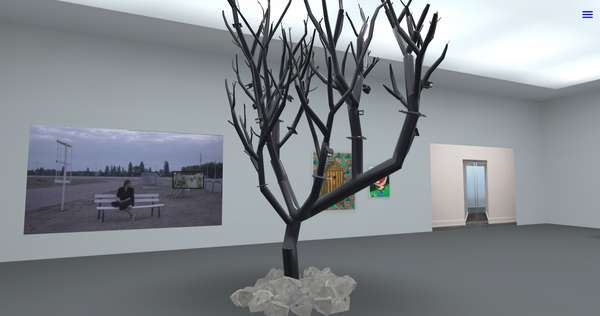
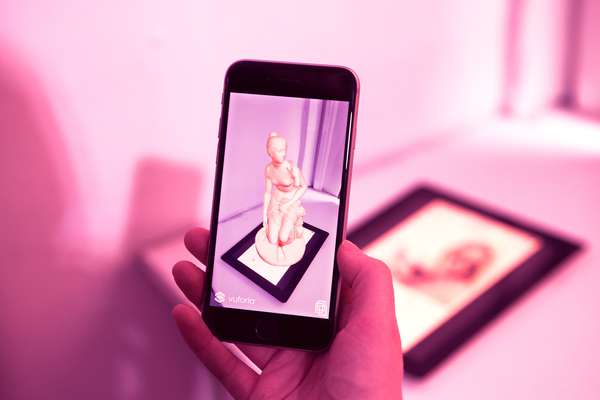
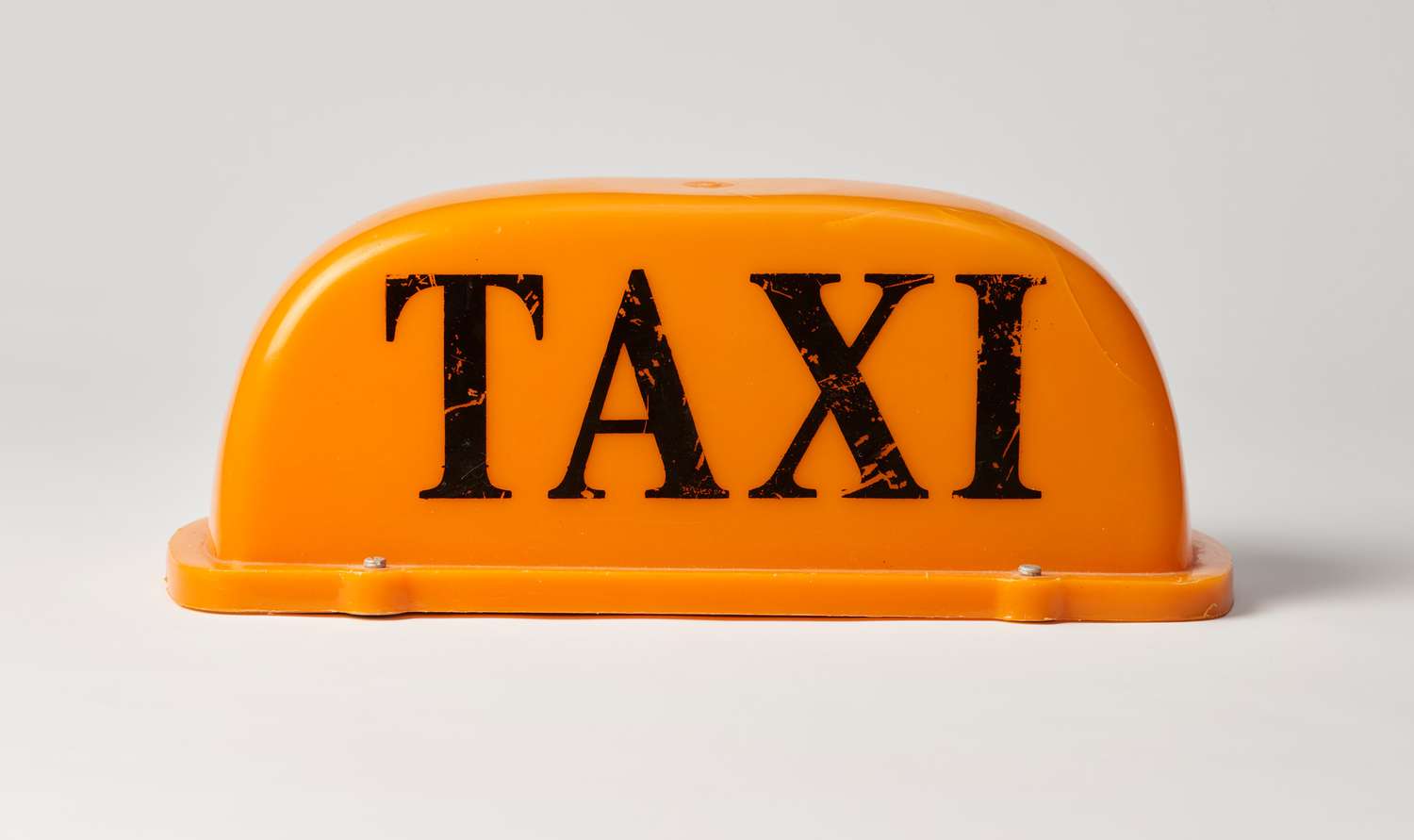
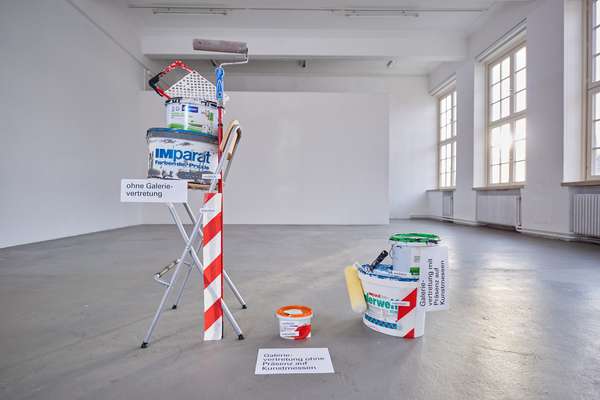
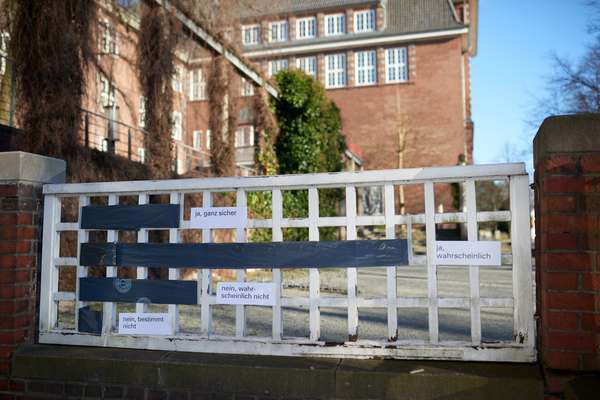
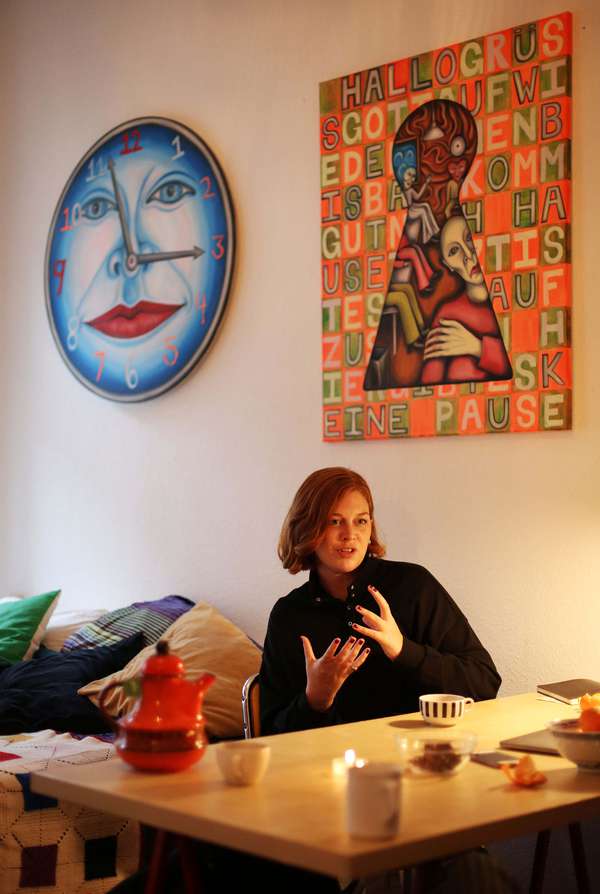
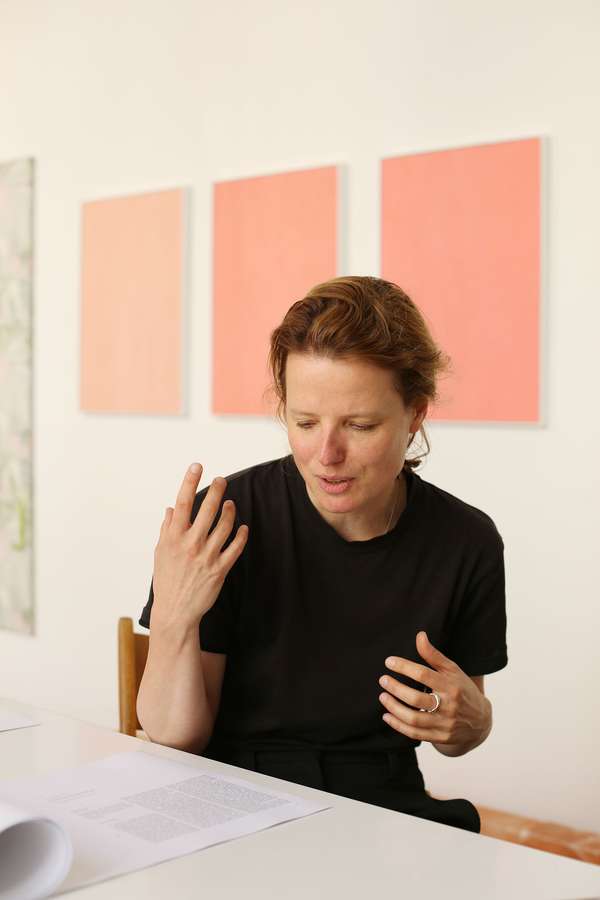
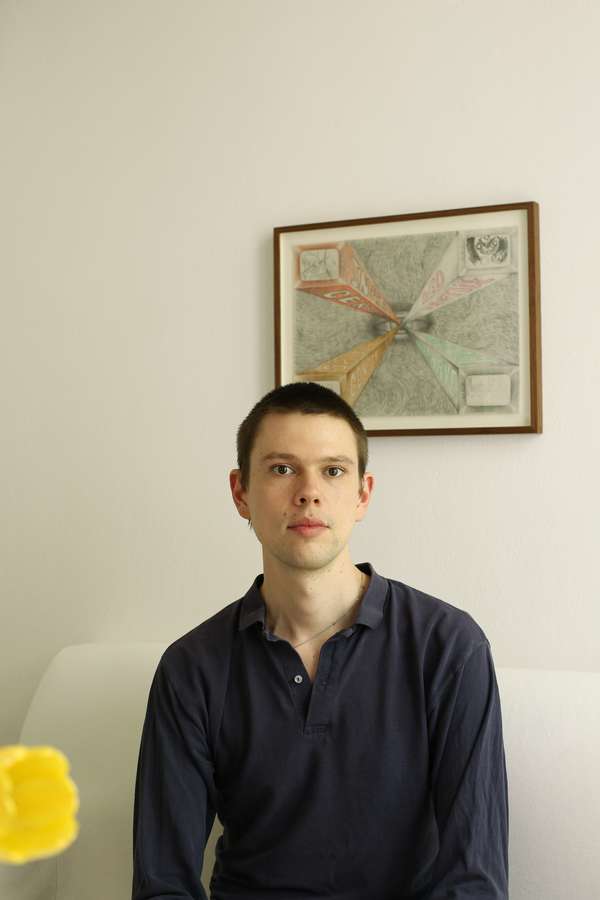
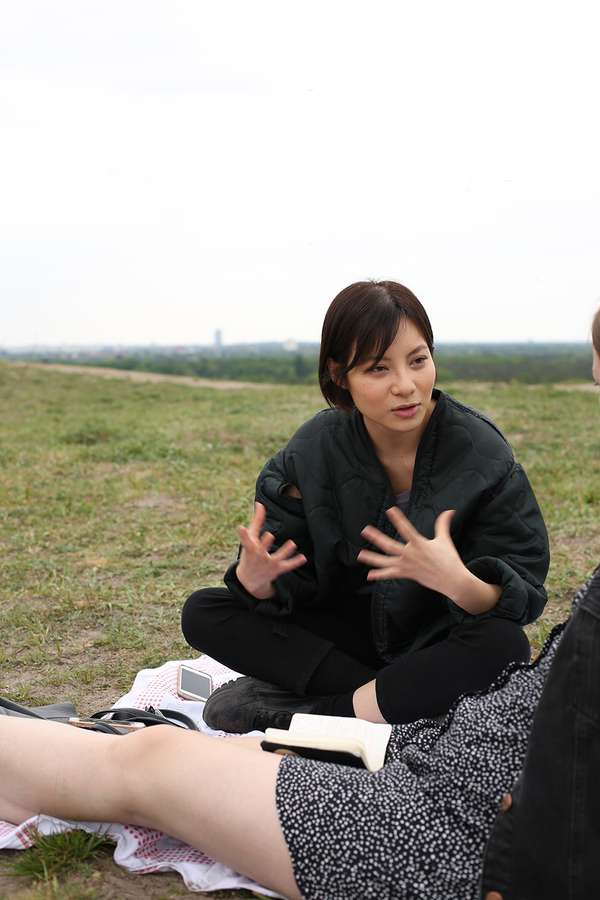
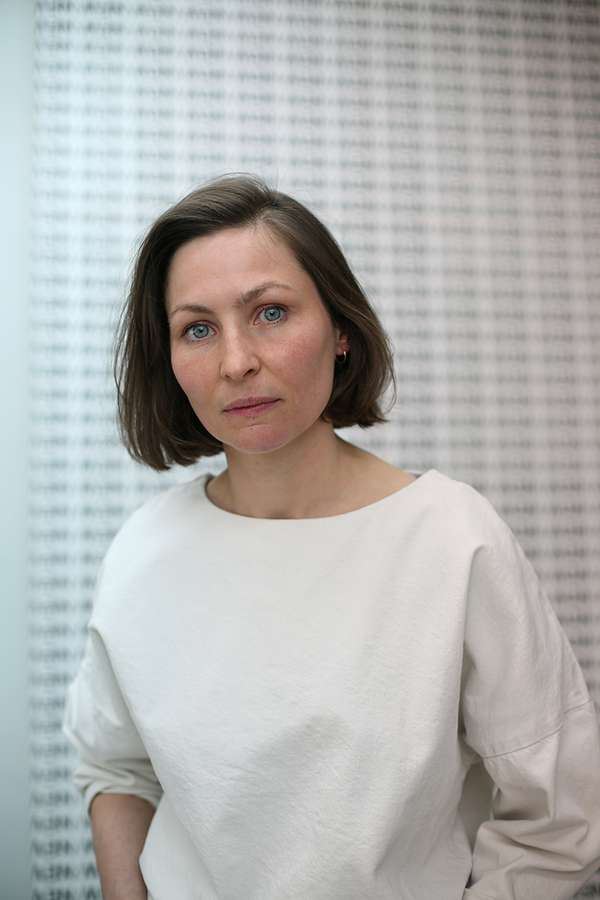
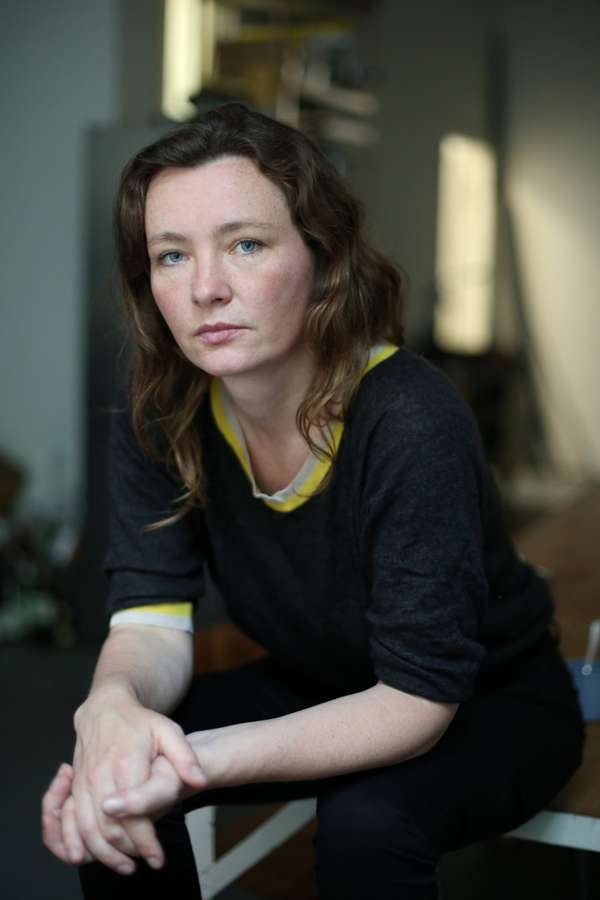
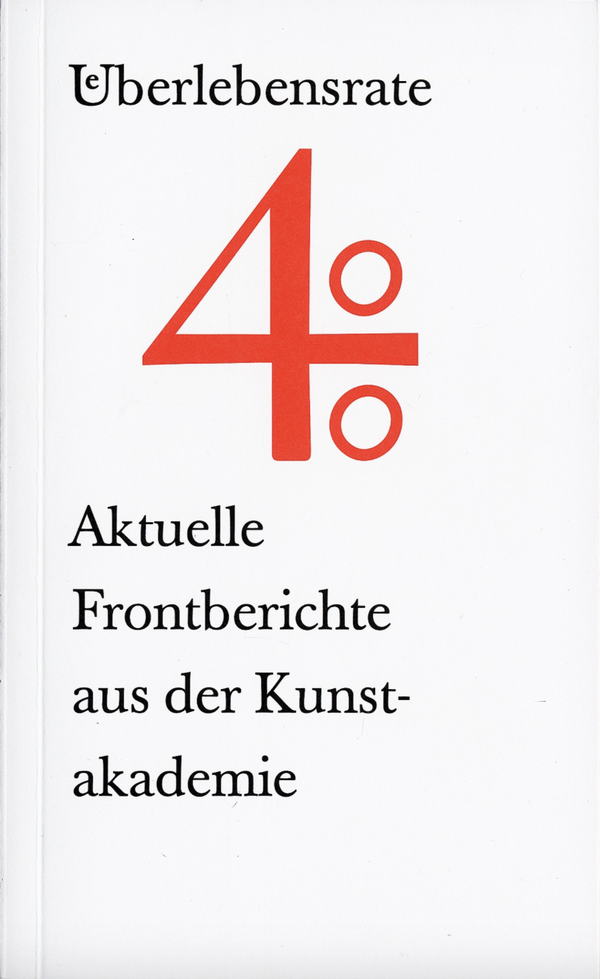
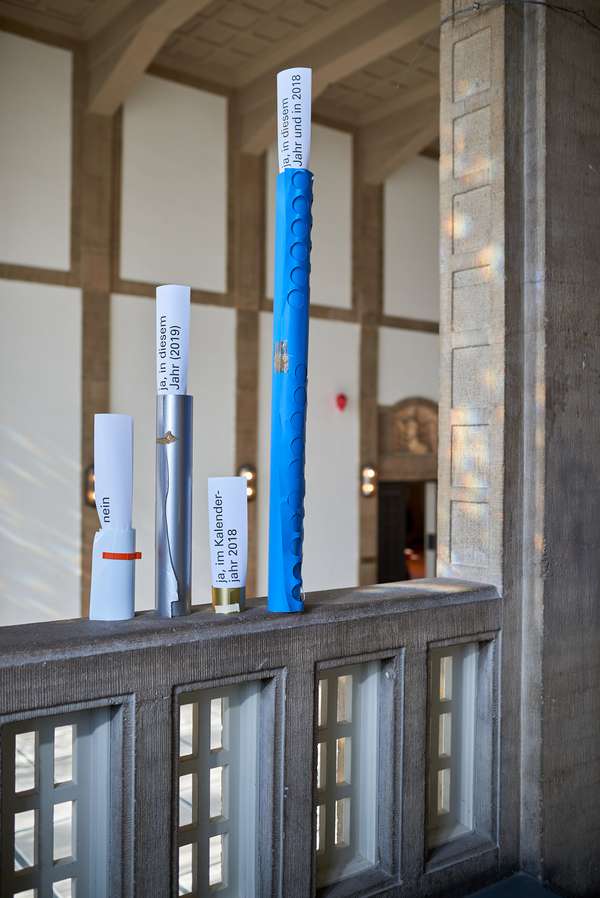
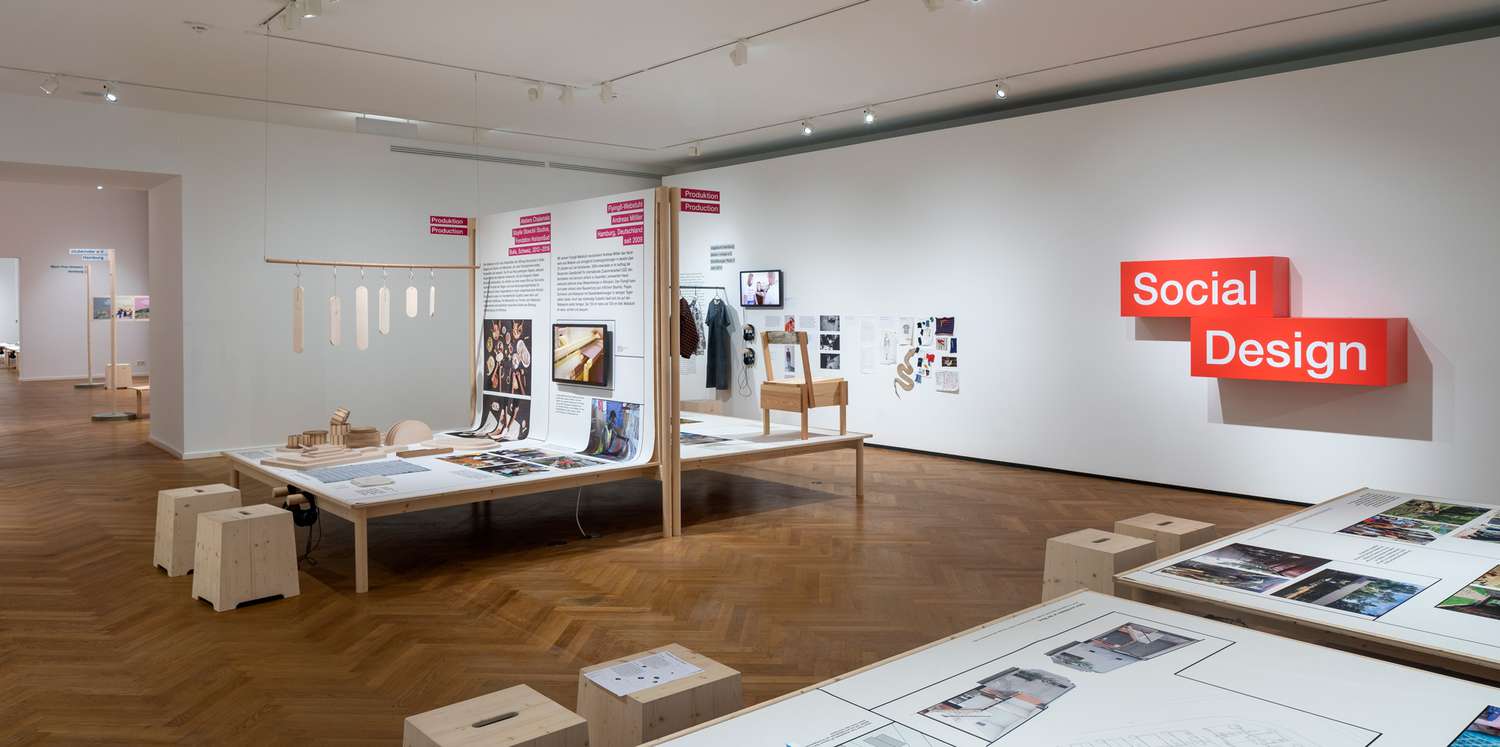
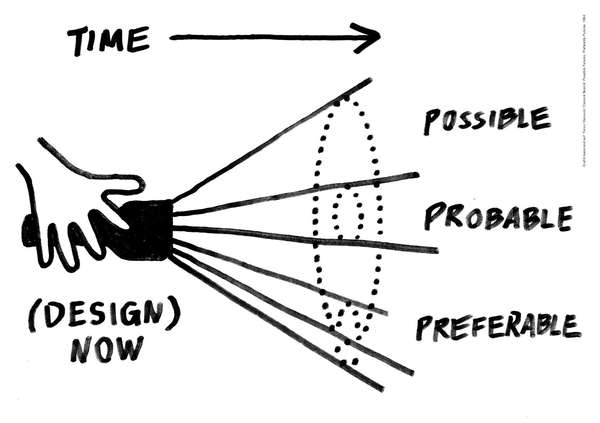
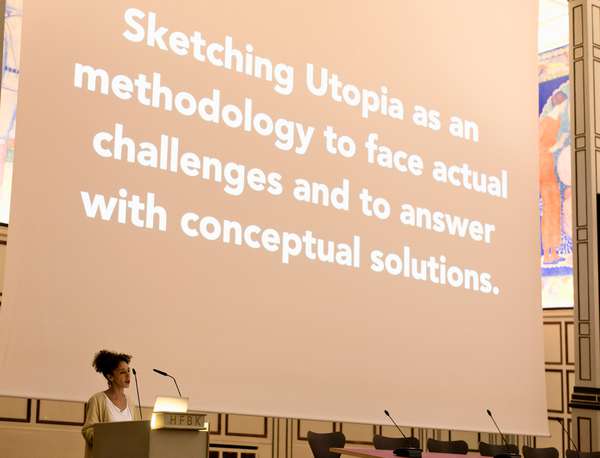
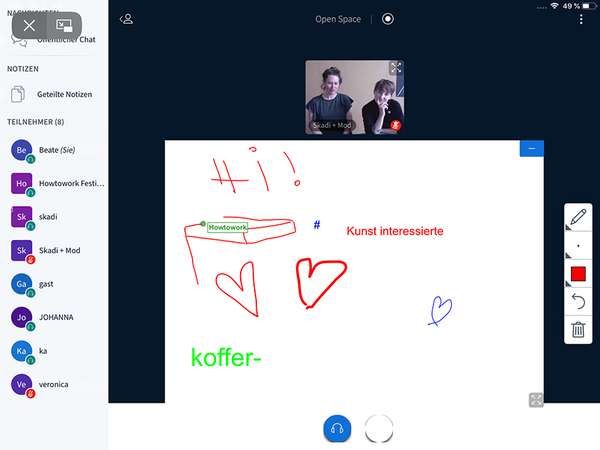
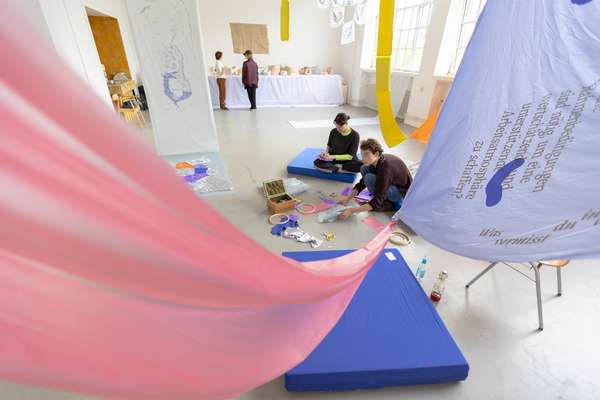
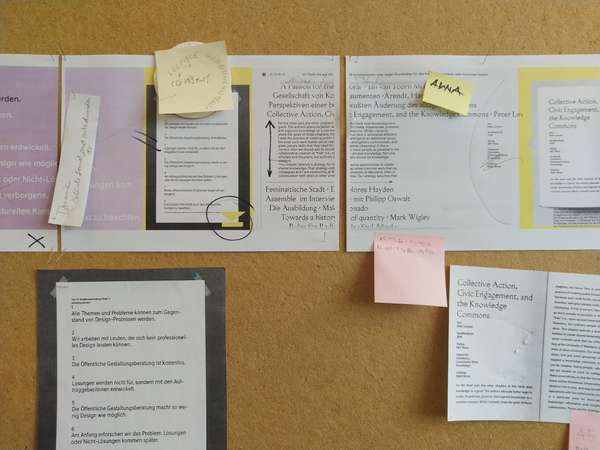
 Graduate Show 2025: Don't stop me now
Graduate Show 2025: Don't stop me now
 Long days, lots to do
Long days, lots to do
 Cine*Ami*es
Cine*Ami*es
 Redesign Democracy – competition for the ballot box of the democratic future
Redesign Democracy – competition for the ballot box of the democratic future
 Art in public space
Art in public space
 How to apply: study at HFBK Hamburg
How to apply: study at HFBK Hamburg
 Annual Exhibition 2025 at the HFBK Hamburg
Annual Exhibition 2025 at the HFBK Hamburg
 The Elephant in The Room – Sculpture today
The Elephant in The Room – Sculpture today
 Hiscox Art Prize 2024
Hiscox Art Prize 2024
 The New Woman
The New Woman
 Doing a PhD at the HFBK Hamburg
Doing a PhD at the HFBK Hamburg
 Graduate Show 2024 - Letting Go
Graduate Show 2024 - Letting Go
 Finkenwerder Art Prize 2024
Finkenwerder Art Prize 2024
 New partnership with the School of Arts at the University of Haifa
New partnership with the School of Arts at the University of Haifa
 Annual Exhibition 2024 at the HFBK Hamburg
Annual Exhibition 2024 at the HFBK Hamburg
 (Ex)Changes of / in Art
(Ex)Changes of / in Art
 Extended Libraries
Extended Libraries
 And Still I Rise
And Still I Rise
 Let's talk about language
Let's talk about language
 Graduate Show 2023: Unfinished Business
Graduate Show 2023: Unfinished Business
 Let`s work together
Let`s work together
 Annual Exhibition 2023 at HFBK Hamburg
Annual Exhibition 2023 at HFBK Hamburg
 Symposium: Controversy over documenta fifteen
Symposium: Controversy over documenta fifteen
 Festival and Symposium: Non-Knowledge, Laughter and the Moving Image
Festival and Symposium: Non-Knowledge, Laughter and the Moving Image
 Solo exhibition by Konstantin Grcic
Solo exhibition by Konstantin Grcic
 Art and war
Art and war
 Graduate Show 2022: We’ve Only Just Begun
Graduate Show 2022: We’ve Only Just Begun
 June is full of art and theory
June is full of art and theory
 Finkenwerder Art Prize 2022
Finkenwerder Art Prize 2022
 Nachhaltigkeit im Kontext von Kunst und Kunsthochschule
Nachhaltigkeit im Kontext von Kunst und Kunsthochschule
 Raum für die Kunst
Raum für die Kunst
 Annual Exhibition 2022 at the HFBK
Annual Exhibition 2022 at the HFBK
 Conference: Counter-Monuments and Para-Monuments.
Conference: Counter-Monuments and Para-Monuments.
 Diversity
Diversity
 Live und in Farbe: die ASA Open Studios im Juni 2021
Live und in Farbe: die ASA Open Studios im Juni 2021
 Unlearning: Wartenau Assemblies
Unlearning: Wartenau Assemblies
 School of No Consequences
School of No Consequences
 Annual Exhibition 2021 at the HFBK
Annual Exhibition 2021 at the HFBK
 Semestereröffnung und Hiscox-Preisverleihung 2020
Semestereröffnung und Hiscox-Preisverleihung 2020
 Teaching Art Online at the HFBK
Teaching Art Online at the HFBK
 HFBK Graduate Survey
HFBK Graduate Survey
 How political is Social Design?
How political is Social Design?